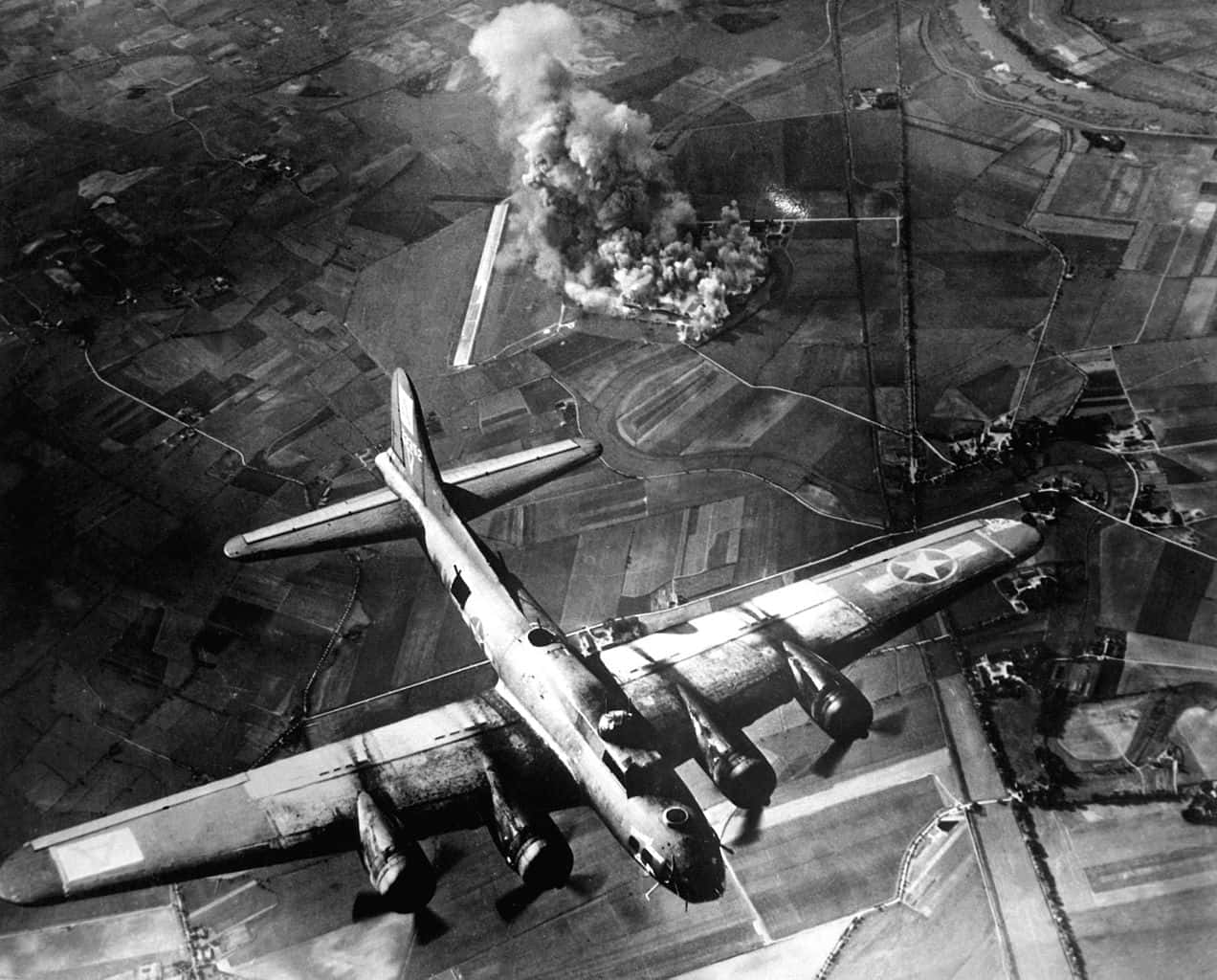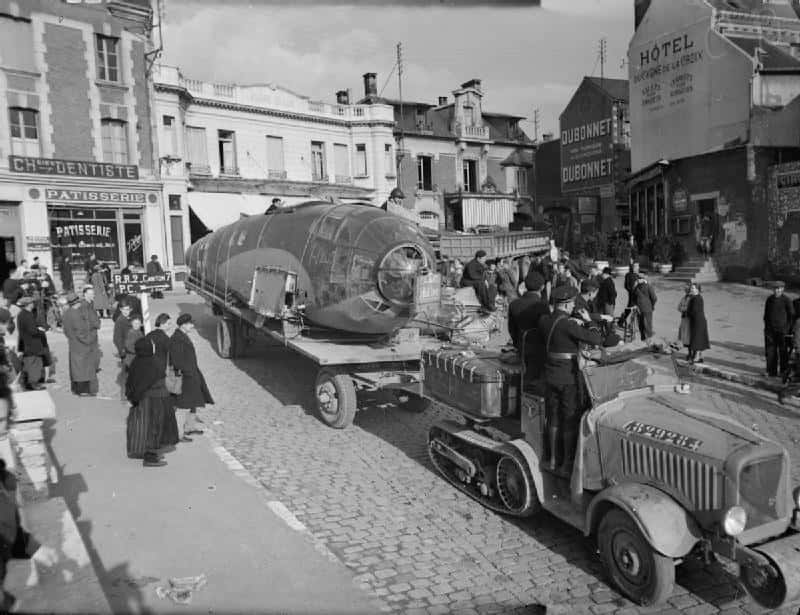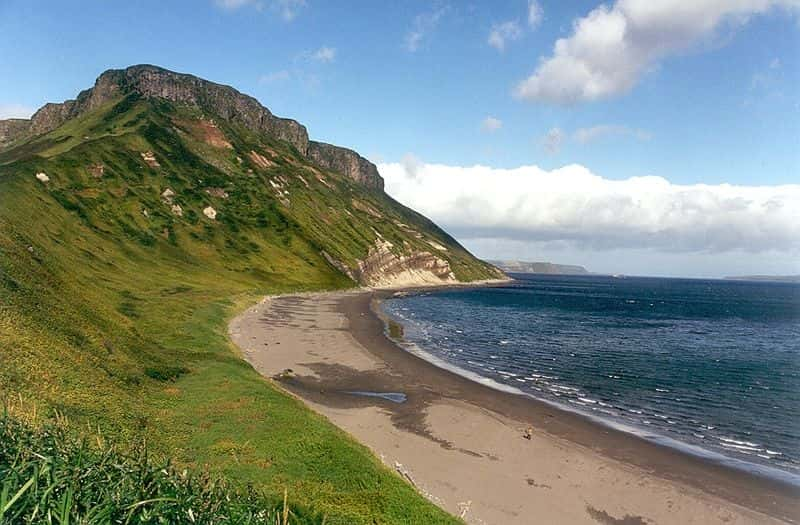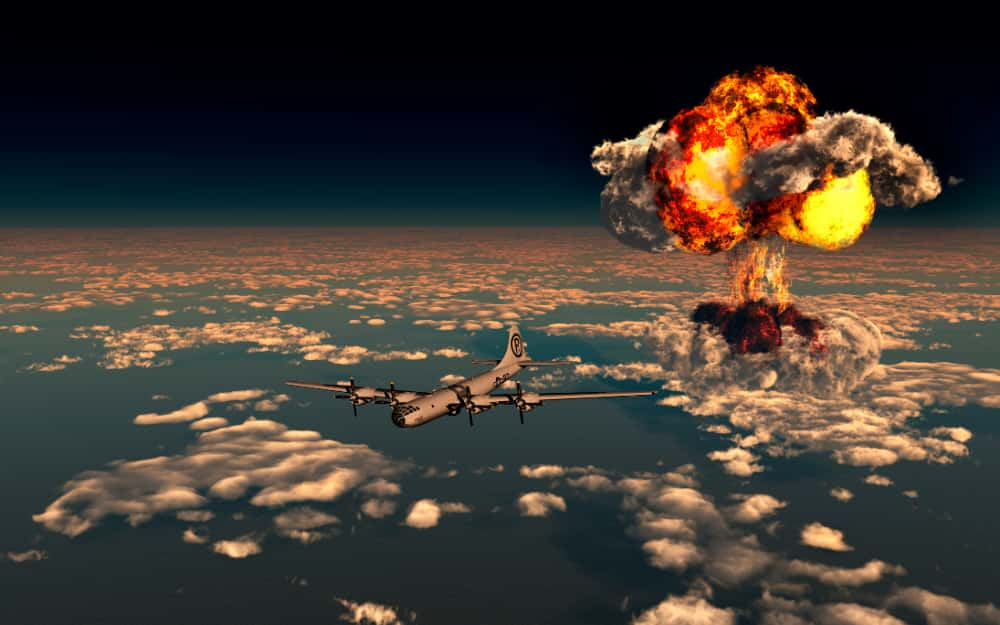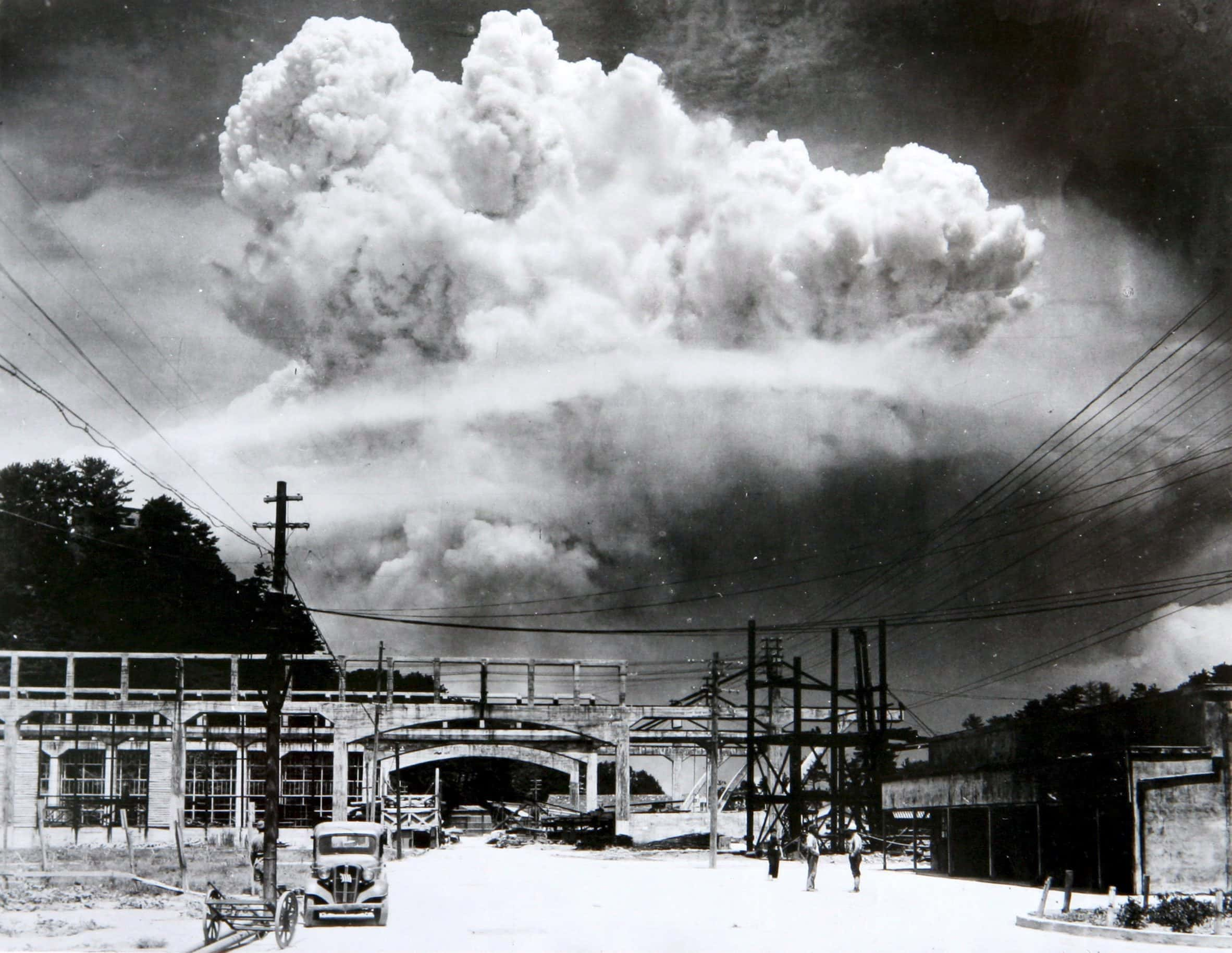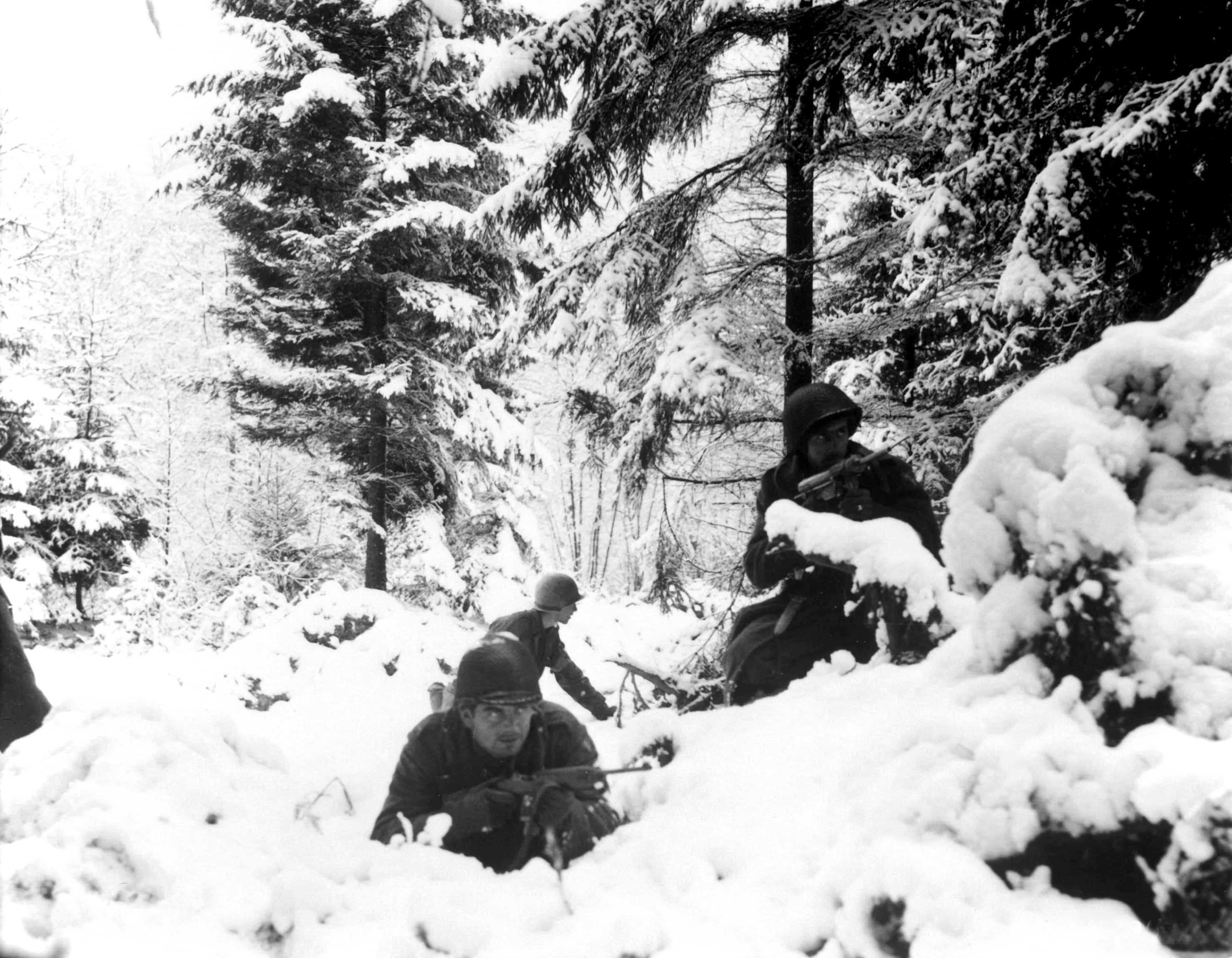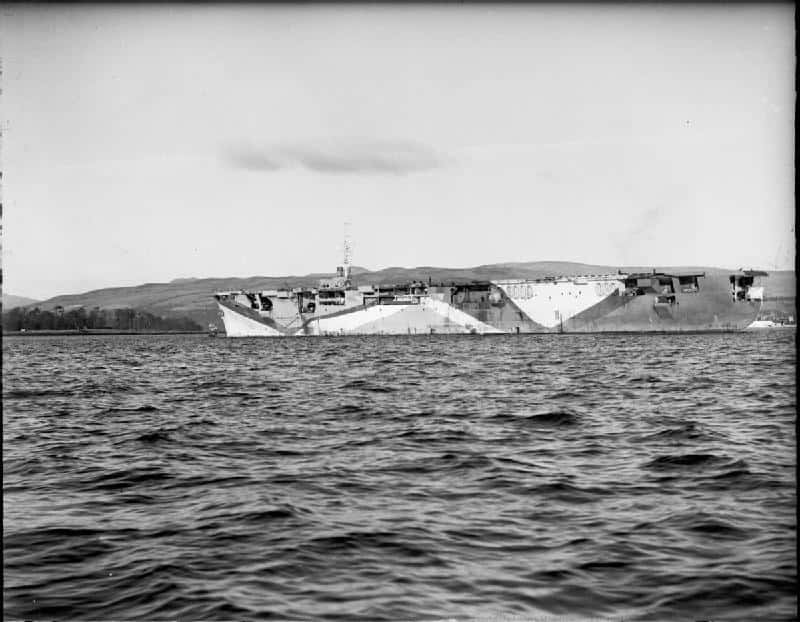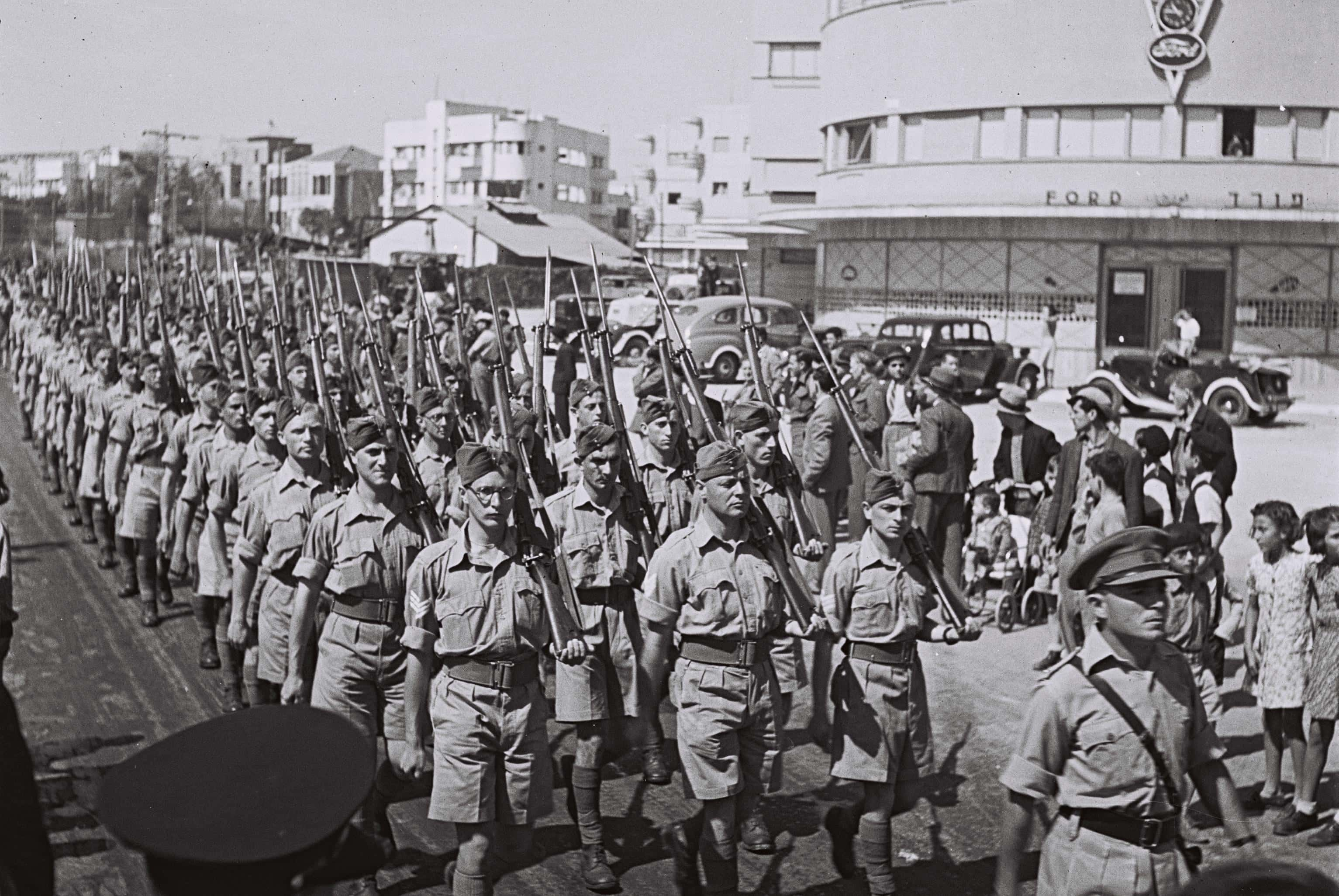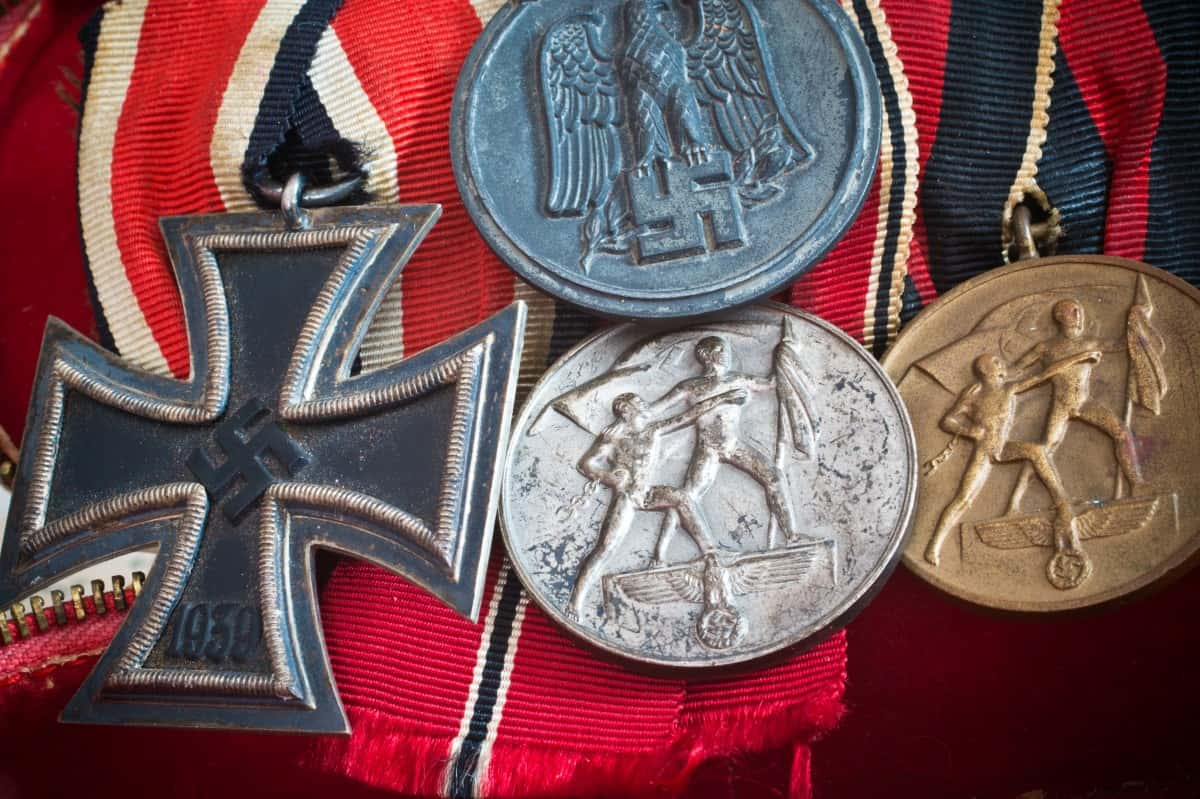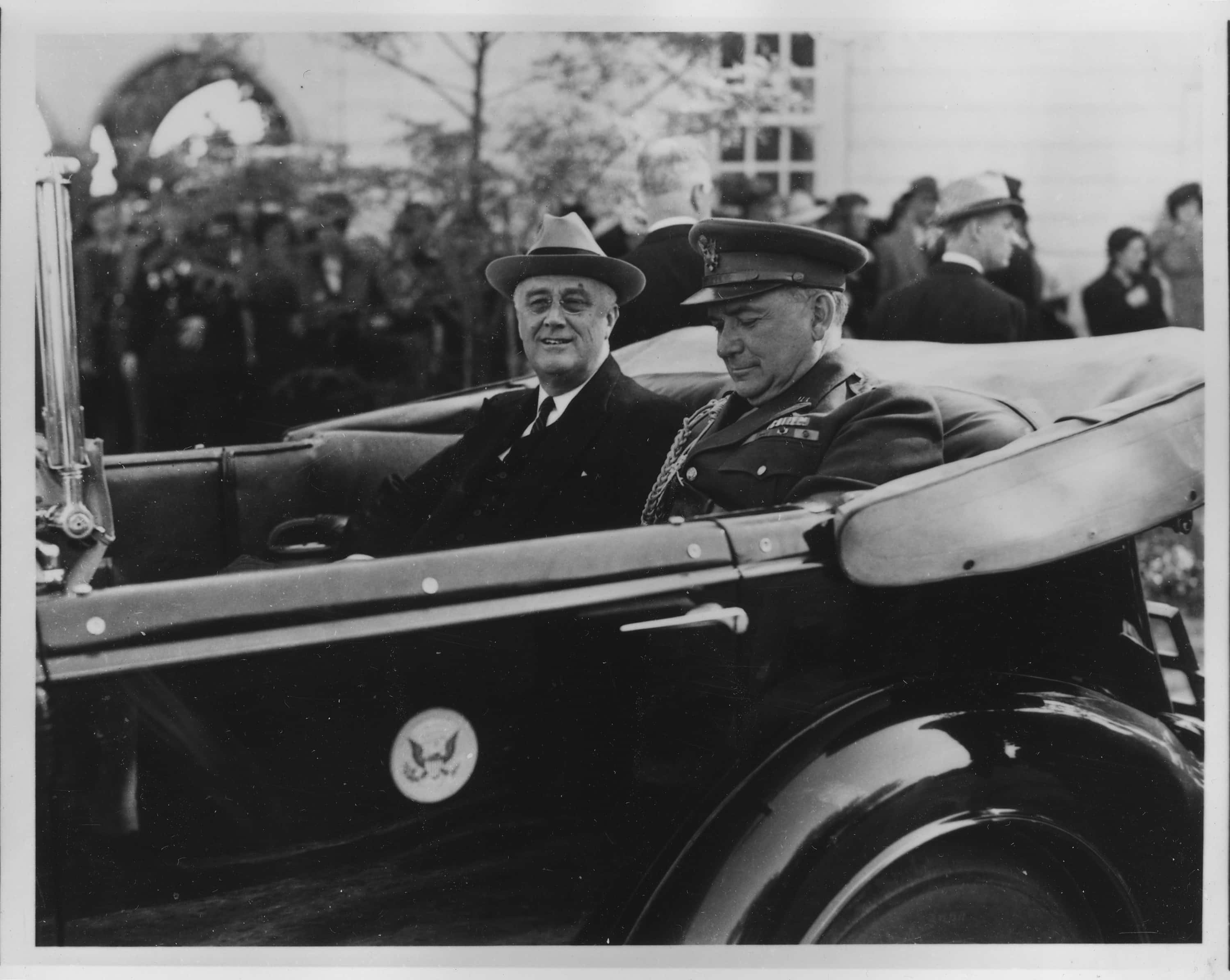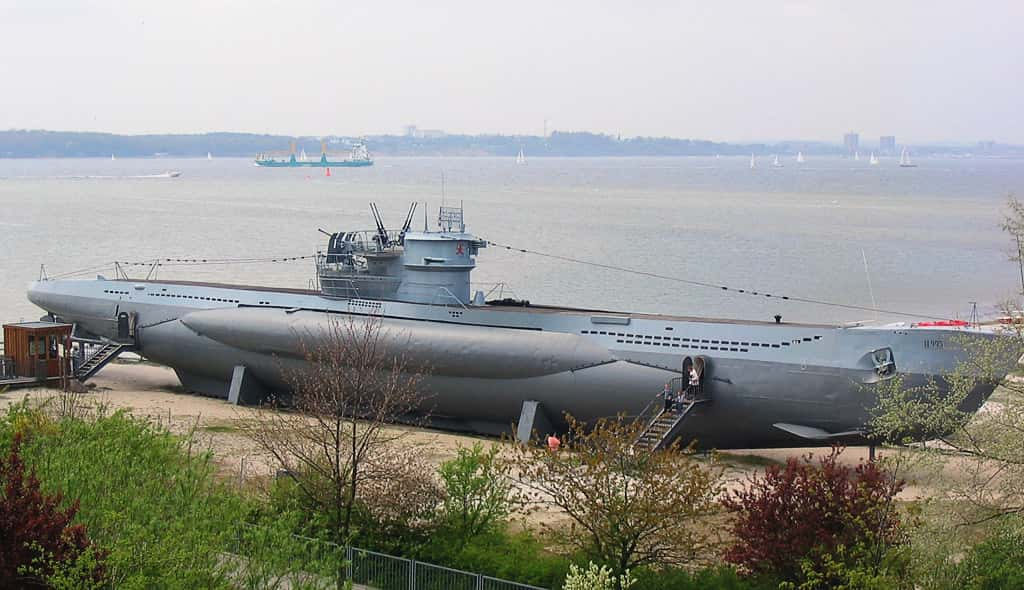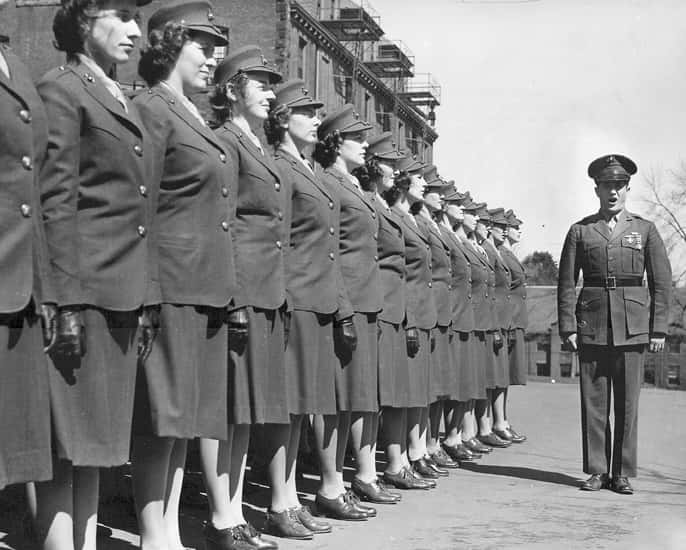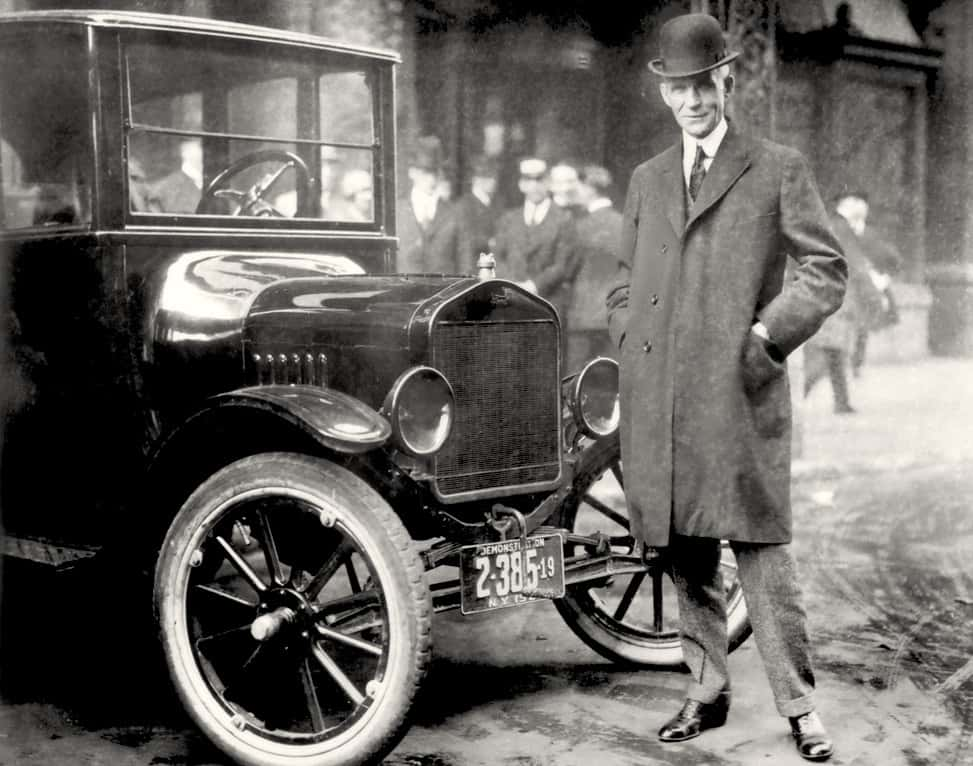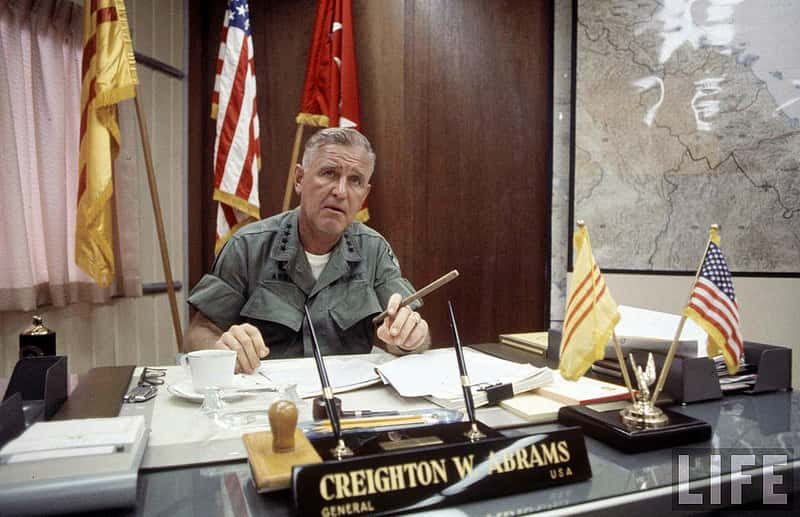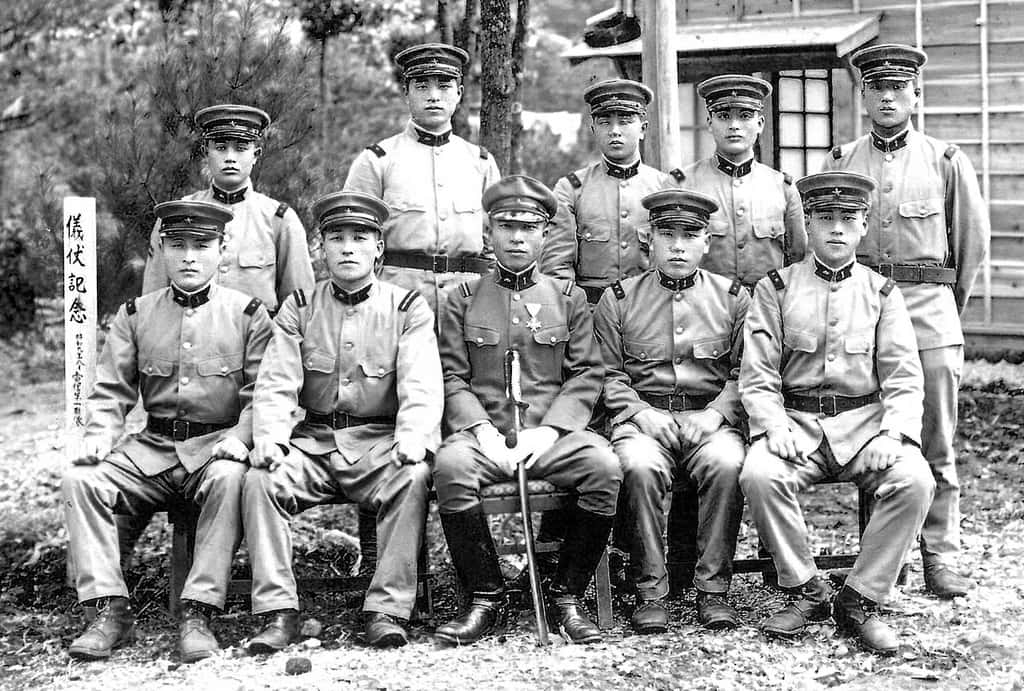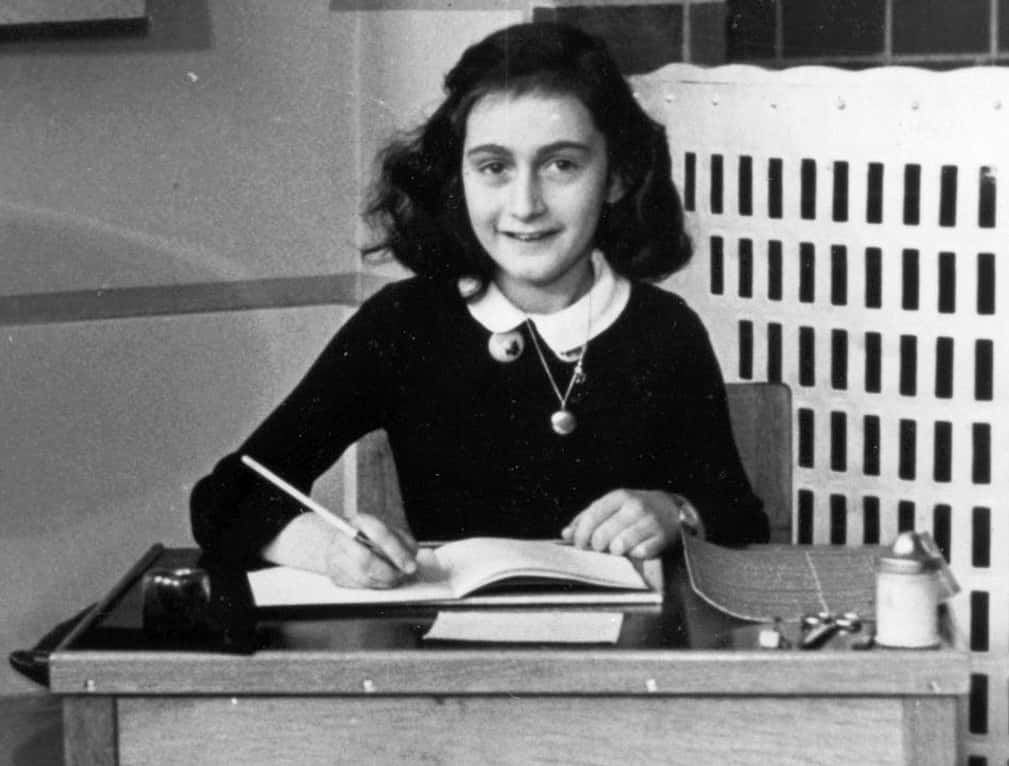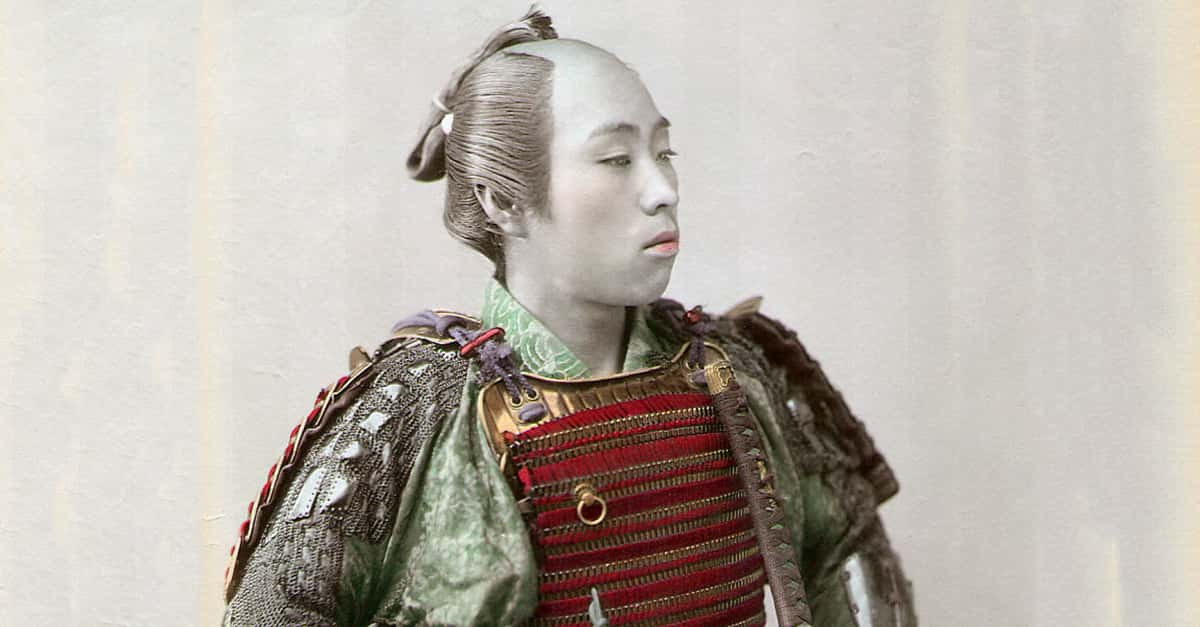When World War I ended, those that had survived called it The Great War. They couldn't imagine another conflict that would bring so much suffering, so much death, to the world. Certainly not for a few centuries...
But of course, we know the truth: World War 2 involved almost every major nation in the world, including every great power. It made the first "Great War" seem positively small-potatoes. In a state of “total war,” participants threw their entire economic, industrial, and scientific capabilities into the effort, erasing the lines between military and civilian. There were mass civilian casualties, highlighted by The Holocaust and the atomic bombings of Hiroshima and Nagasaki. And in the aftermath, WWII's place in history is clear: with an estimated death-toll of 50-85 million people, it by far the deadliest conflict of all-time.
It's a fascinating and terrible chapter in the human story. And with so much to learn, there's almost no-one who knows everything there is to know about this cataclysmic conflict. So, without further ado, here's a few dozen facts you might not know about World War 2.
78. To the Victors Go the Spoils
After being defeated in World War 1, the Germans were forced to sign the 1919 Treaty of Versailles. It's a somewhat controversial agreement. The terms resulted in Germany losing all overseas territory, ceding land to its neighbors, and suffering restrictions on the size of their army.
Many historians say the resulting economic damage and humiliation was exactly what led to World War II. In their opinion, the severely weakened German morale, along with mass poverty, created a perfect storm for extremism: years later, a certain maniacal tyrant, would use those conditions to convince a rabid German people it was time to go to war again...
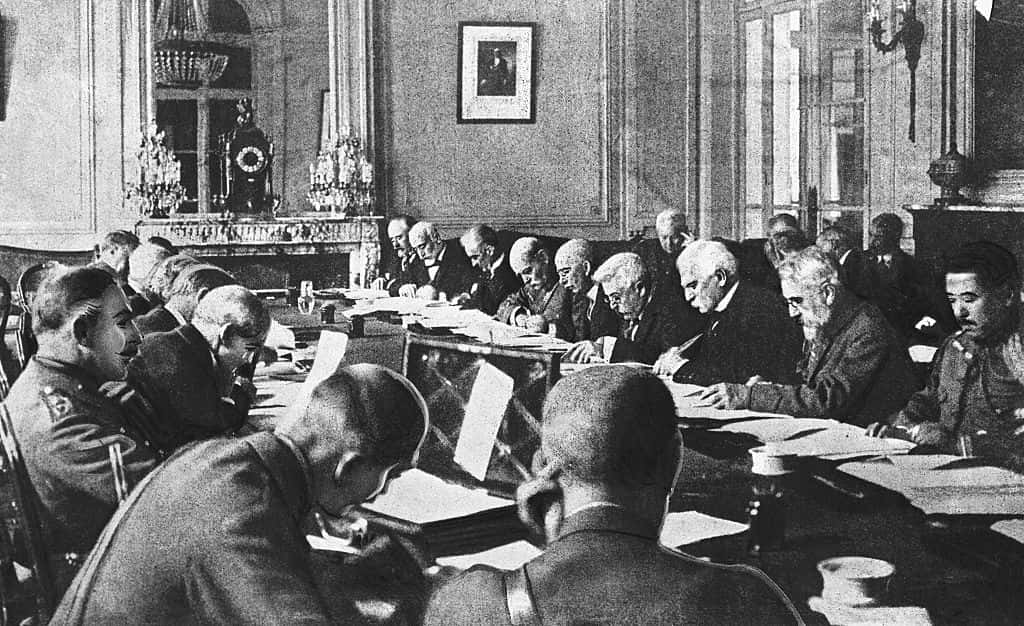 GettyImages
GettyImages
77. Fire and Blood
Five months before the atomic bombs hit Japan, more than 300 U.S. B-29 bombers launched one of the most devastating air raids in history.
By dawn on March 10, 1945, more than 100,000 people were dead. A million were left homeless, and 40 square kilometers of Tokyo was burned to the ground. More people were killed in the Tokyo firebombing than in the atomic bombings of Hiroshima and Nagasaki combined.
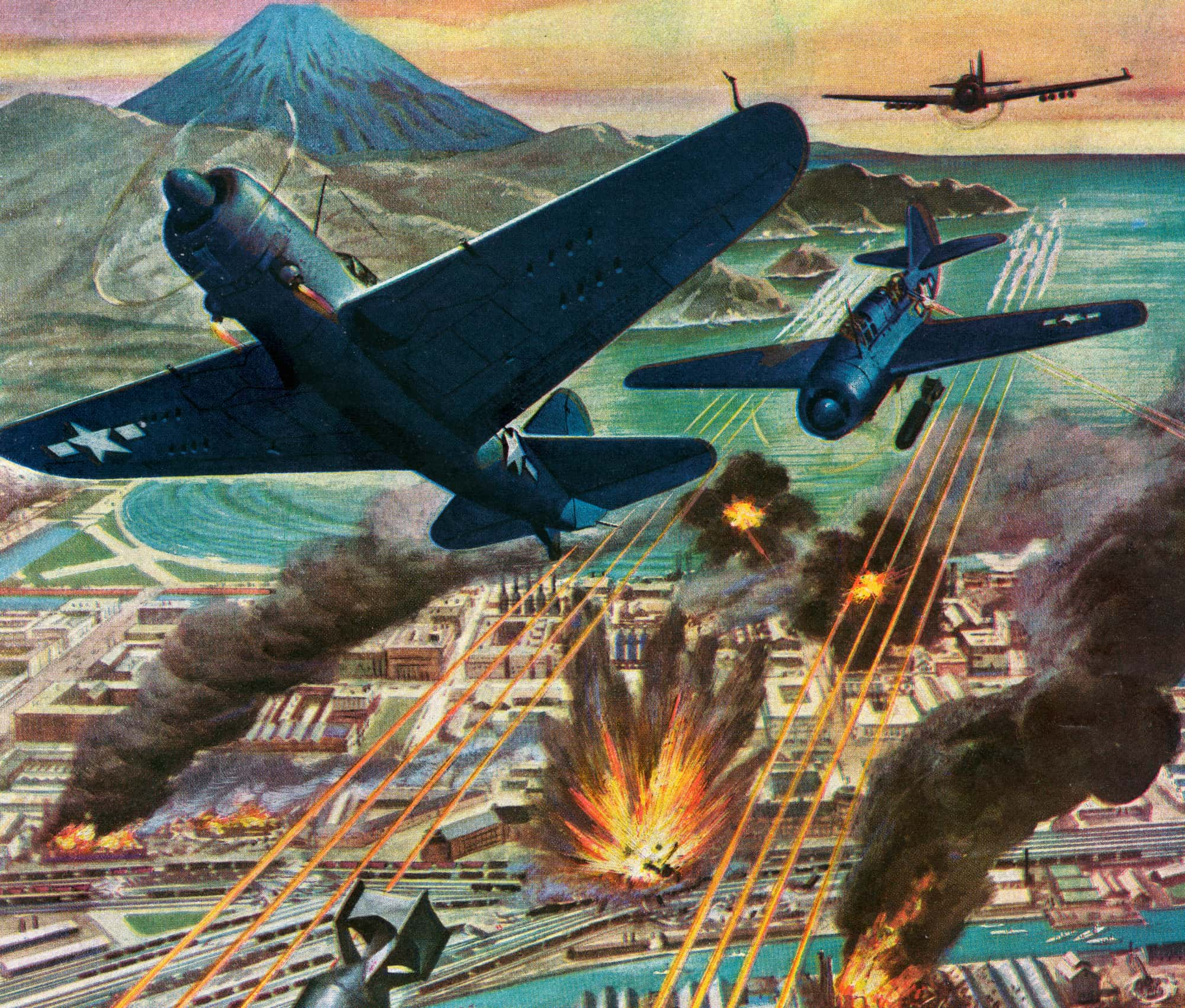 GettyImages
GettyImages
76. Astonishing
More Russians lost their lives during the Siege of Leningrad than American and British soldiers combined in the entirety of World War 2.
The 872-day German-led siege caused extreme famine in the Leningrad region, which resulted in the deaths of up to 1,500,000 people.
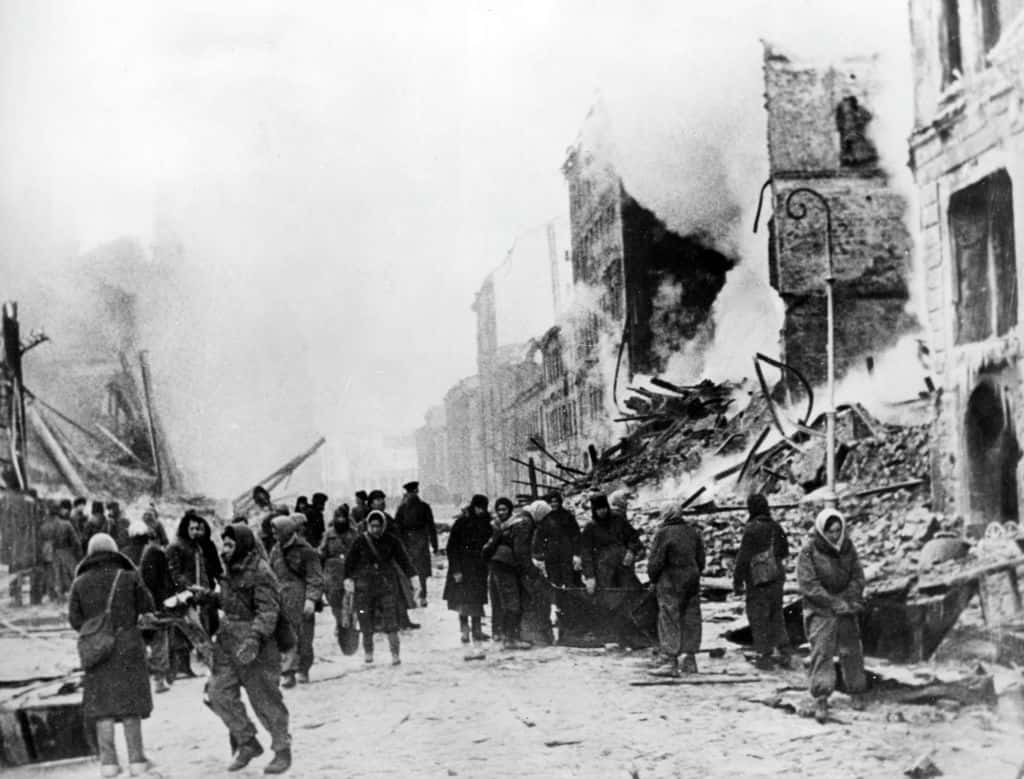 GettyImages
GettyImages
75. Kamikaze Woes
Most kamikaze pilots died in vain. Despite their terrifying reputation, only 1 in 9 kamikaze pilots hit their targets during WW2.
That doesn't mean they weren't effective, though. While 3,800 kamikaze pilots died in service of Japan during the war, there were 7000 Allied personnel who died in kamikaze attacks.
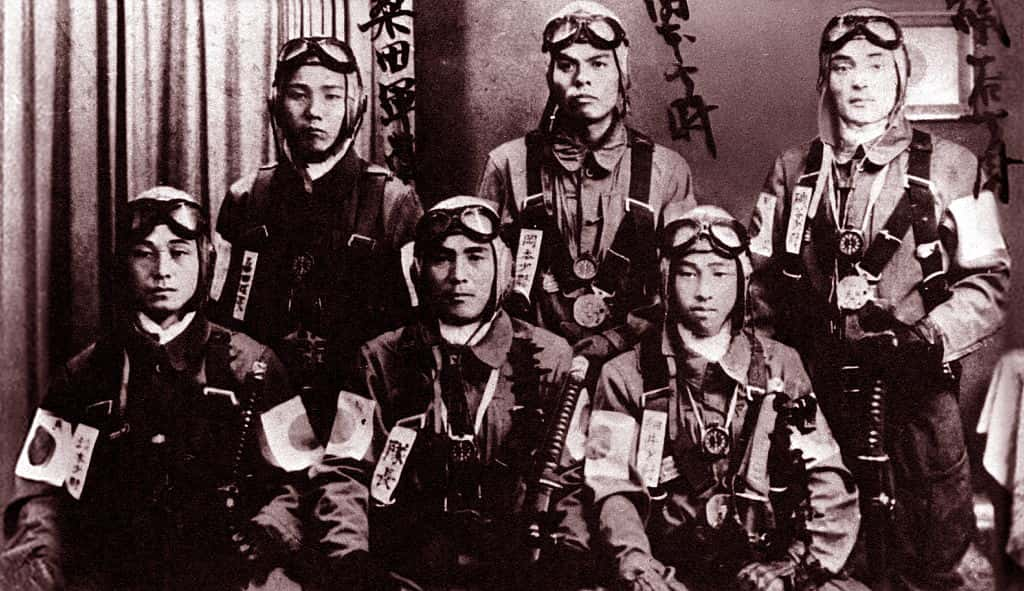 GettyImages
GettyImages
74. Beast of the East
The Western Front, which stretched through much of Europe, gets a lot of the attention when we discuss the war. But it wasn't where all the action happened— far from it.
For every five German soldiers who died in the war, four died on the Eastern Front.
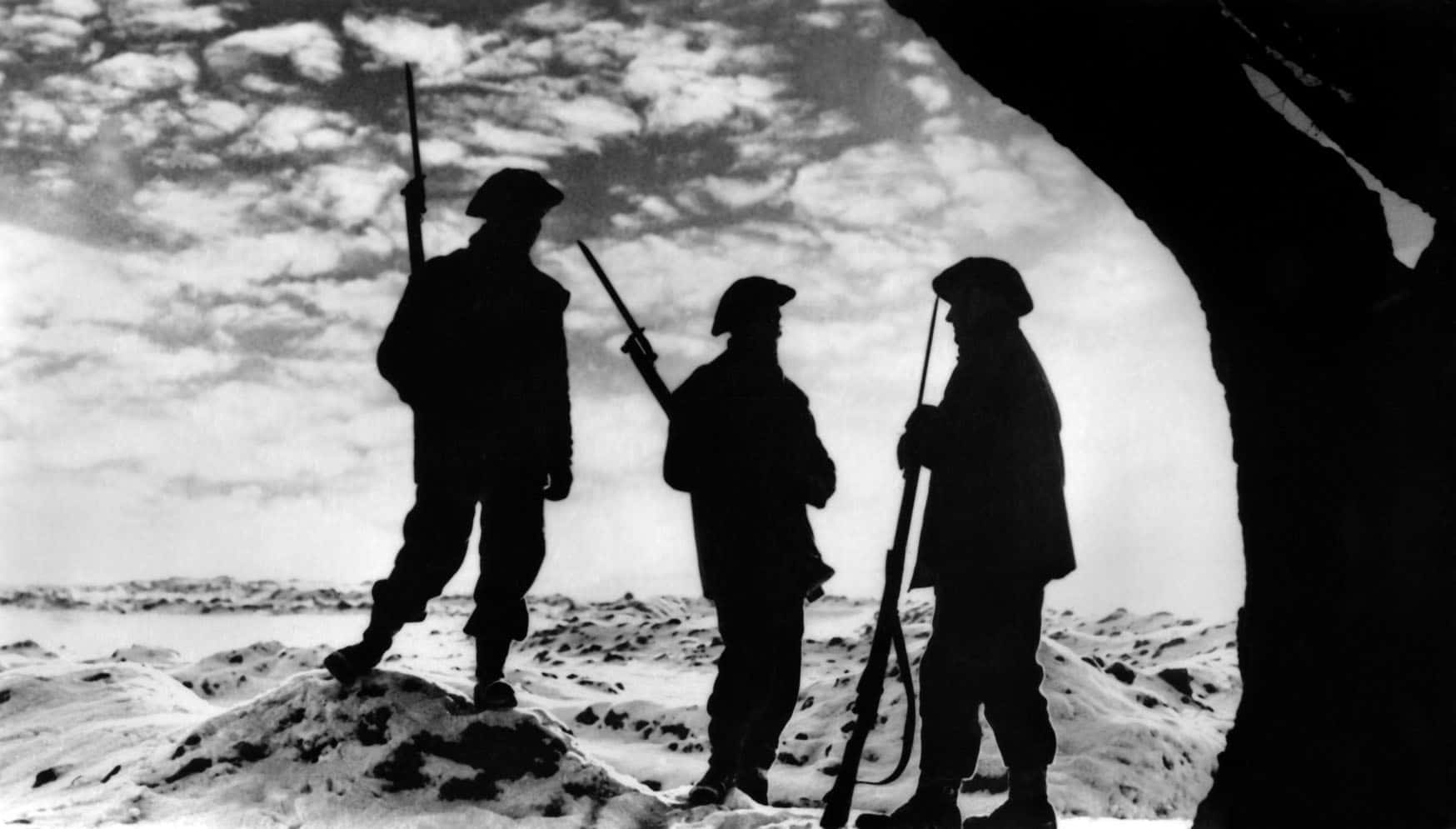 GettyImages
GettyImages
73. A Bad Year
In case you ever need a reminder of just how cataclysmic the Second World War really was, just look to Russia.
Eighty percent of all the Russian males born in 1923 died over the course of the war. The reality of that is absolutely staggering. An entire year's worth of children (and make no mistake, they were essentially children) was wiped out.
Russia also suffered the most losses of the war overall. In the end, 16,825,000 Russians lost their lives.
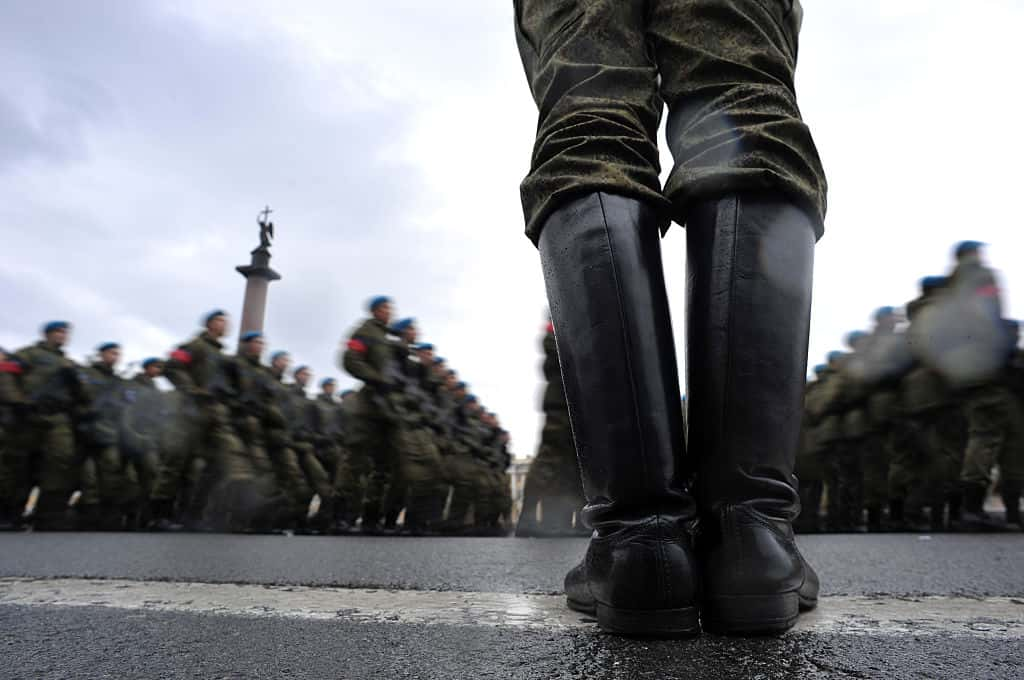 GettyImages
GettyImages
72. Business is Booming
Between 1939 and 1945, Allied forces dropped 3.4 million tons of bombs, which is an average of 27,700 tons per month.
It was part of an Allied philosophy known as strategic bombing. Essentially, Allied commanders felt they'd be able to win crucial victories if they were willing to bomb industrial and political targets in enemy territory, rather than strictly military bases and personnel. It's a decision that remains somewhat controversial to this day. On the one hand, anything to defeat a corrupt and evil dictator, right? On the other, though... the strategy did result in more civilian deaths.
It's complicated.
71. Fake War
Ever heard of The Phoney War?
That's the term historians use to refer to the period after the British (and other allies) joined the fight... but before any truly dramatic fighting began.
It was 7-8 months of incredible tension, while both sides began to quietly amass troops. There were a few actions, though. One of them? The British Air Force dropped thousands of propaganda pamphlets over German cities, in the hope of dissuading people from the growing extremism. This campaign is sometimes jokingly referred to as "Mein Pamph".
70. Not Your Average Mechanic
In the final years of the war, a young girl joined the Auxillary Territorial Service of the British Armed Forces. Nothing especially interesting about that, right? Except this particular girl wasn't spending her nights in the unit barracks... she was sleeping in Buckingham Palace.
That's right: Queen Elizabeth II (then Princess Elizabeth) served as a mechanic and driver in World War 2. In doing so she became the first female member of the British Royal family to serve in the armed forces.
Long live the Queen!
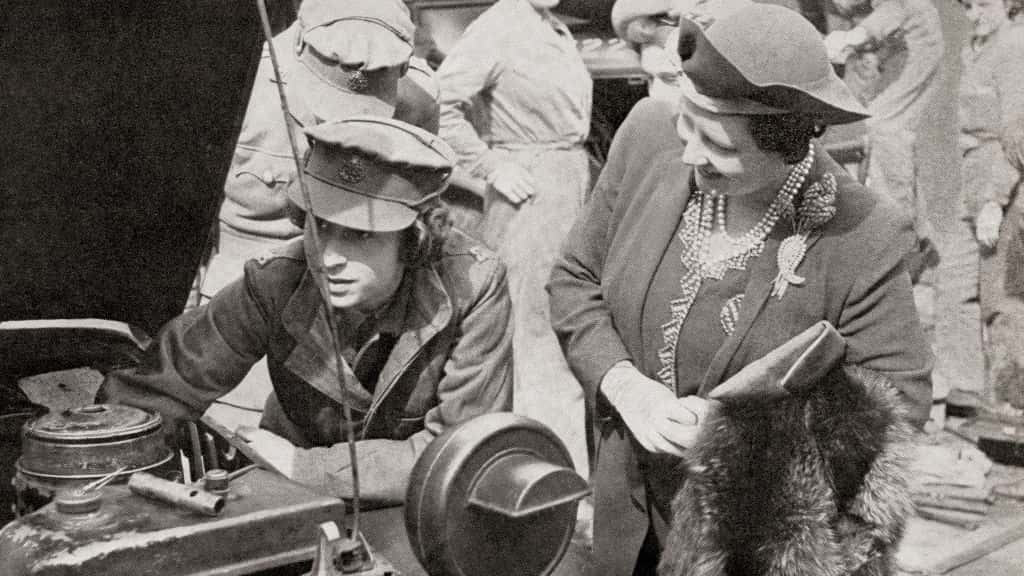 GettyImages
GettyImages
69. World War 2 Goes On… Technically.
Japan and Russia still haven't signed a peace treaty to end the Second World War.
Here's roughly what's going down: Near the end of the war, Russia annexed some of the Kuril Islands, in order to launch aerial operations in the Pacific. A few other allies did so as well. Then, after the war was over, Japan was forced to sign a treaty which gave up any claim to the islands. Problem solved, right?
Wrong. Japan now claims that some of the islands in question aren't actually part of the Kuril region at all. Therefore, says Japan, they aren't covered by the treaty. So who is right? Technically speaking, Japan is going back on a treaty... but it wasn't exactly signed in fair circumstances.
As always, politics is complicated.
Kuril Islands
68. Atomic Destruction
America dropped atomic bombs on Hiroshima and Nagasaki on August 6 and 9, 1945, respectively. The bombs killed 90,000–146,000 people in Hiroshima and 39,000–80,000 in Nagasaki.
67. Planes, Trains, and Death
The planes that dropped the nuclear bombs were the Enola Gay and Bock’s Car. The latter was named after Frederick Bock, the plane’s commander.
It's also a pretty fantastic pun.
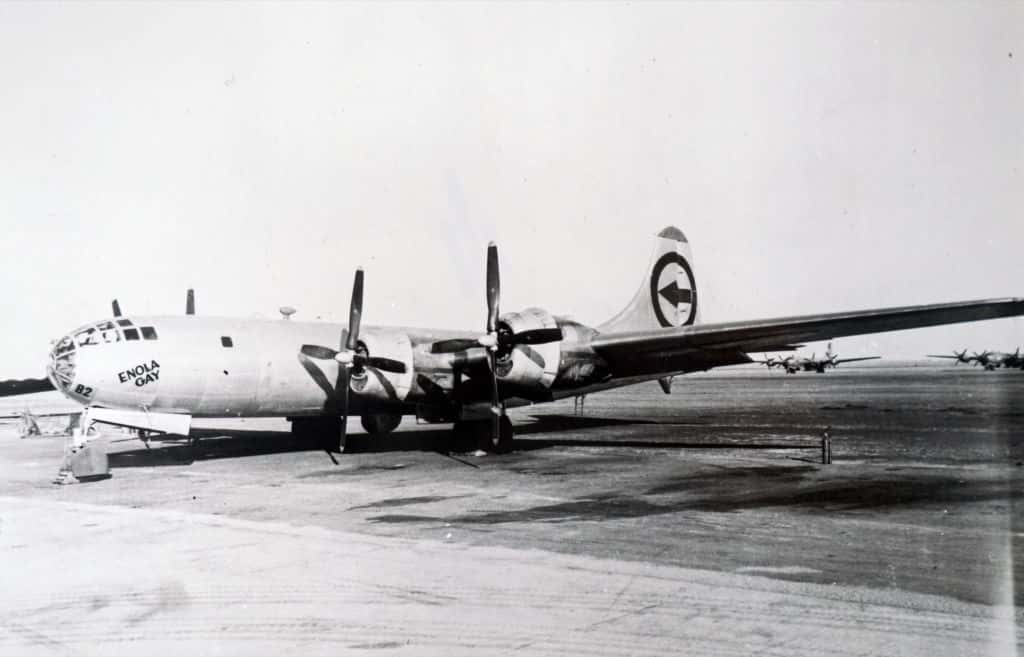 GettyImages
GettyImages
66. Fresh Out
If it was necessary to drop a third atomic bomb on Japan, the target would have been Tokyo. Luckily, the Japanese surrendered.
Oh, and there may have been another reason it didn't happen: The Americans actually didn’t have any more bombs to drop. Which is not exactly shocking. It took years for the Manhatten Project to produce the two bombs necessary for the original attack. it's not exactly like nuclear weapons were standard military equipment.
65. Survivor
Imagine the odds of being struck by lightning twice. Pretty rare. I'm sure if that happened to you, you'd think you must have been cursed by some sort of vindictive witch.
So imagine the confusion and suffering of Tsutomu Yamaguchi, a Japanese man who survived the bombing of Hiroshima... only to move to Nagasaki and experience that bombing as well.
The torment he must have experienced is beyond belief.
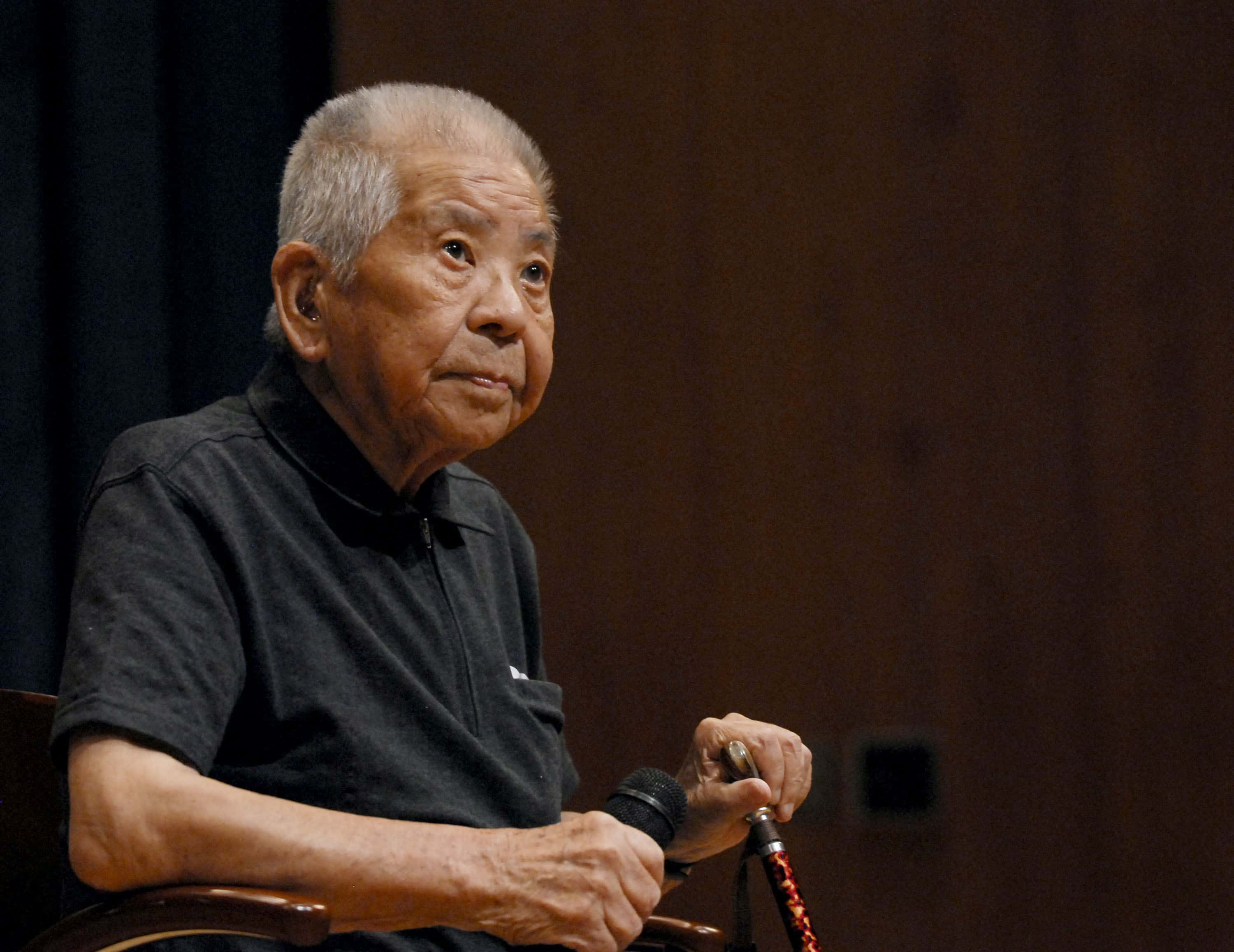 GettyImages
GettyImages
64. Survivors
WW2 Flight Sergeant Nicholas Alkemade was obviously a badass: I mean, he was a pilot during a World War, for Pete's sake. In terms of risk to your personal safety, that's like taking a bath with 7 plugged-in toasters in the tub.
But Alkemade wasn't just your typical awesome pilot: he also survived a fall from 18,000 feet (5,500 m) without a parachute. His injuries? He suffered only a sprained leg.
We all thought that Wolverine was a fictional character... but we must have been wrong. Turns who he was a Flight Sergeant in World War 2.
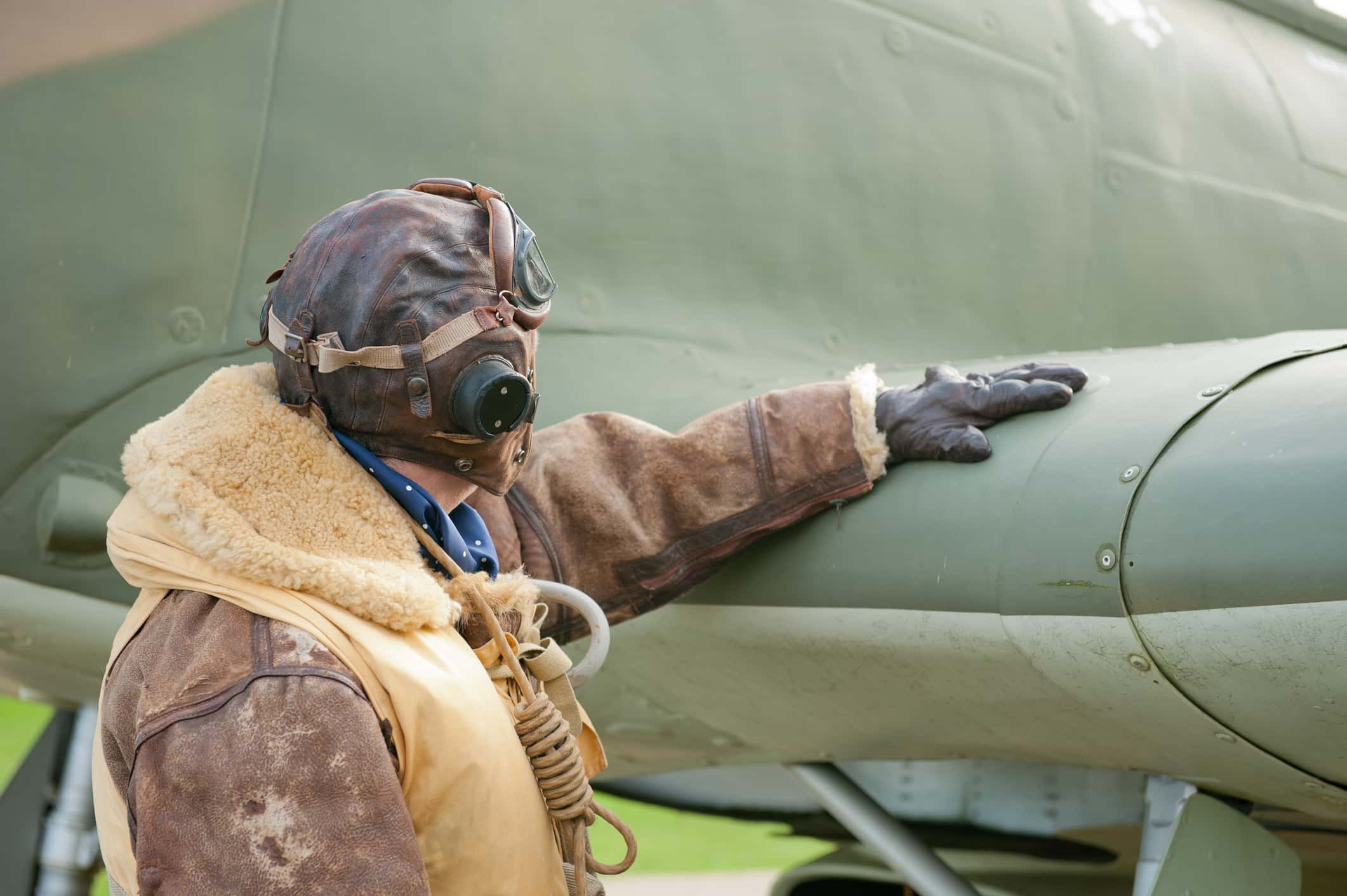 GettyImages
GettyImages
63. Battle of the Bulge
The Battle of the Bulge, the last major German offensive campaign of World War 2, was one of the deadliest conflicts for American soldiers during the war. It cost the lives of an estimated 19,000 Americans.
62. Nasos Much
Well before the Second World War broke out, the original abbreviation of the National Socialist Party was Nasos.
The word “Nazi” comes from a Bavarian word, meaning “simple-minded”. It was originally meant as a derogatory term, but the label stuck... and today it's an even more derogatory term than ever. And in a way, it still means simple-minded.
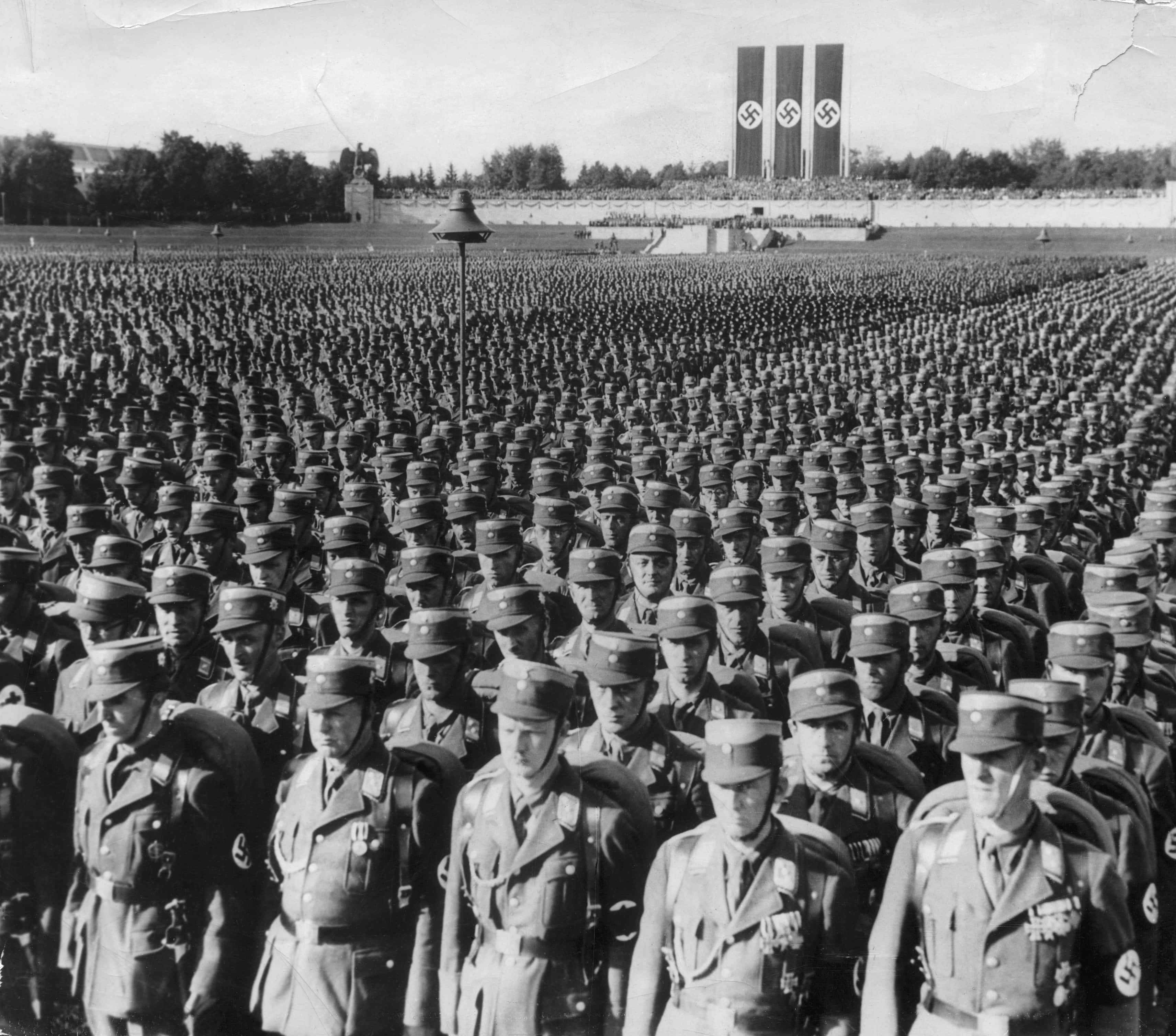 GettyImages
GettyImages
61. Water Guns
The longest battle of the Second World War was the Battle of the Atlantic, which lasted from 1939 to 1945.
The Battle of the Atlantic pitted U-boats and warships of the Kriegsmarine (German navy) and aircraft of the Luftwaffe (German Air Force) against the Royal Canadian Navy, Royal Navy, the United States Navy, and Allied merchant shipping.
60. Inglorious
Approximately 600,000 Jews served in the United States armed forces during WWII. More than 35,000 of those Jews were killed, wounded, captured, or otherwise went missing. Approximately 8,000 died in combat.
Meanwhile, only two Jewish soldiers were awarded the Medal of Honor for the service during the Second World War.
59. Unforgivable
The war-time German government was directly responsible for the murder of over 12 million people... with 6 million of those being Jews who were killed during the Holocaust.
The cruelty and callousness are difficult to stomach. And one can only wonder at how such inhuman practices came to be embraced by the staggering number of people who would have had to actively participate in that genocide. Still, it's worth learning about, thinking about, and investigating.
We can never forget.
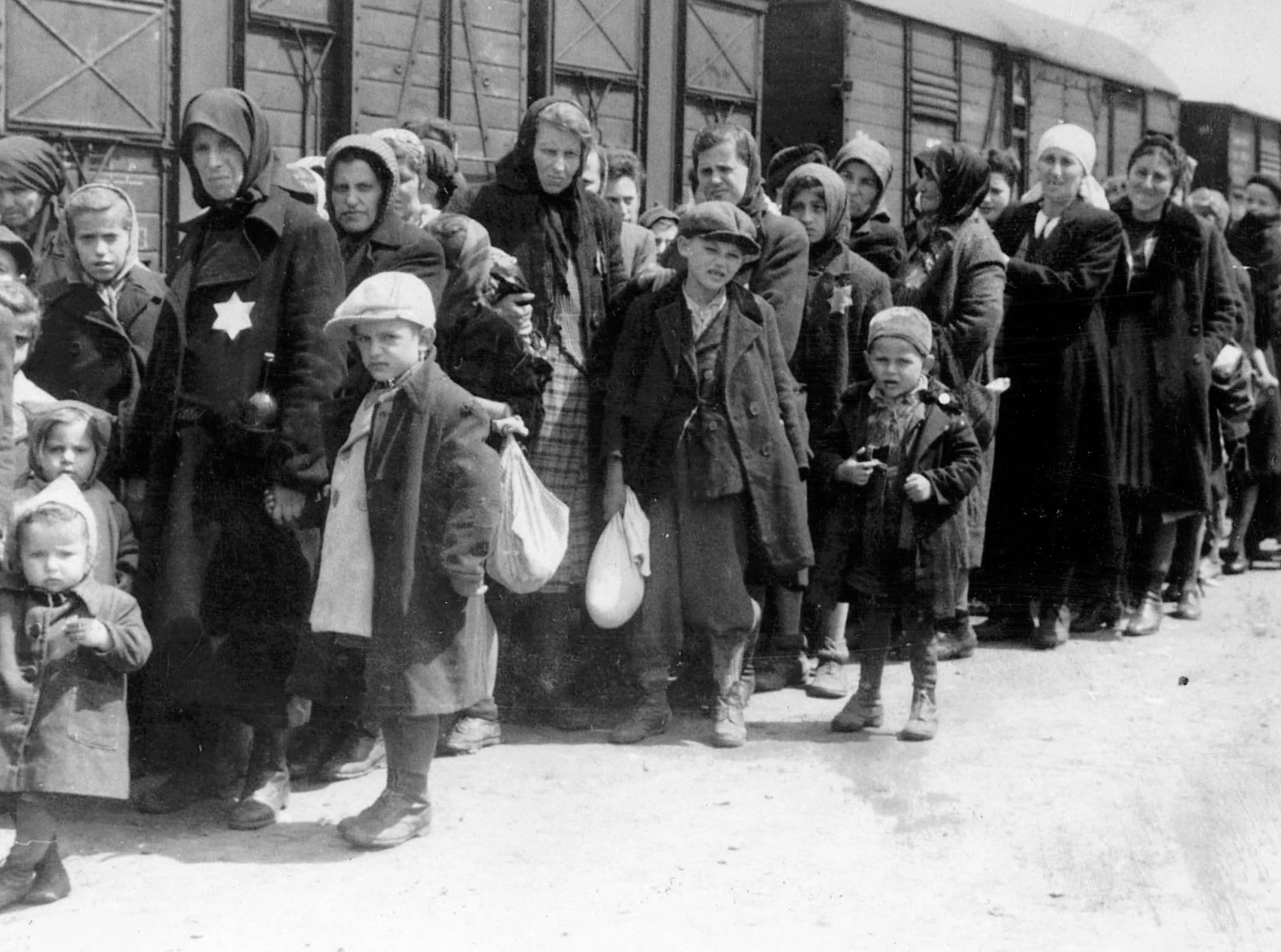 GettyImages
GettyImages
58. Significant Meaning
No doubt you've heard the word hundreds of times, but you might not know what it means: “Holocaust” means “whole burnt.” It's a term that was used to describe the whole-scale murder of a group of people for centuries... although today, of course, it is most often associated with the plight of the Jewish people during World War 2.
There's some debate though: because the term was originally used by Jewish people (before the war) to describe a sacrifice to God, some people feel it's inappropriate as a description of such a brutal genocide. As a result, many people -particularly in Israel- prefer the term Shoah.
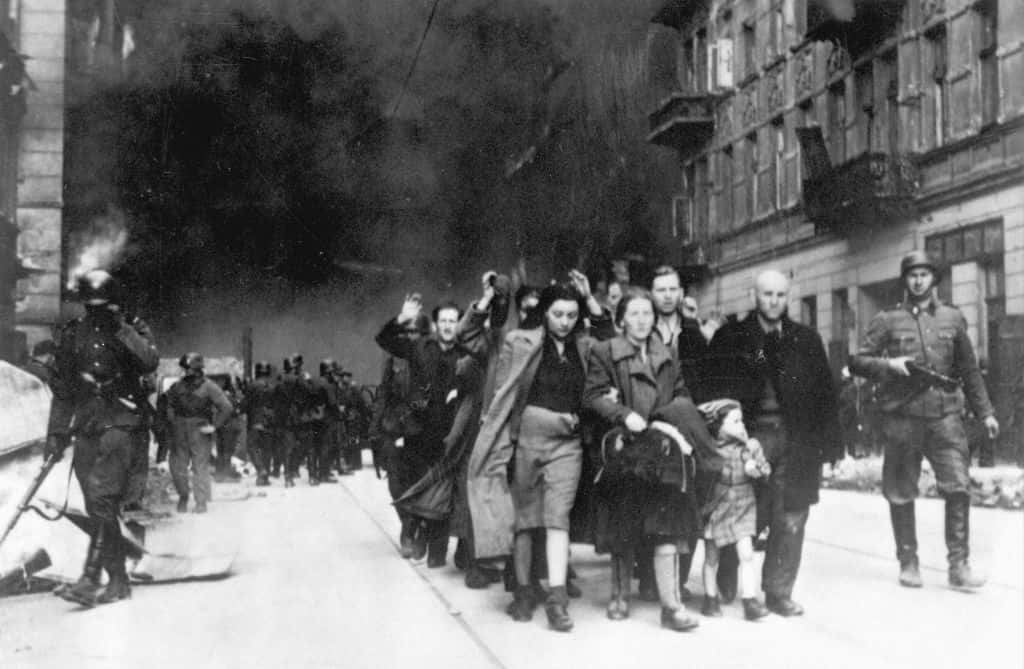 GettyImages
GettyImages
57. The Tides of War
In WW2, the U.S. and New Zealand secretly tested 3,700 "tsunami bombs", designed to destroy coastal cities.
56. Protecting Human Life
The calamity of the Holocaust shows just how dark human nature to be. Thankfully, in the face of such appalling hatred, there are also a host of stories that show just how loving human beings can be.
One such story is that of Si Kaddour Benghabrit, who was rector of the Grand Mosque of Paris during WW2. While persecution of the Jewish people continued to escalate around him, Benghabrit helped people to escape the Nazi by providing safe passage, shelter, and falsified Muslim birth certificates.
What a hero.
 GettyImages
GettyImages
55. Japan’s Refugees
During WW2, Japan was viewed as a refuge and safe-haven from the Holocaust. In 1938, Japanese leadership made the decision not to expel Jewish people from the country, and for the rest of the war Jewish refugees were welcomed through their borders. They rejected the resulting Nazi German protests.
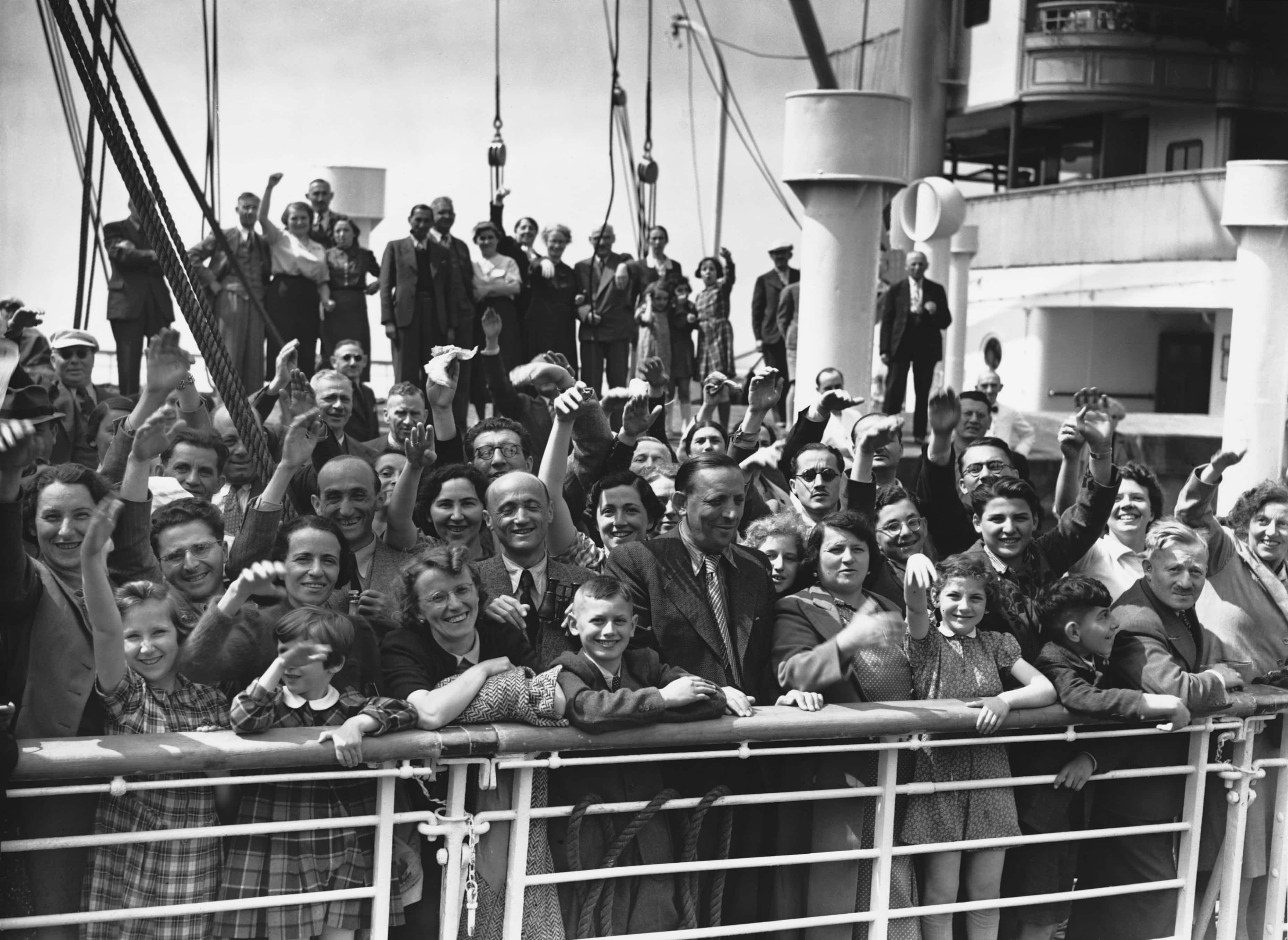 GettyImages
GettyImages
54. The Spy that Got Medals
Spaniard double agent Joan Pujol Garcia had the rare distinction of receiving an Iron Cross from the Germans and an MBE from the British during WW2.
53. Poor Problem-Solving
The architect of “The Final Solution” was Heinrich Himmler. He made the decision to follow-through with the horrific plan at the 1942 Wannsee Conference in Berlin.
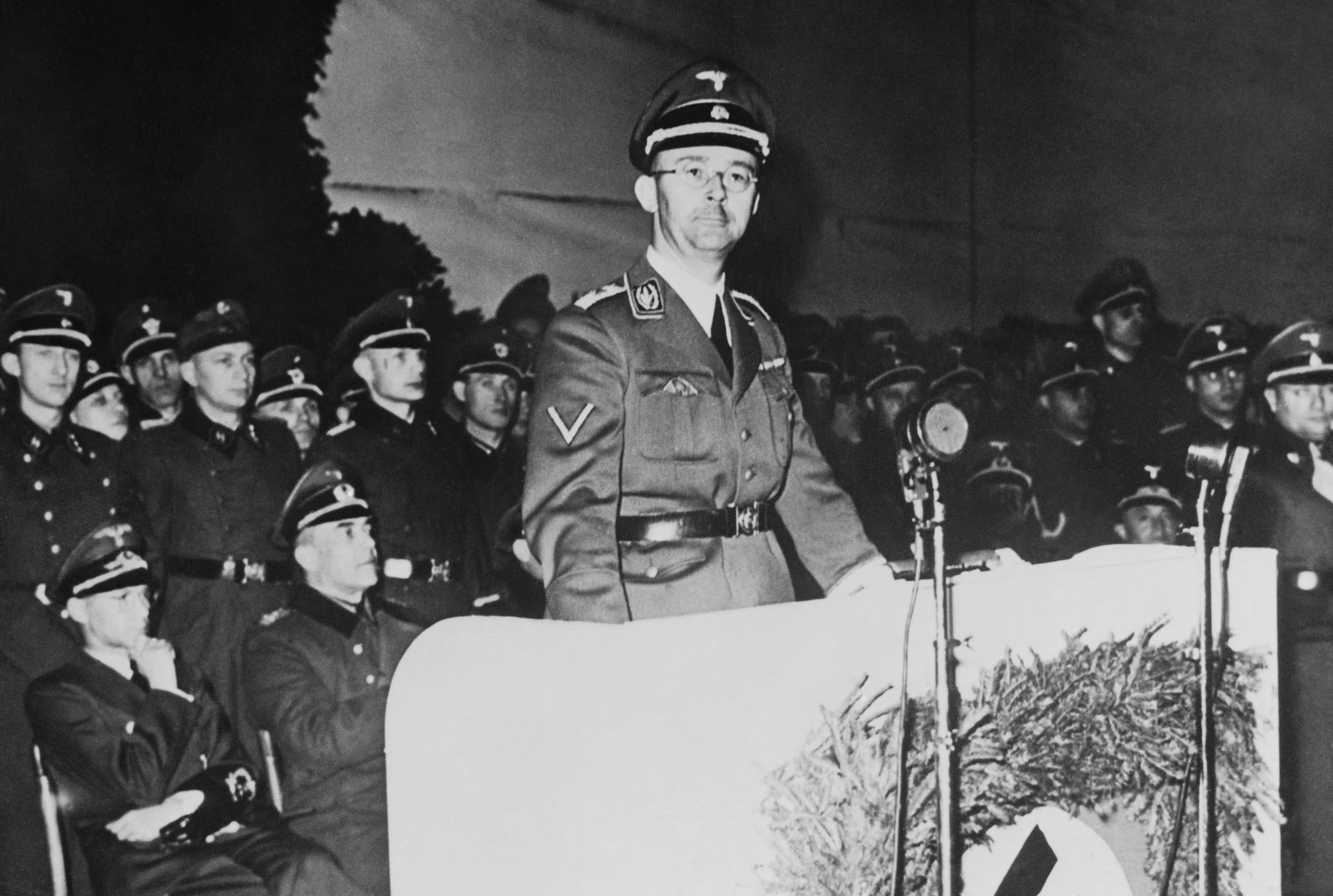 GettyImages
GettyImages
52. The Alternate Solution
Before deciding to kill all the Jews, one of the proposed “solutions” was to send all German-born Jews to Madagascar. However, studies conducted by National Socialist leadership showed that Madgascar simply would not have been big enough and, furthermore, access was blocked by a British naval blockade.
51. Worst Memo Ever
The earliest use of the phrase “Final solution to the Jewish problem” was actually used in an 1899 memo to Russian Tzar Nicholas about Zionism.
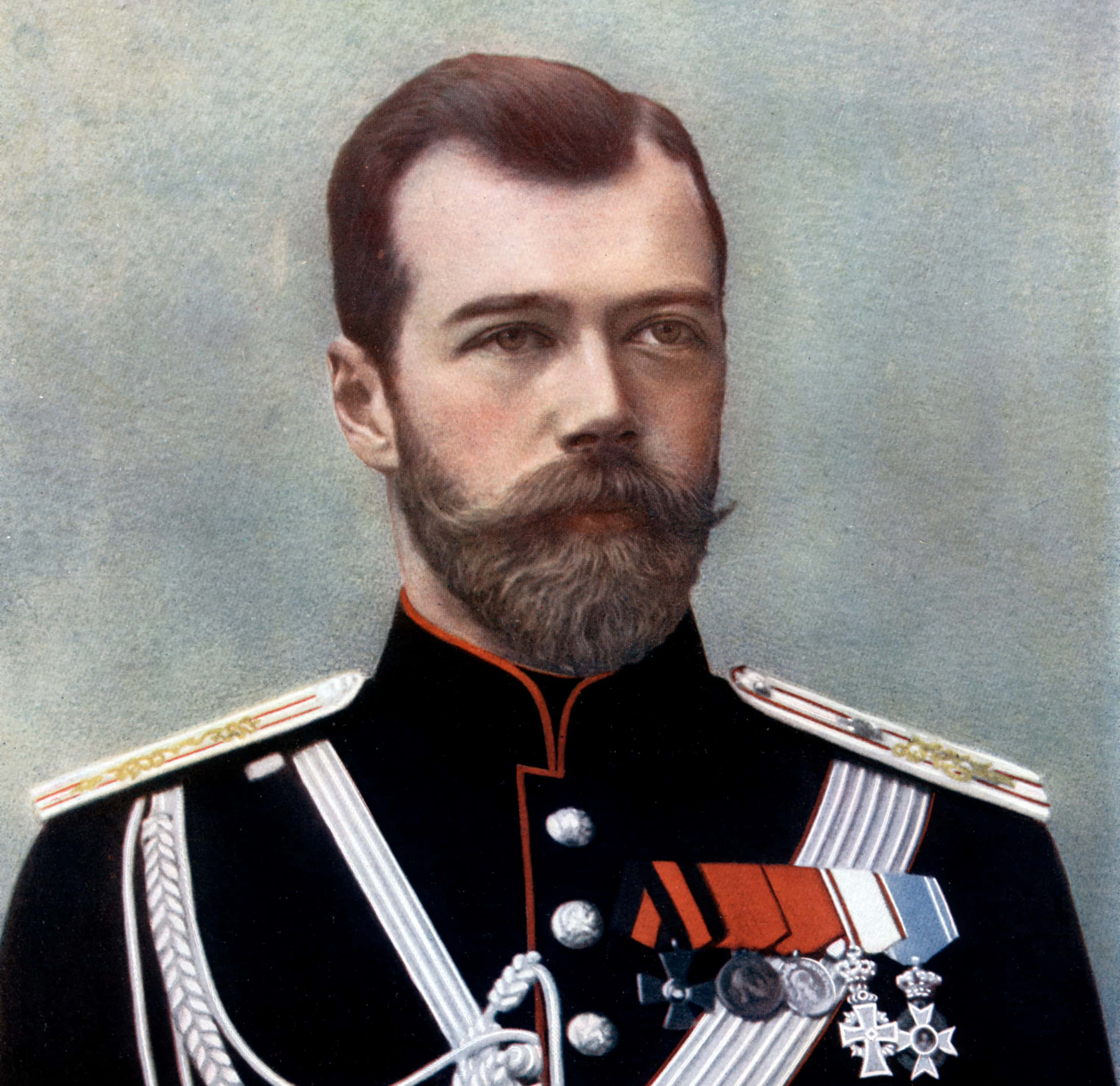 GettyImages
GettyImages
50. Smoke Signals
From 1942 onwards, the US Marines in the Pacific used the Navajo language as their secret code. Over 400 Navajo Indians (Code Talkers) were trained to use the code, and the Japanese never figured it out.
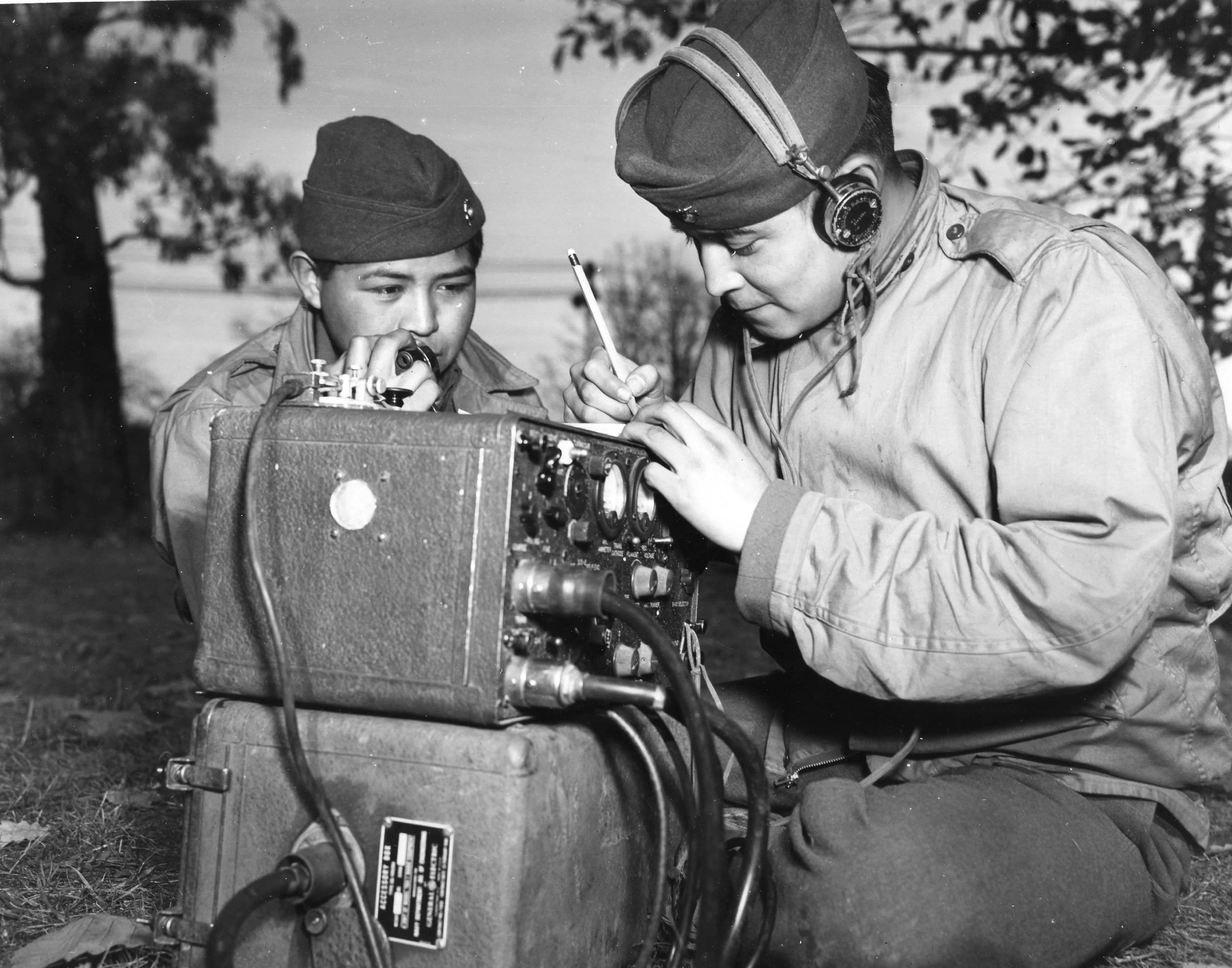 GettyImages
GettyImages
49. Disease Control
After the Bergen-Belsen camp was liberated, Allied forces burned the entire facility down to prevent the spread of typhus.
48. Typhus Heroism
Speaking of typhus (which is a phrase you never want to say)...
During WW2, two Polish doctors saved 8,000 Jews from the Holocaust by faking a typhus epidemic. German armed forces, afraid of spreading the disease, chose not to enter their town.
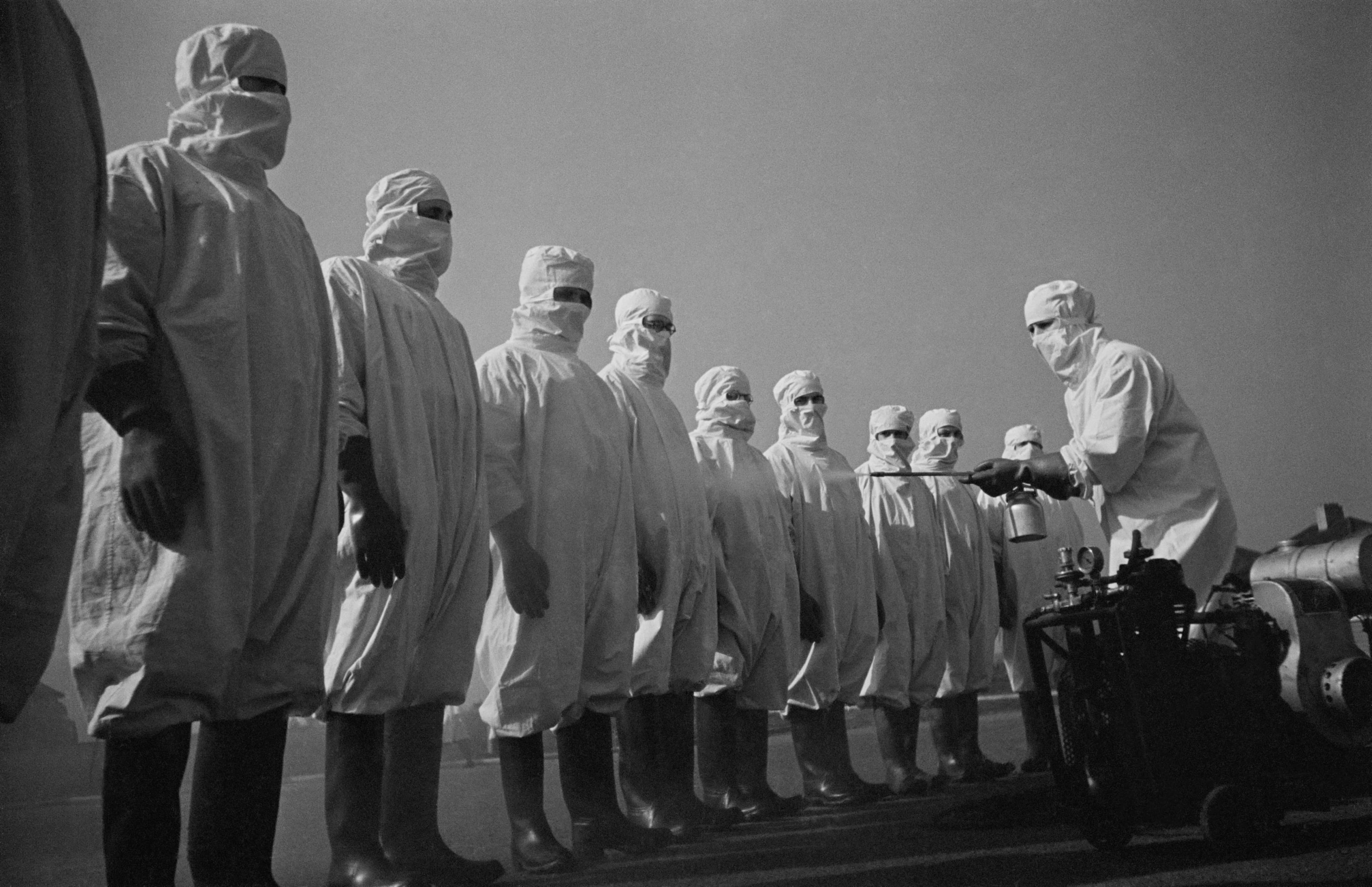 GettyImages
GettyImages
47. So Gangsta
Following the attack at Pearl Harbor, President Roosevelt requested a bulletproof car. However, due to a spending limit of $750, the only car within their budget was Al Capone’s limo, which had been seized by the Treasury Department following Capone’s arrest for tax evasion.
46. Dying Free
Even after the Allied forces liberated the concentration camp prisoners, many were beyond help.
For example, 13,000 prisoners in Bergen-Belsen died after being saved.
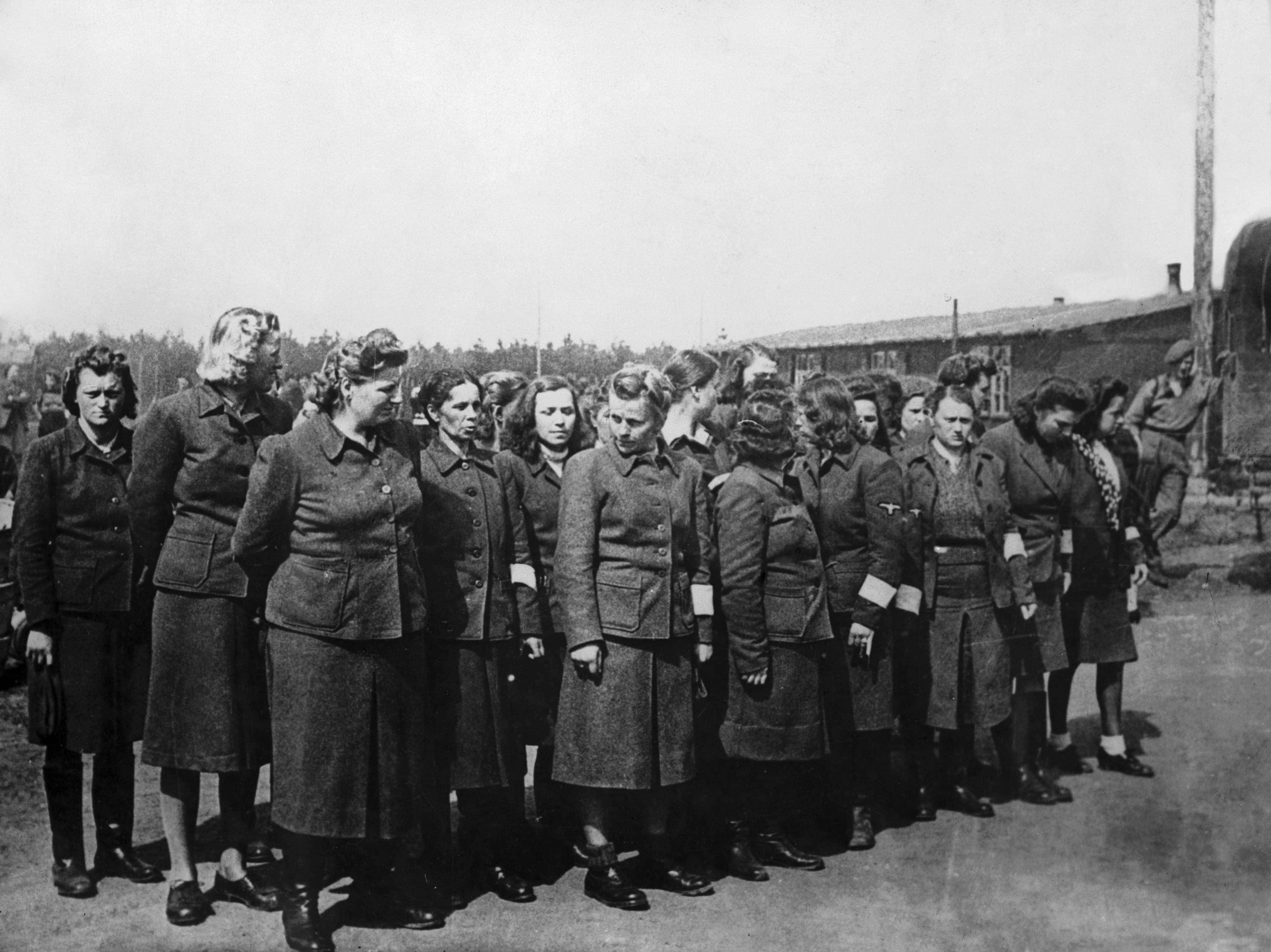 GettyImages
GettyImages
45. Nazi Experiments
Many of the Jewish prisoners were used for horrible medical experiments, including bombarding testicles and ovaries with x-rays to see when sterility occurred, breaking bones to see how many times they could be broken before they no longer healed, and amputating limbs for testing transplantation.
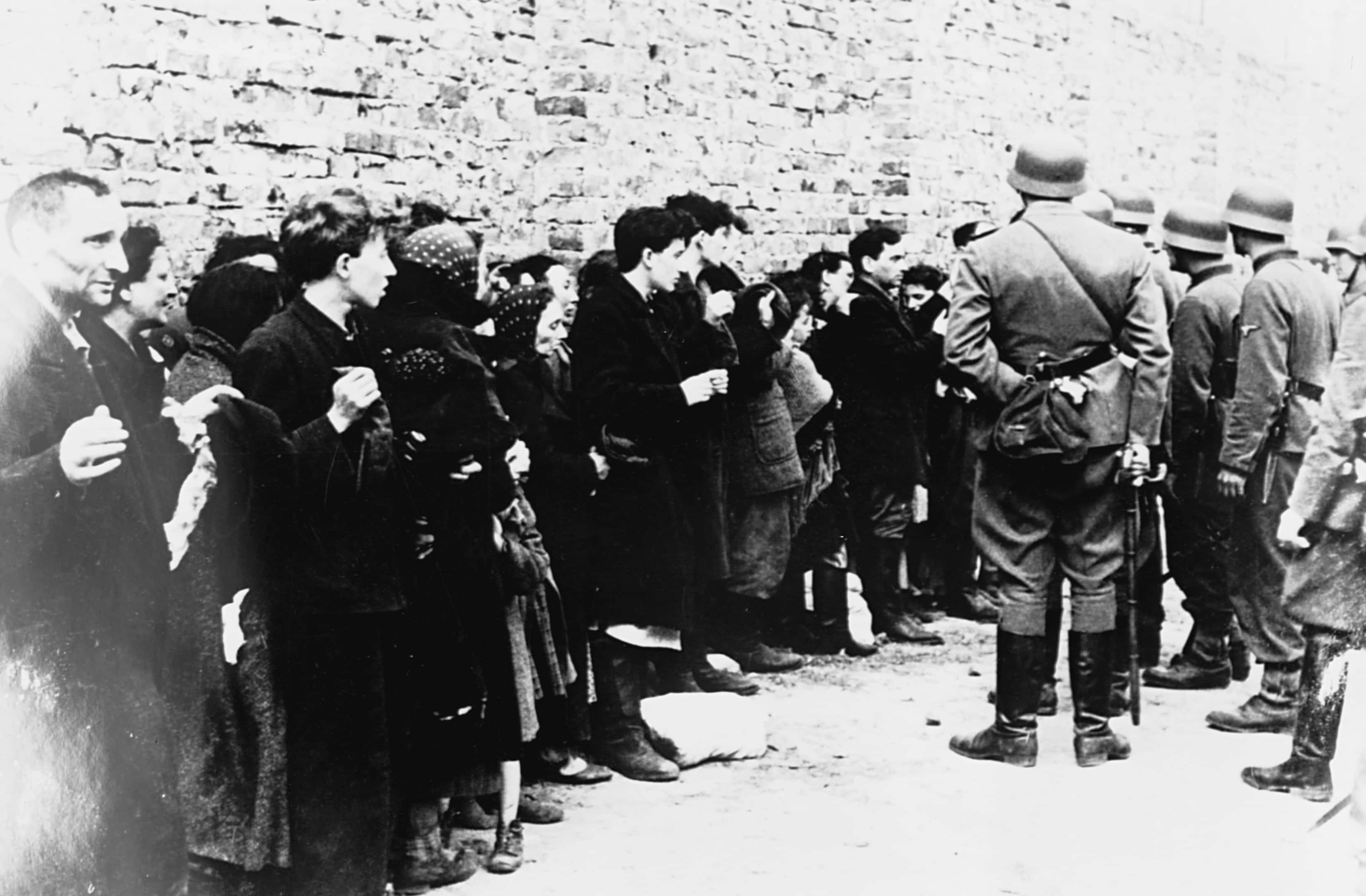 GettyImages
GettyImages
44. Horrific
Dr. Josef Mengele performed many terrible experiments using twins. Of over 3,000 twins he used as test subjects, only 200 survived.
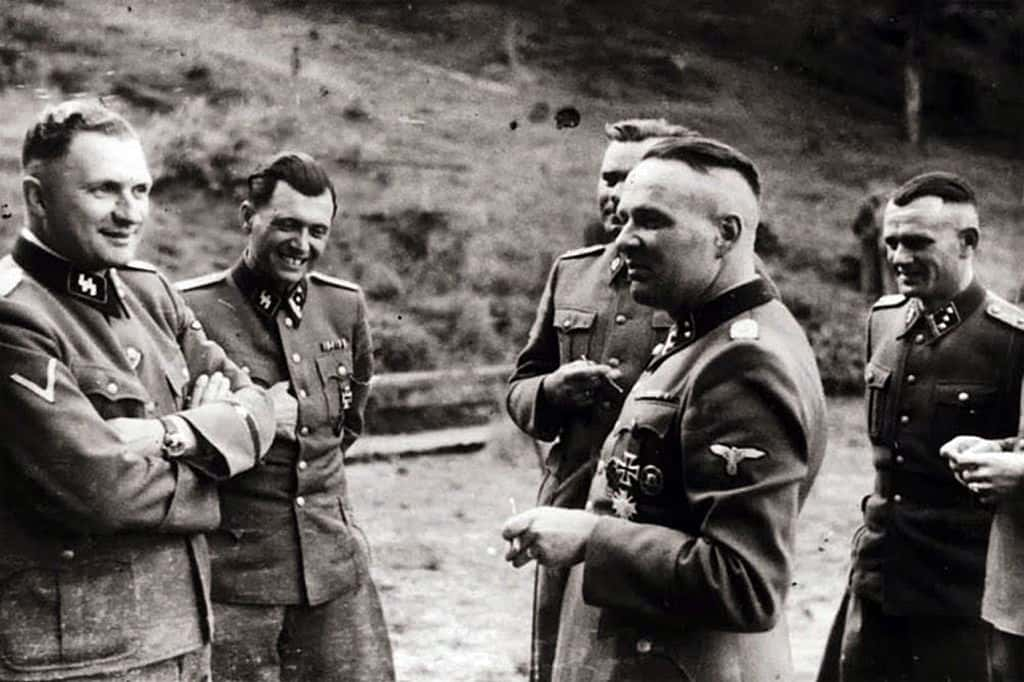 GettyImages
GettyImages
43. Hard to Believe
The swastika is an ancient religious symbol derived from the Sanskrit name for a hooked cross, which was used by ancient civilizations as a symbol of fertility and good fortune.
As with many of their symbols and customs, the National Socialists simply co-opted an existing signifier and bent it to their own cruel intentions.
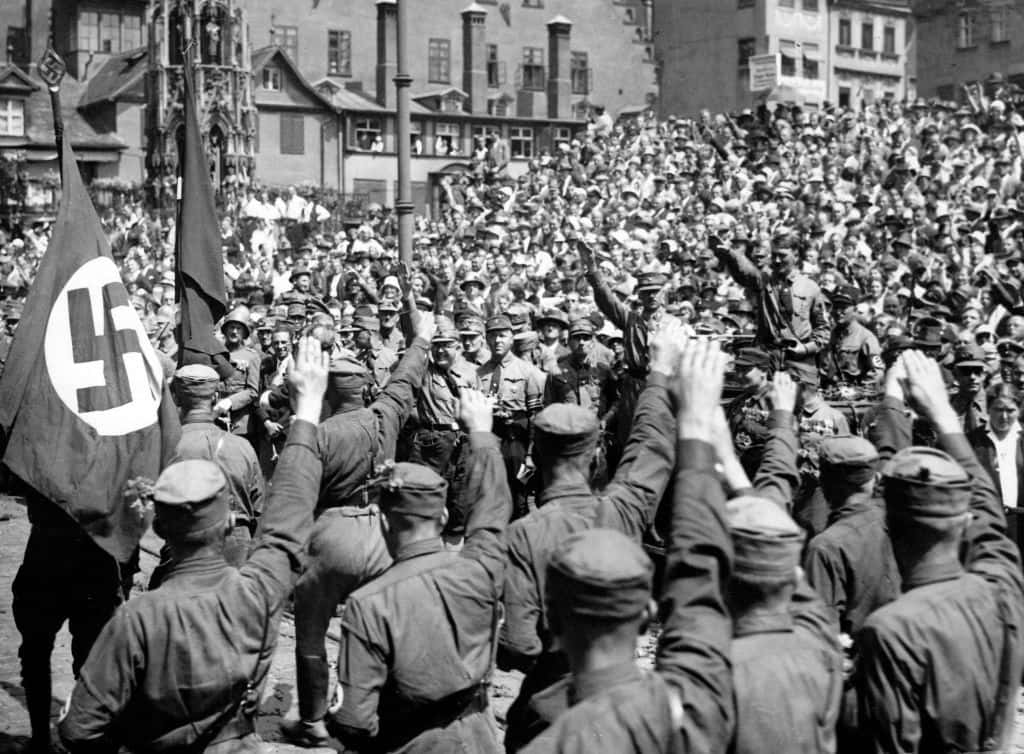 GettyImages
GettyImages
42. Flagged as Inappropriate
The swastika flag was designed by the Fuhrer himself.
The red was meant to represent the social idea of Nazism, the white represented nationalism, and the black Swastika represented the struggle of the Aryan man.
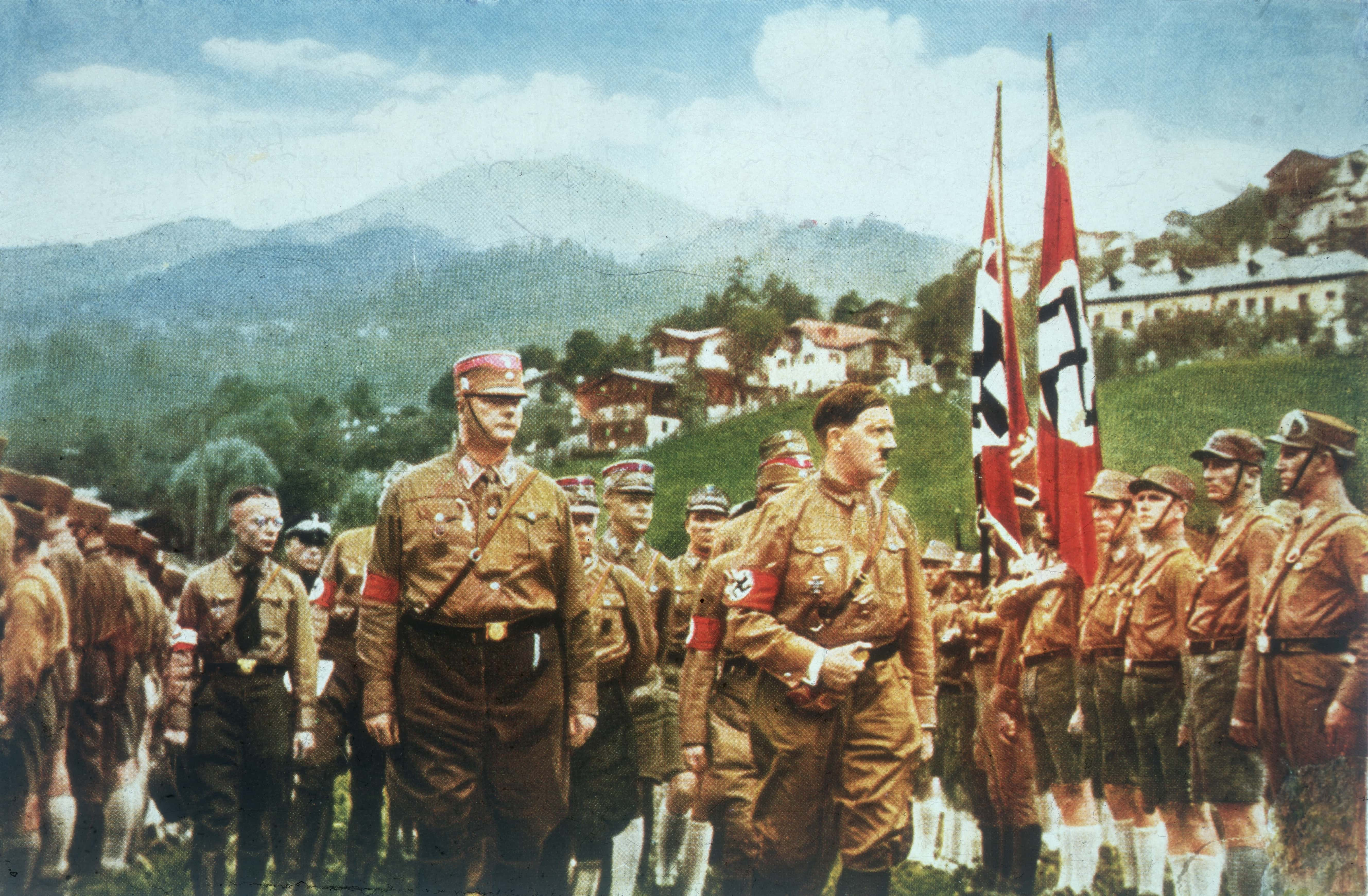 GettyImages
GettyImages
41. Balloon Fight
During WWII, Japanese launched “wind ship weapons": paper and rubberized silk balloons that carried incendiary and anti-personnel bombs to the US.
Reaching as far as Michigan, more than 1,000 balloons hit their targets. Only 6 Americans were killed, though: a group that were on a picnic in Oregon.
Still, those deaths served as a jolting reminder for the American public that the war wasn't too far away.
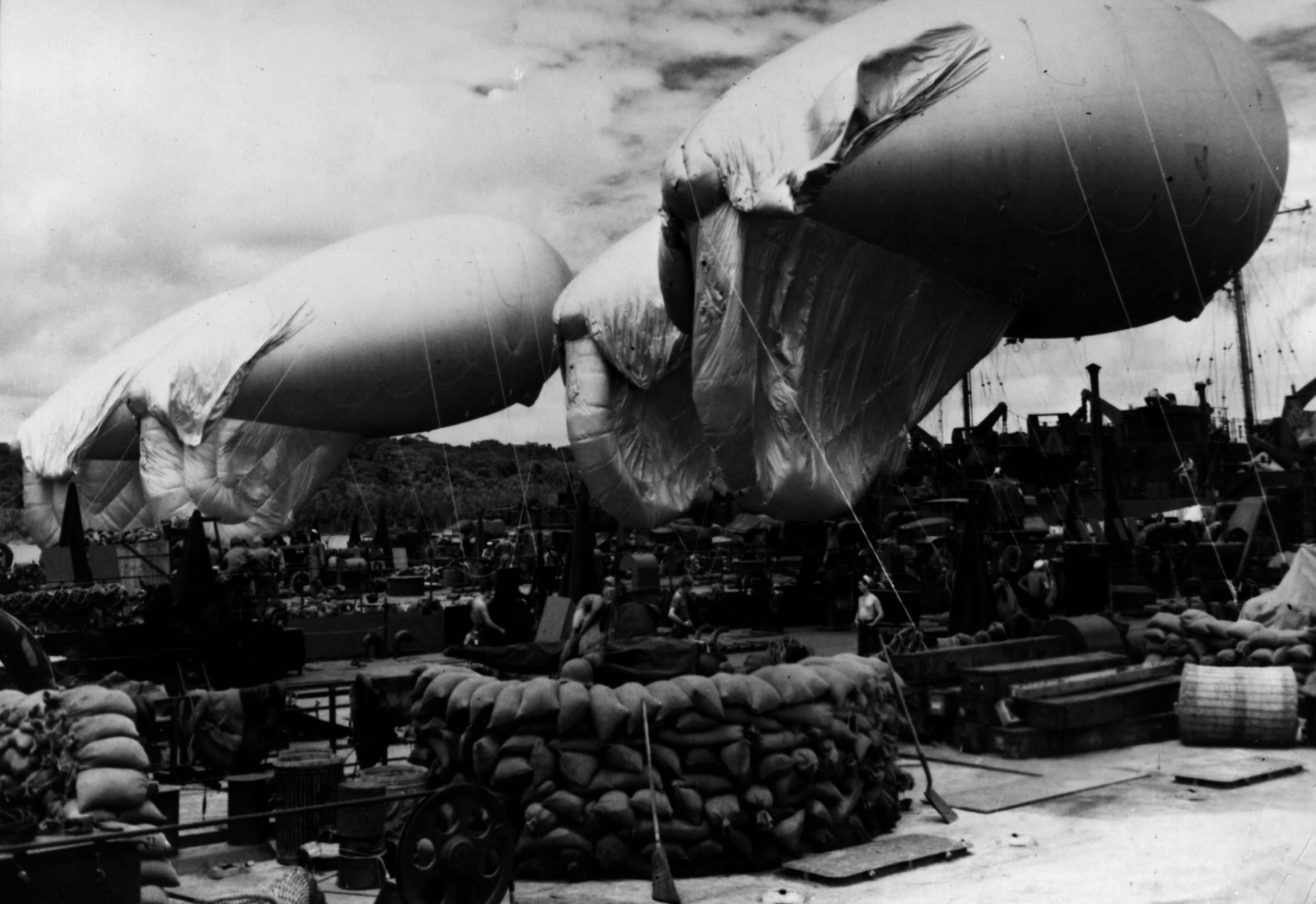 GettyImages
GettyImages
40. Cable Network
Getting in on the balloon game, the British used balloons as part of their air defense. Before air raids, they would send up balloons, setting up a network of steel cables. This forced bombers to fly high in order to avoid being entangled, which reduced their accuracy.
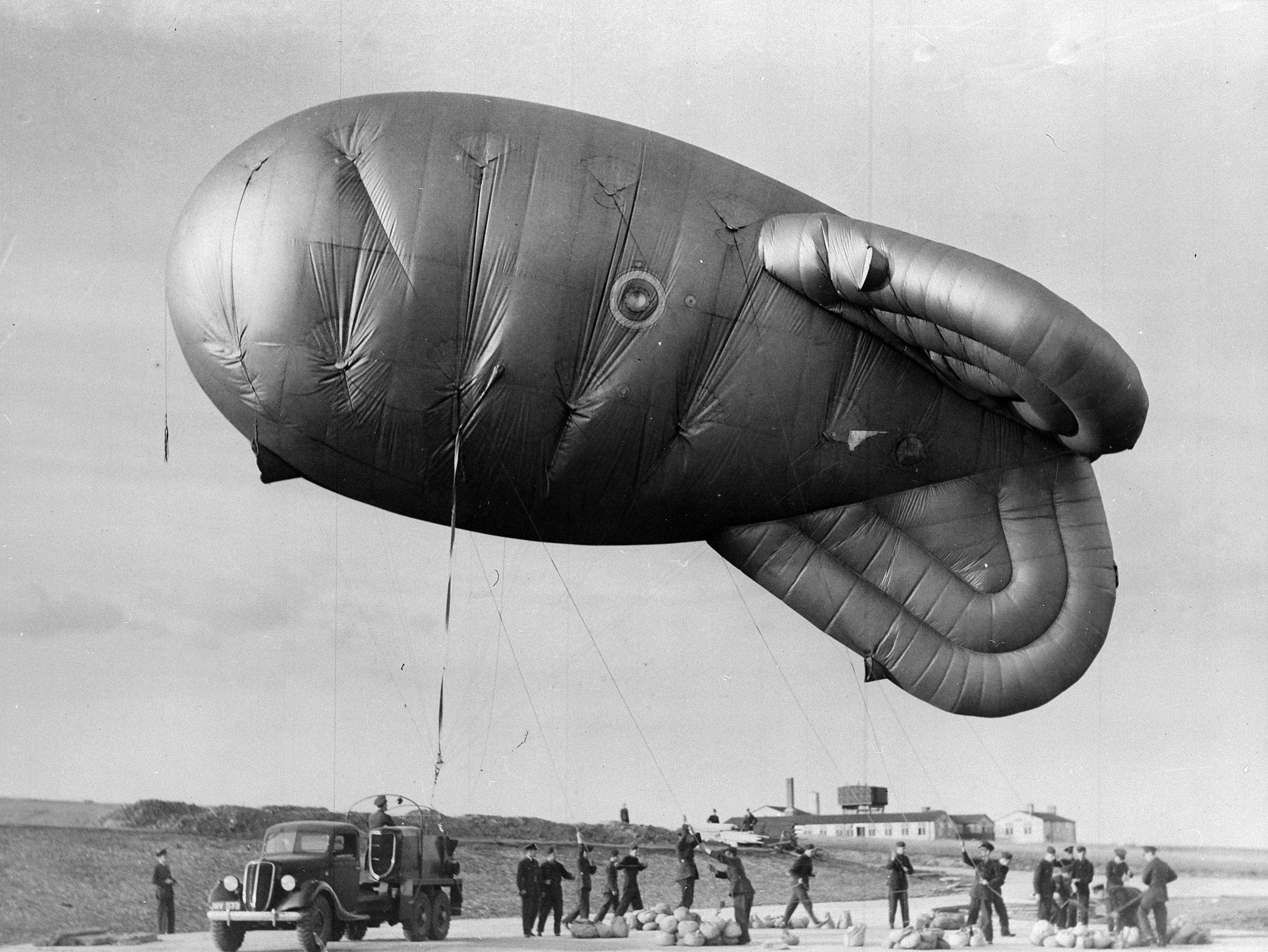 GettyImages
GettyImages
39. Horror Museum
In the case that their genocide of the Jewish people was fully carried out, the German high-command had a plan. They intended to collect thousands of Jewish artifacts, in order to build a "Museum of An Extinct Race" after the war was won.
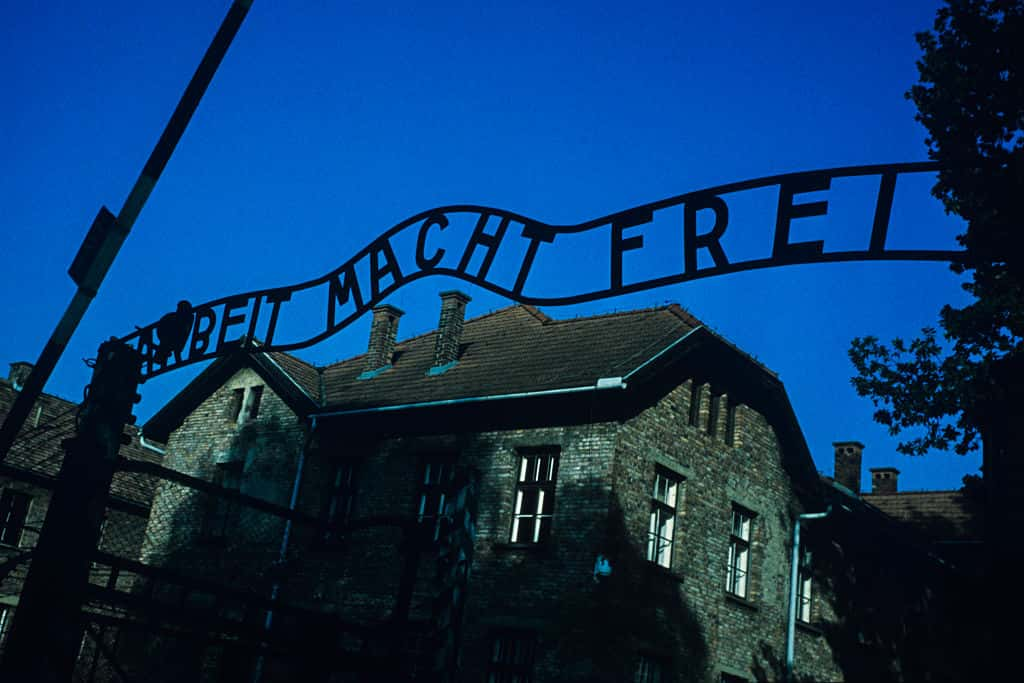 GettyImages
GettyImages
38. Horror Lake
The official German plan for Moscow, should they succeed in taking it, was to kill all surviving residents and cover the decimated city with an artificial lake.
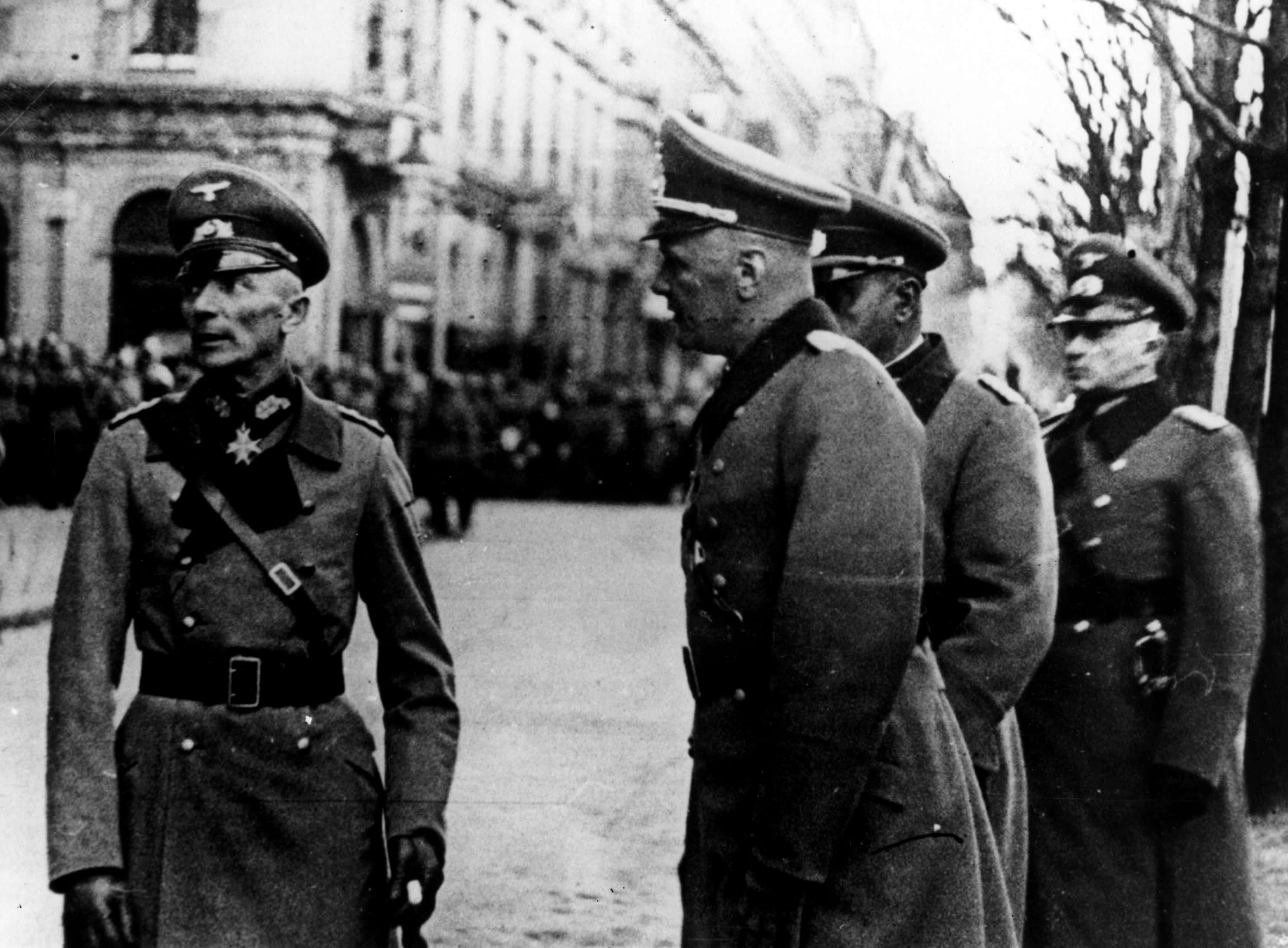 GettyImages
GettyImages
37. Suicide Squad
The Kamikaze attack, suggested by Vice-Admiral Onishi in 1944, was meant to combat the superior technological advantage that the Americans had.
It was a bold strategy, only made practical by the fanatical devotion of many Japanese troops to the cause of the Empire. This was partly due to the Japanese "Bushido" tradition. Bushido taught that death or suicide was preferable before surrender or capture.
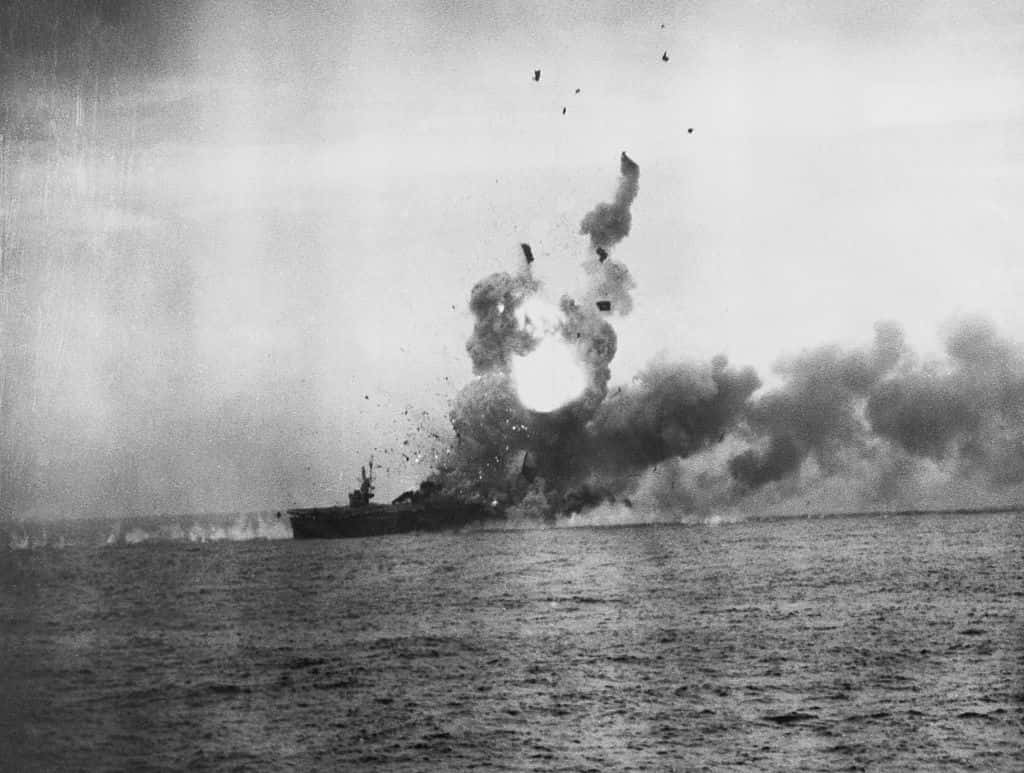 GettyImages
GettyImages
36. The Wind beneath Their Wings
Kamikaze means “divine wind” in Japanese.
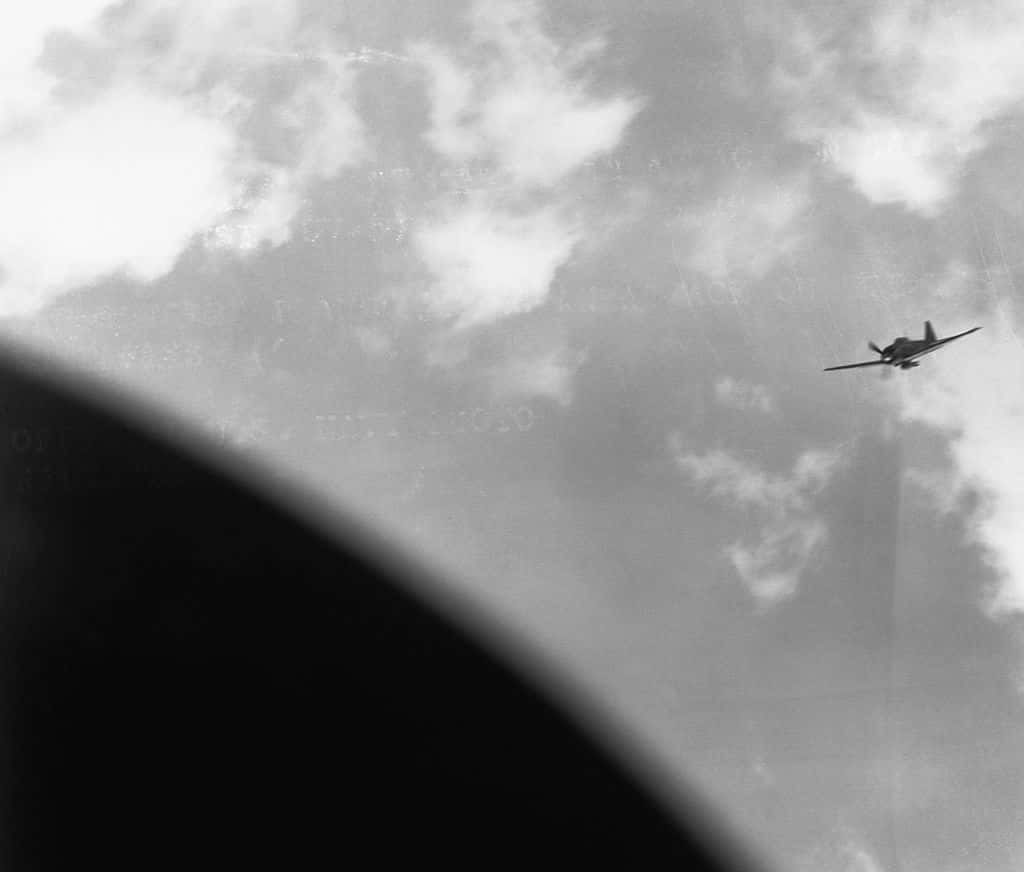 GettyImages
GettyImages
35. Pearl Harbour
The attack at Pearl Harbor sunk or damaged 18 of the 96 ships that were anchored there, including 8 battleships. Japanese fighters also destroyed at least 350 aircraft and killed 2,402 men.
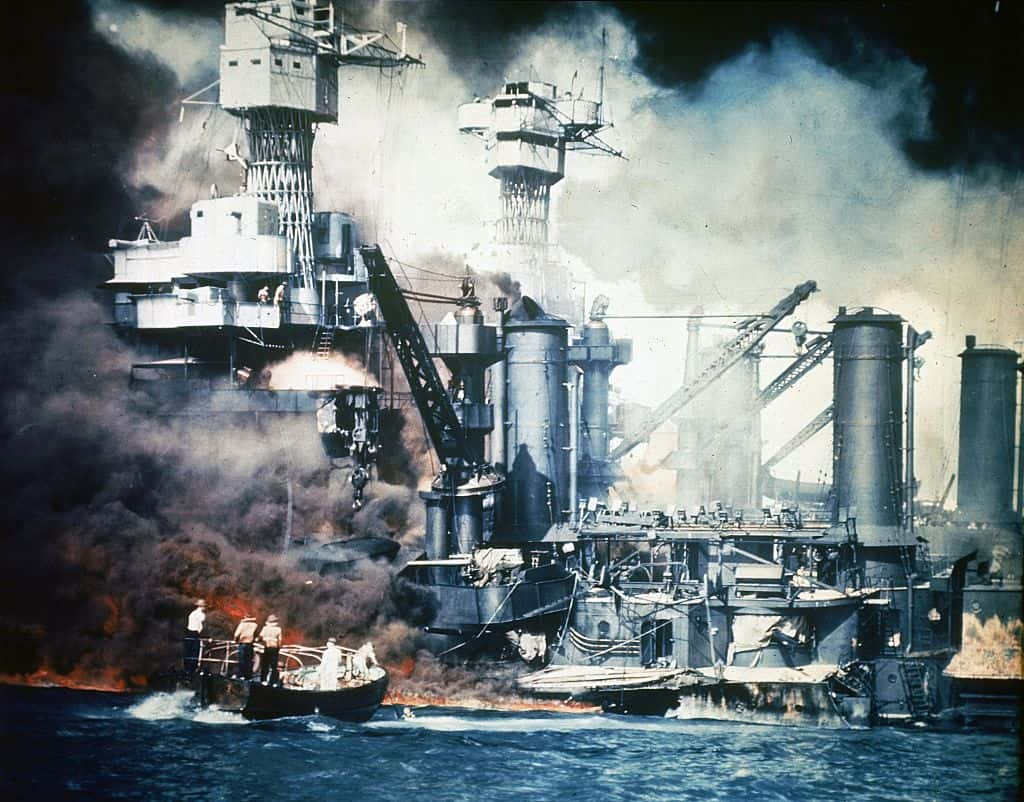 GettyImages
GettyImages
34. Canada, Eh?
After the attack on Pearl Harbor, Canada declared war on Japan almost immediately. They can therefore claim the honor of joining the Pacific Theatre of World War 2 before the United States did.
North American buddies!
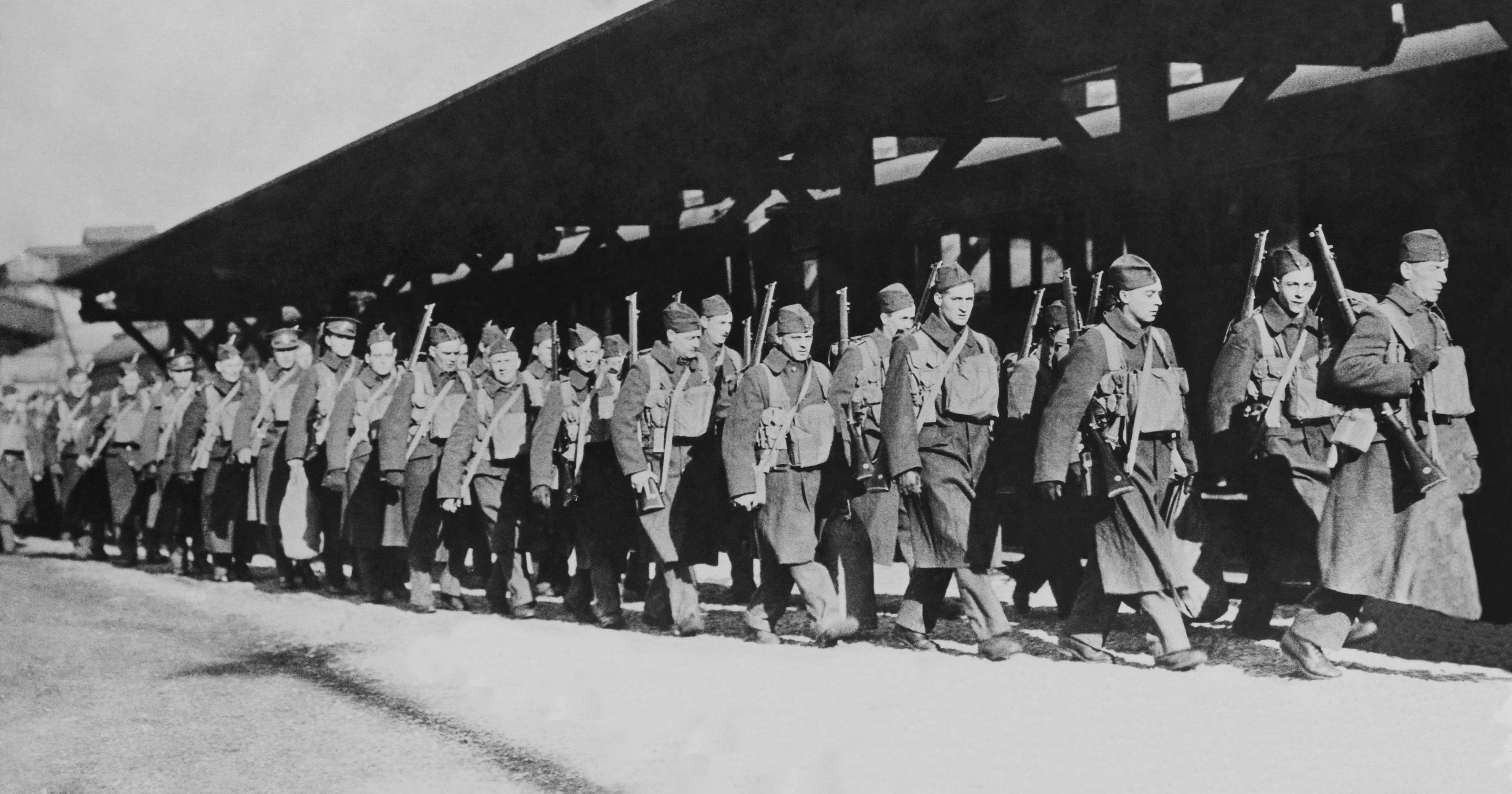 GettyImages
GettyImages
33. Priorities
During WW2, the Oscars' statuettes were made of painted plaster due to a metal shortage. Few materials were more in demand, given the sheer amount of iron, aluminum, and steel required to arm an army in the midst of total war.
It's good to know the celebrities had to suffer too...
 GettyImages
GettyImages
32. Unfair Trade
German U-Boats sunk 2,000 Allied ships... at a cost of just 781 U-Boats.
Yet another indication of just how deadly those so-called "Wolves of the Atlantic" really were.
31. Life Isn’t Better Where It's Wetter
Of the 40,000 men who served on U-Boats in the war, only 10,000 of them made it home.
Give the men who served on them credit: these vessels were absurdly cramped, smelly, and dark. It would have been like serving your time in the military inside a 7th-Grade boys locker room... trapped a few thousand feet beneath the sea.
Horrible.
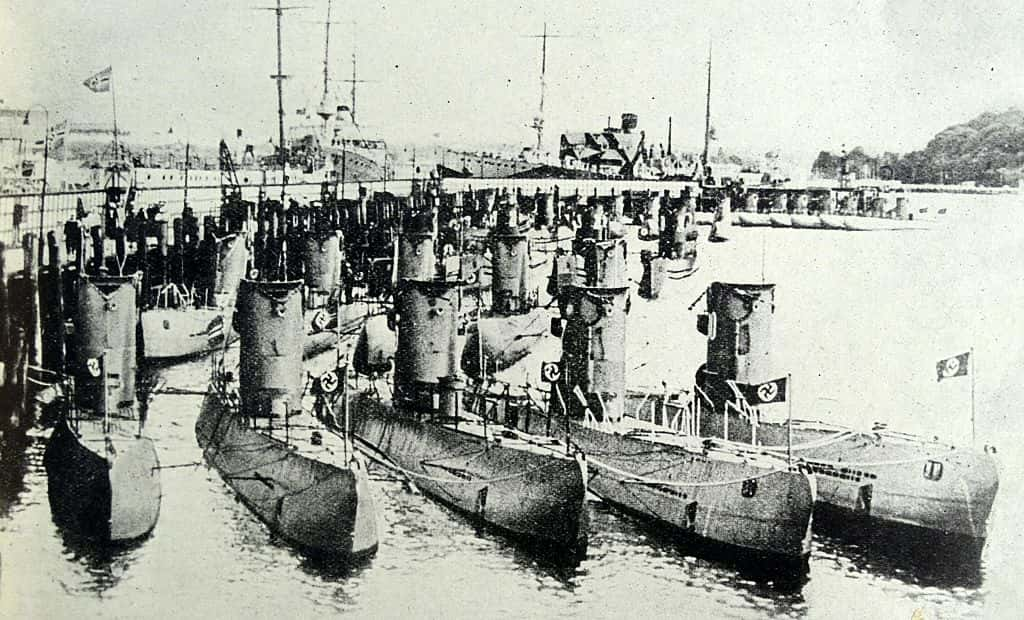 GettyImages
GettyImages
30. Danger Pay
In 1941, a private in the US Army earned $21/month. In 1942, he earned $50/month.
Why the bump? Two reasons: as the war entered it's most extreme phase, casualties skyrocketed. This meant that A) the job was considered more dangerous, and B) there was a smaller pool of people to recruit from.
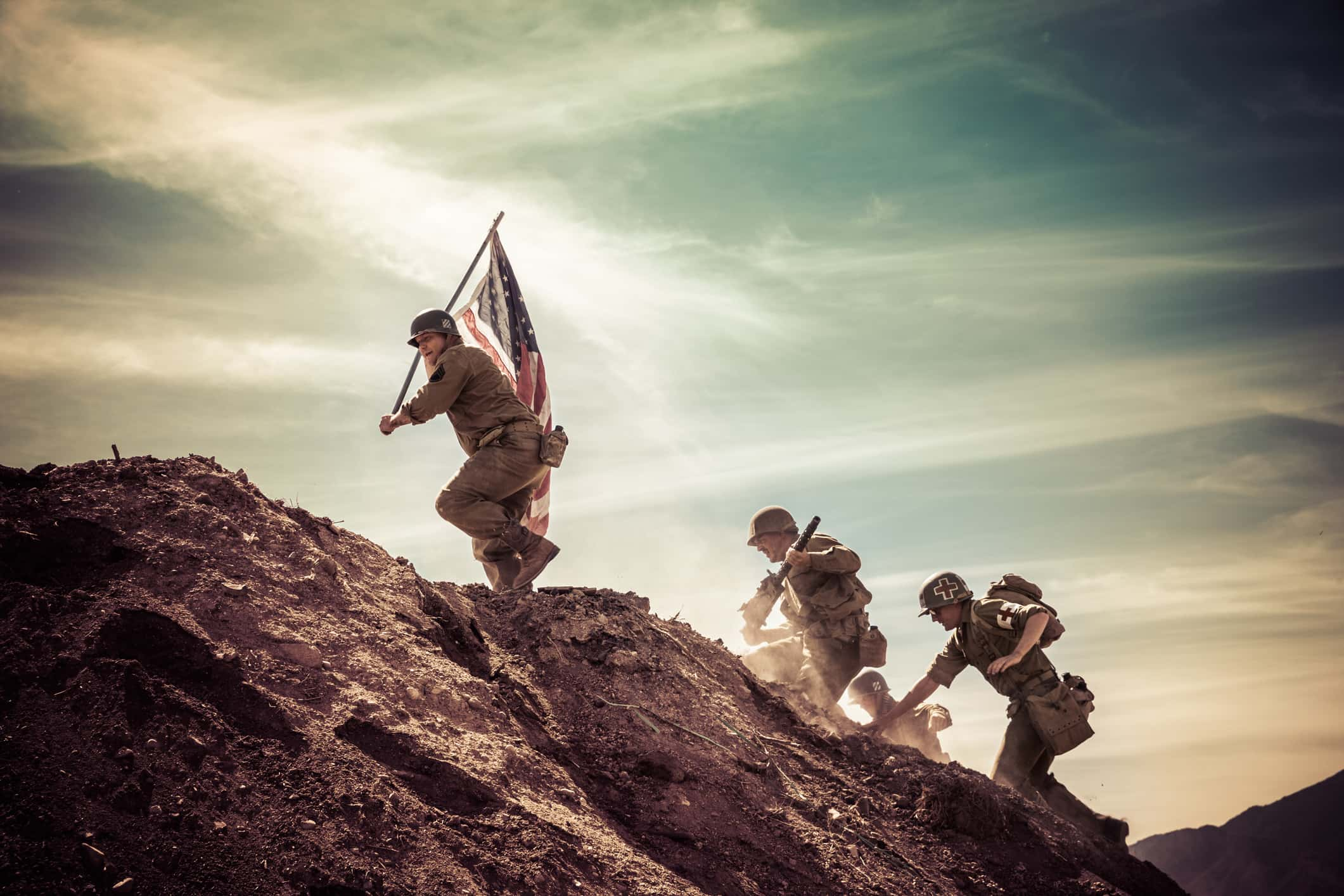 GettyImages
GettyImages
29. Bring out the Death Ray
In 1935, British engineer Robert Watson-Watt worked on a “death ray” using radio waves. The “death ray” never worked, but it eventually became radar. So it ended up being pretty useful.
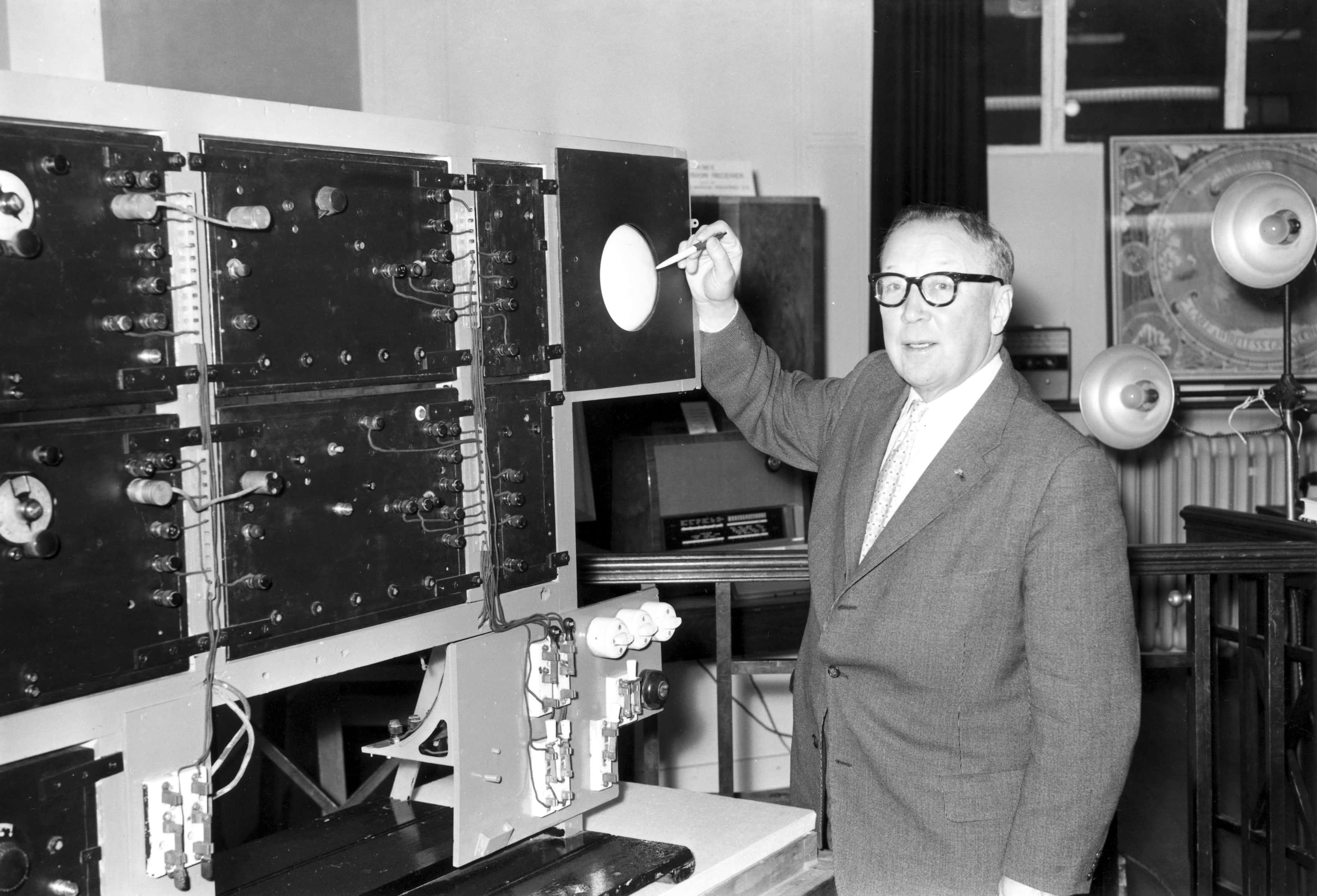 GettyImages
GettyImages
28. Blonds Have More Fun
The most successful fighter ace of any nation was German fighter pilot Erich Hartmann, also known as the “Blond Knight.” In his career, he racked up 352 kills. By contrast, the famed Red Baron, also German, racked up only 80 kills.
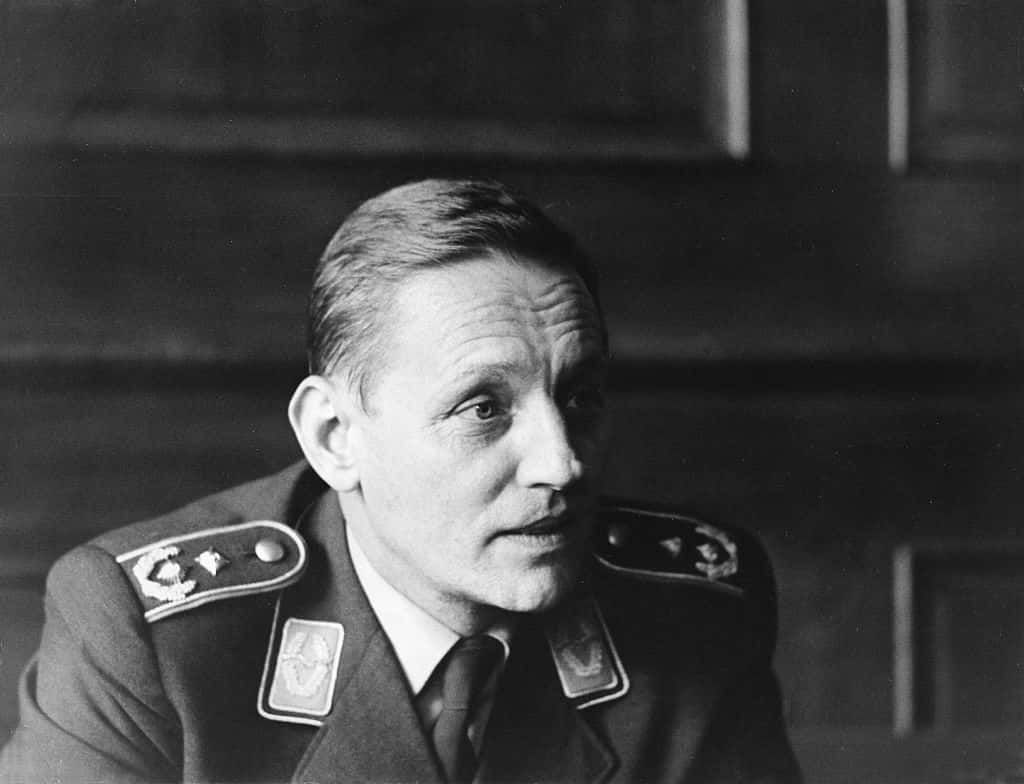 GettyImages
GettyImages
27. Too Little Too Late
The first jet fighters to be employed in combat were invented by the Germans. However, they were introduced a little too late to turn the tide in the war.
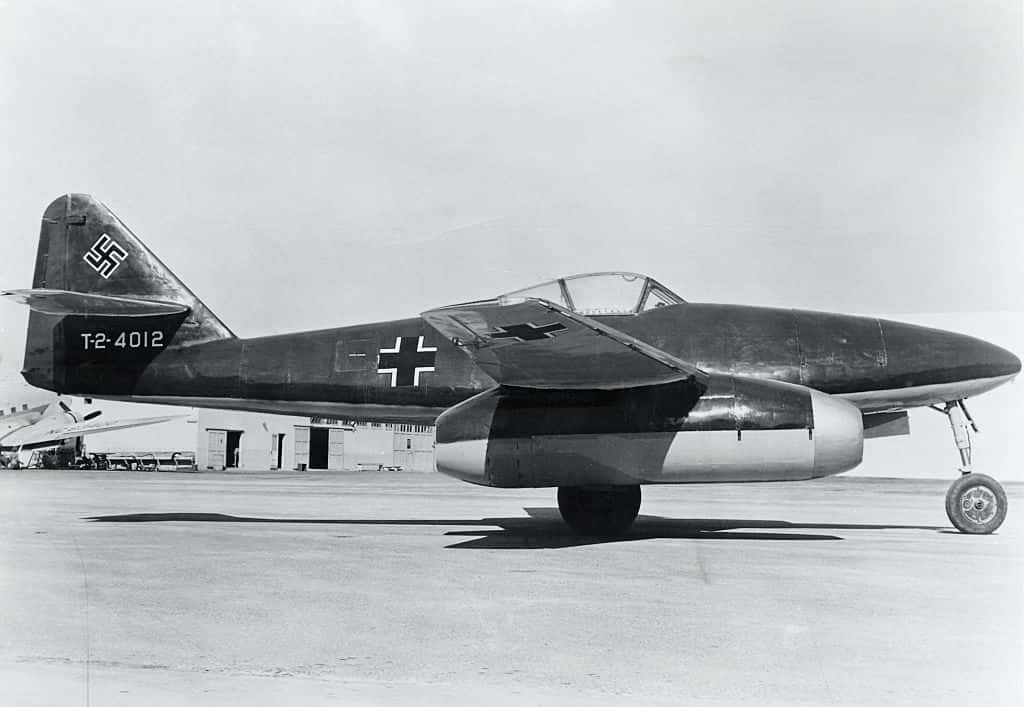 GettyImages
GettyImages
26. Message in a Bottle? Try Coconuts.
After John F. Kennedy's WW2 PT boat was sunk, he wrote a message on a coconut asking for help. It worked. Kennedy kept the coconut and it became a Presidential paperweight.
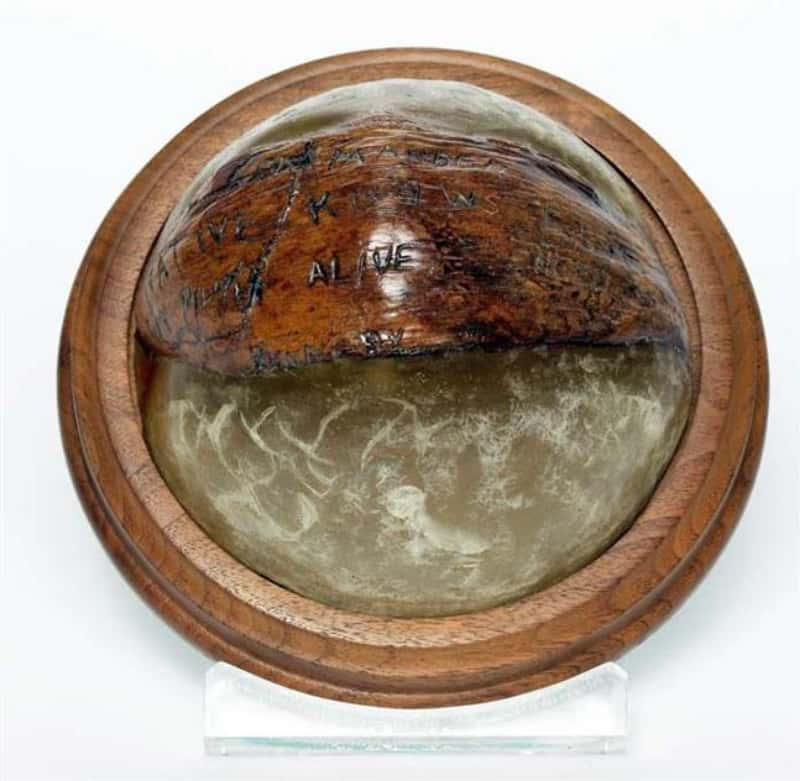 jfklibrary.org/Wikimedia Commons
jfklibrary.org/Wikimedia Commons
25. The World War Gun Show
The most powerful artillery gun used in WWII was named Karl after its creator Karl Becker. The massive gun could fire a 2.5 ton shell over 3 miles, was capable of penetrating up to nine feet of concrete.
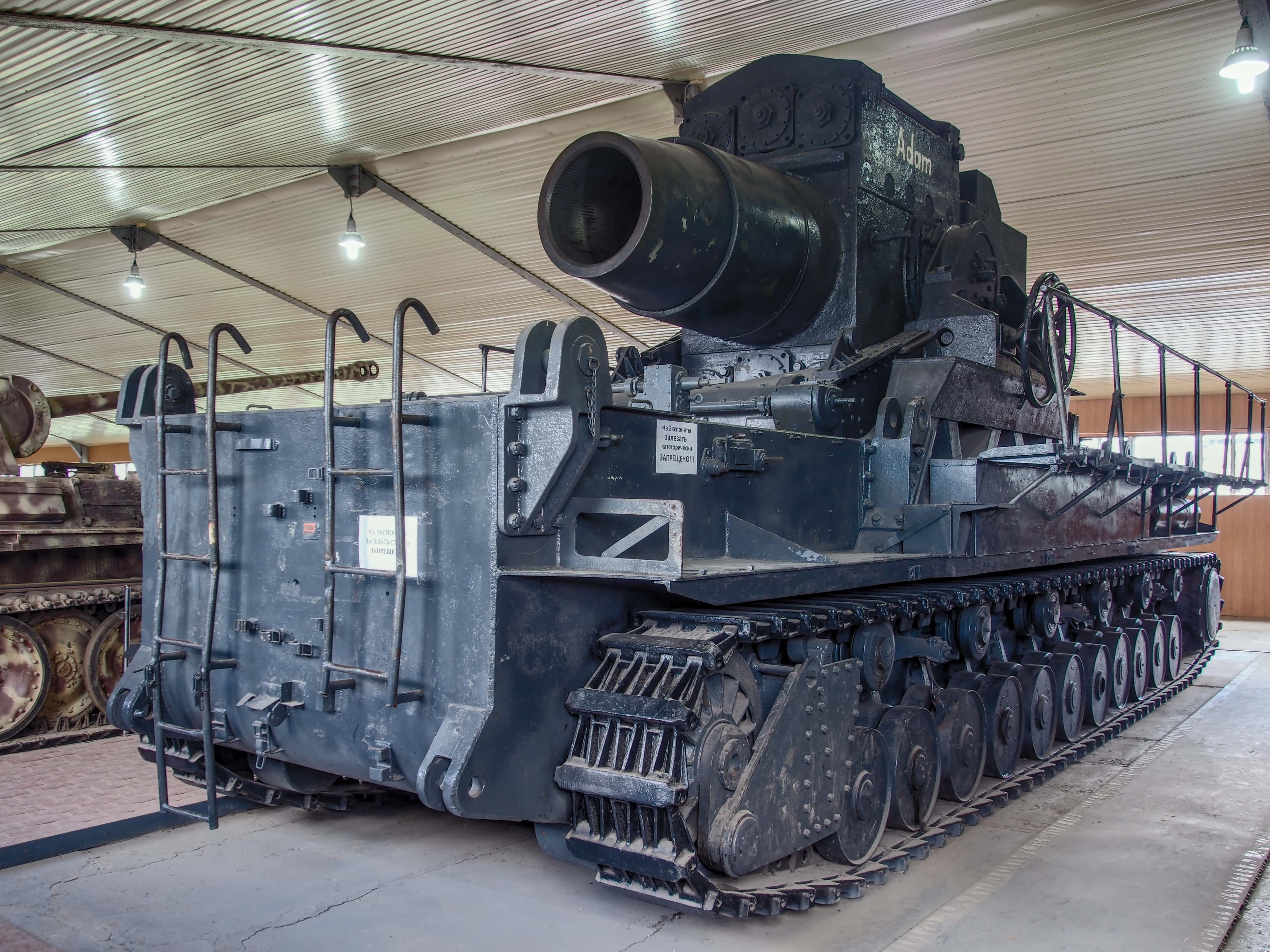 Alf van Beem/Wikimedia Commons
Alf van Beem/Wikimedia Commons
24. Taking the Stairs
After German forces overran France, and the Army had surrendered, the German high-command visited Paris for a triumphant celebration. It was meant to be a massive statement of dominance over the French people, led by the most prominant figures in the regime.
So how did the French respond? They simply cut the lift cables on the Eiffel Tower, forcing Hitler and his lackeys to climb 1,710 steps if they wanted to reach the top.
For all the crap the French get for surrendering, it's almost easy to forget that they made active resistance a national past-time.
Vive la France!
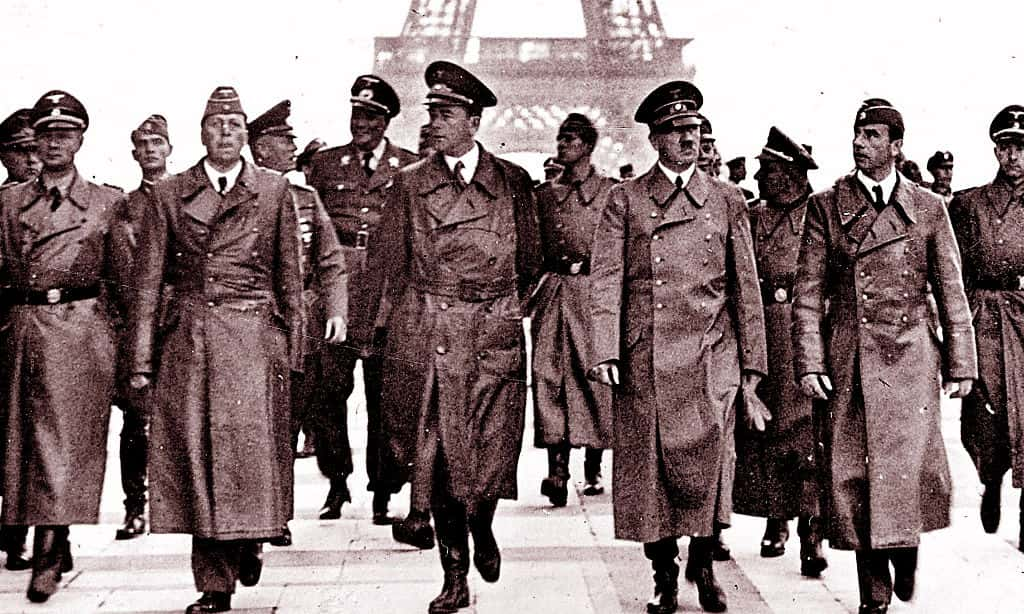 GettyImages
GettyImages
taringa23. BAM
Women serving in the US Marine Corp were referred to as BAMs, which stood for “Broad-Assed Marines.” They called the men HAMs, which stood for “Hairy-Assed Marines.”
22. Never Trust a Brothel
The SS ran a brothel called “The Kitty Salon” for foreign diplomats and other VIPs in Berlin. The brothel was wiretapped, and the prostitutes all underwent rigorous spy training to be able to extract information via seemingly innocuous conversation.
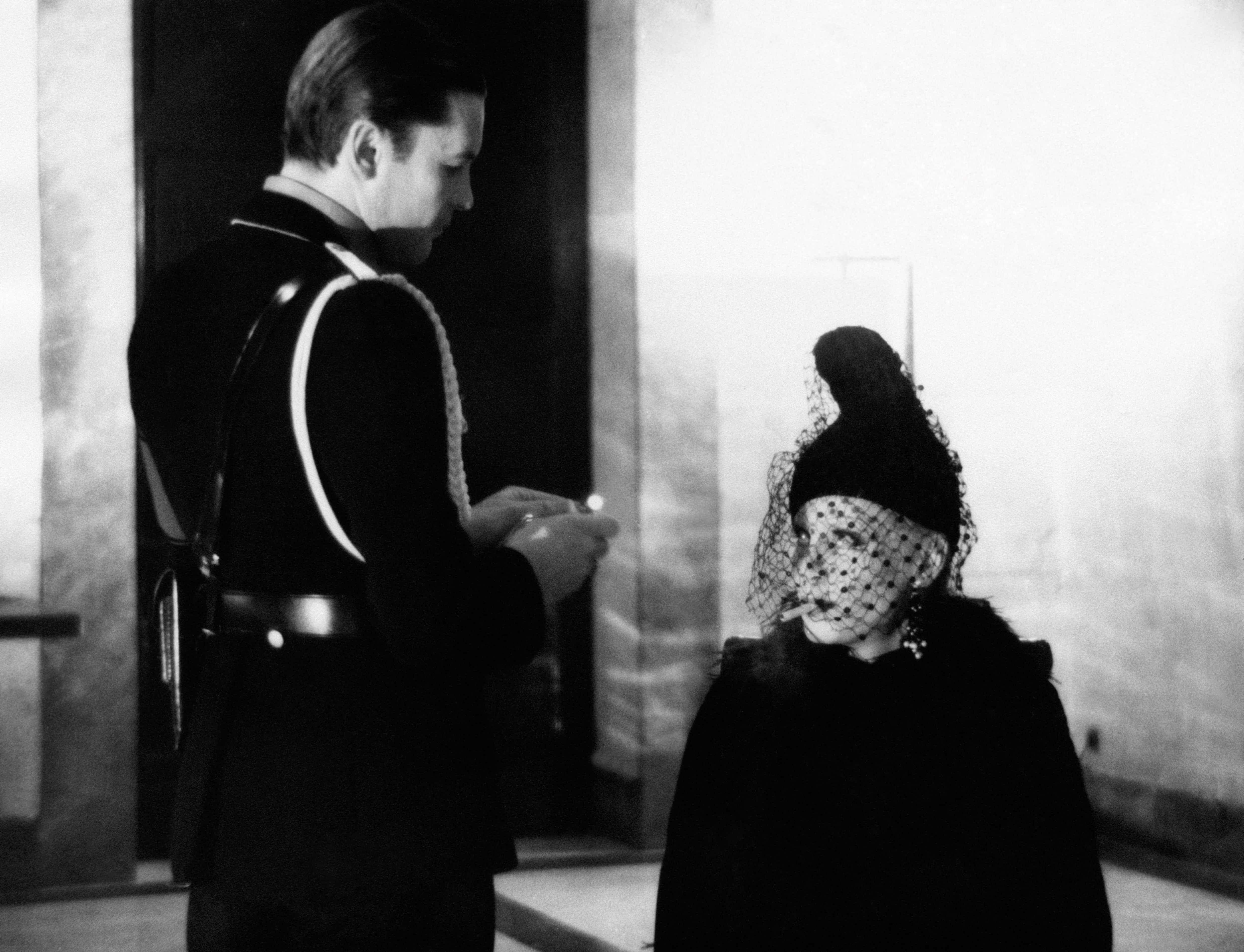 GettyImages
GettyImages
21. World War of Words
During WWII, hamburgers were renamed “Liberty Steaks” to avoid having a name that sounded too German. This set off a long tradition of renaming American foods to avoid unsavory national associations.
Fun fact: that's why we started saying "As American as apple pie", rather than the popular old phrase, "As American as sauerkraut schnitzel".
Kidding. It is why some people call them Freedom Fries, though.
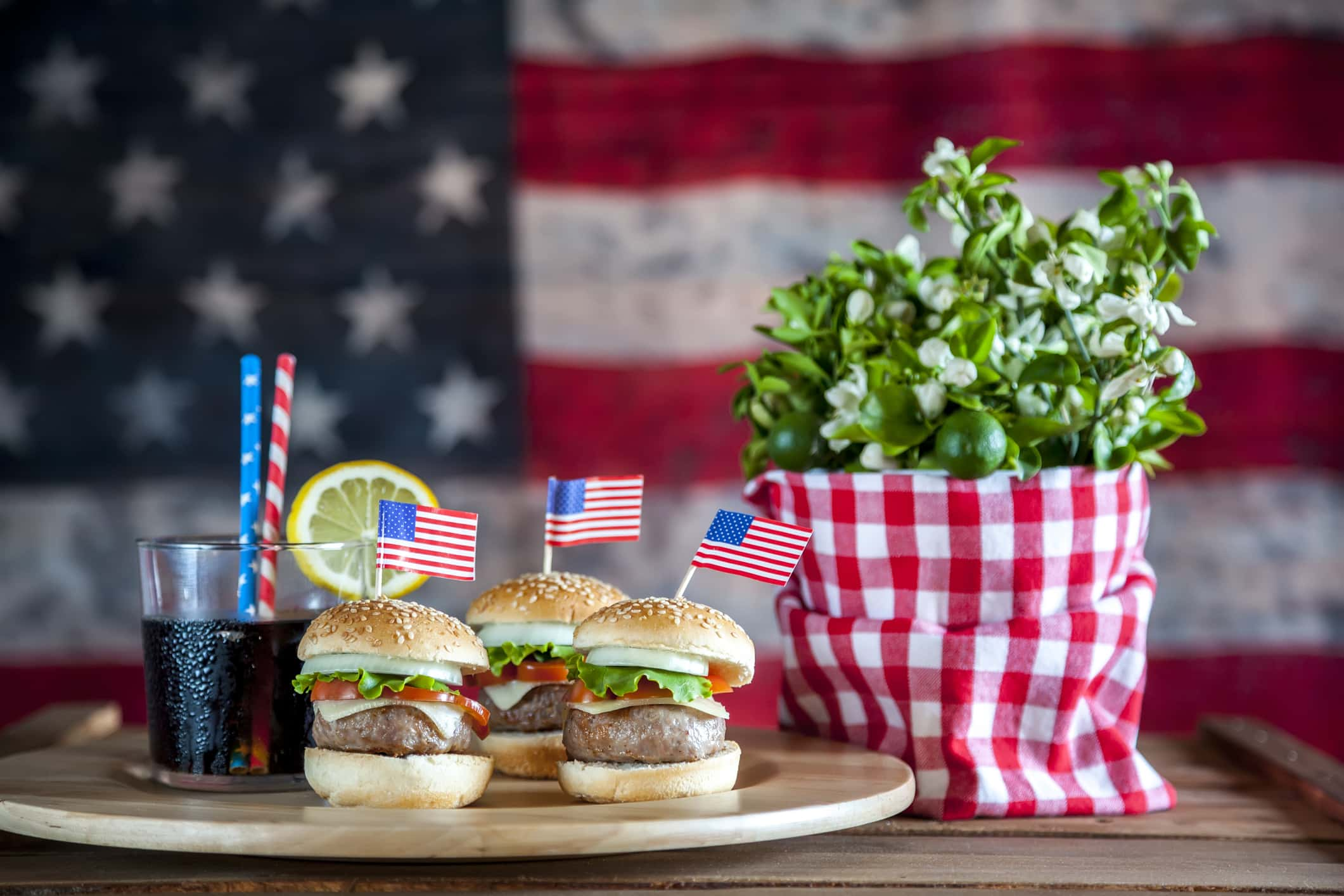 GettyImages
GettyImages
20. Dude Looks Like a Lady
The American secret service tried to spike Hitler's food with female hormones to feminize him.
Agents planned to smuggle doses of estrogen into his food. The theory being it would make him less aggressive- possibly more like his docile younger sister, Paula, who worked as a secretary.
Spies working for the British were close enough to the Fuhrer to access his food. Estrogen was chosen because it was tasteless and would have a slow and subtle effect, meaning it would pass the despot's food testers, unnoticed.
Why not poison him? That is a very, very good question.
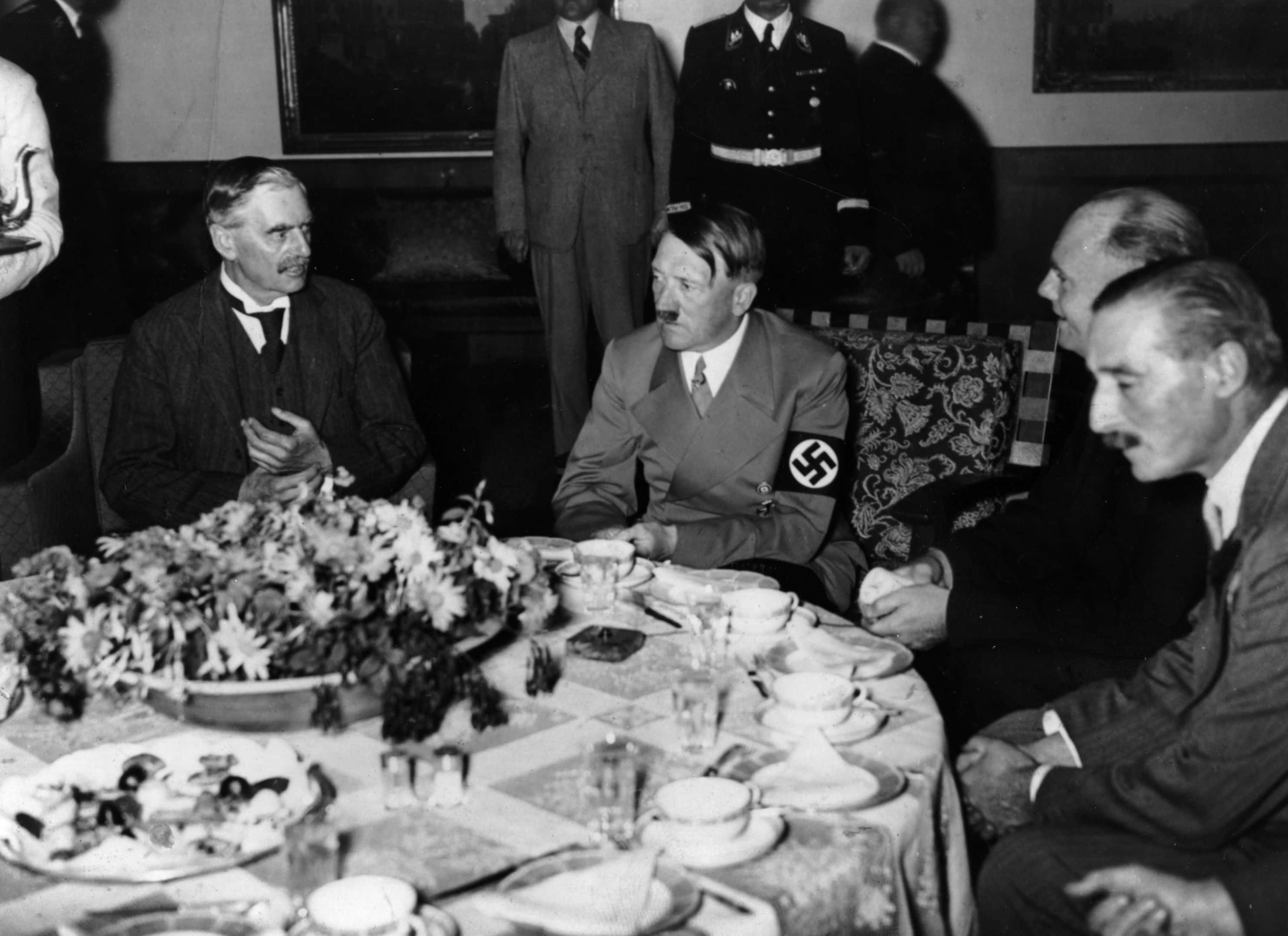 GettyImages
GettyImages
19. They Were Pirates Too
The Nazis really weren't creative.
Even the Sieg Heil march, which was used to pump up the faithful at the infamous party rallies, was stolen. The song was based on the Harvard University "fight song" which had been used for years at the school.
We're betting that's an association that Harvard doesn't appreciate.
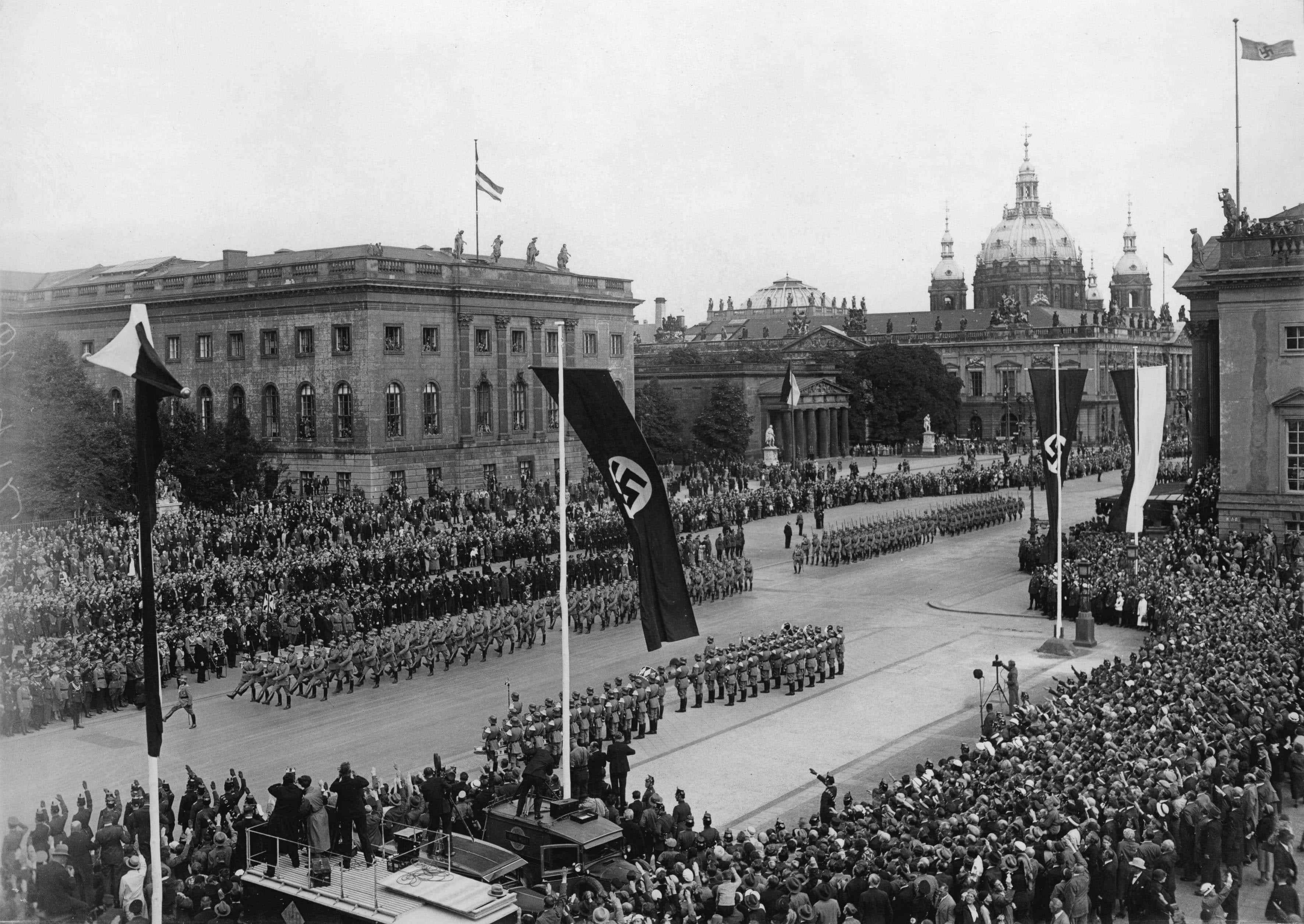 GettyImages
GettyImages
18. Ancestry
What is sometimes lost in the shadow of the crimes committed against the Jewish people, is just how terribly the Germans treated many other groups during the war.
Case in point: The Nazis killed millions of Polish people... but felt some of the babies and children looked German. So rather than, say, leaving them be, they took another approach: they kidnapped 50,000 Polish children to be adopted by German parents, as part of the process they called “Germanization."
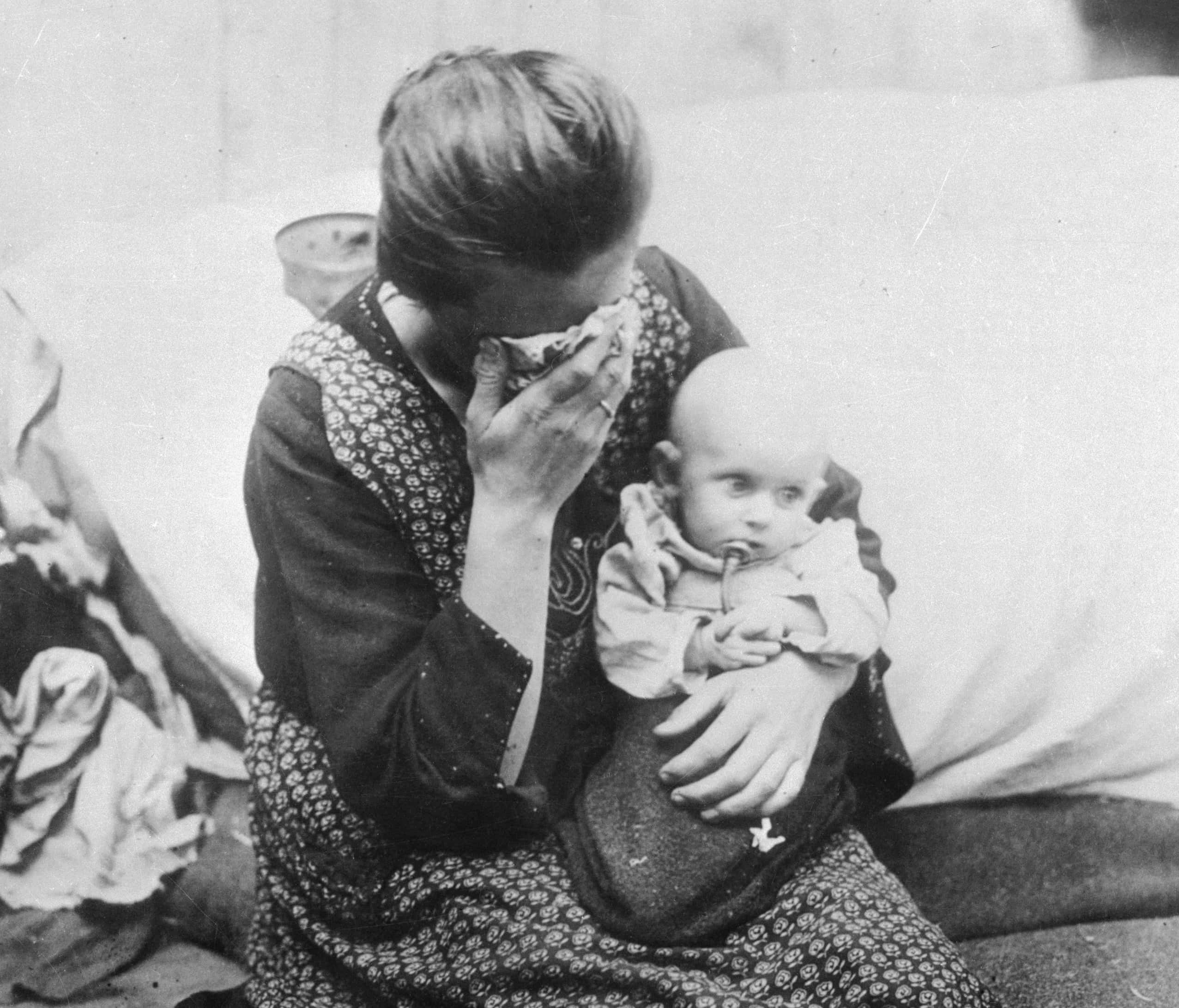 GettyImages
GettyImages
17. Built Ford Tough
Hitler kept a framed photo of Henry Ford, of the Ford Motor Company, on his desk. Apparently, he regarded Ford as an inspiration and said that he would do his “best to put [Ford's] theories into practice in Germany.”
16. Don't Run
On January 31st, 1945, US Army Private Eddie Slovik was shot for desertion. He became the first American to be executed for the crime since the Civil War, and the only one to receive this punishment during WWII.
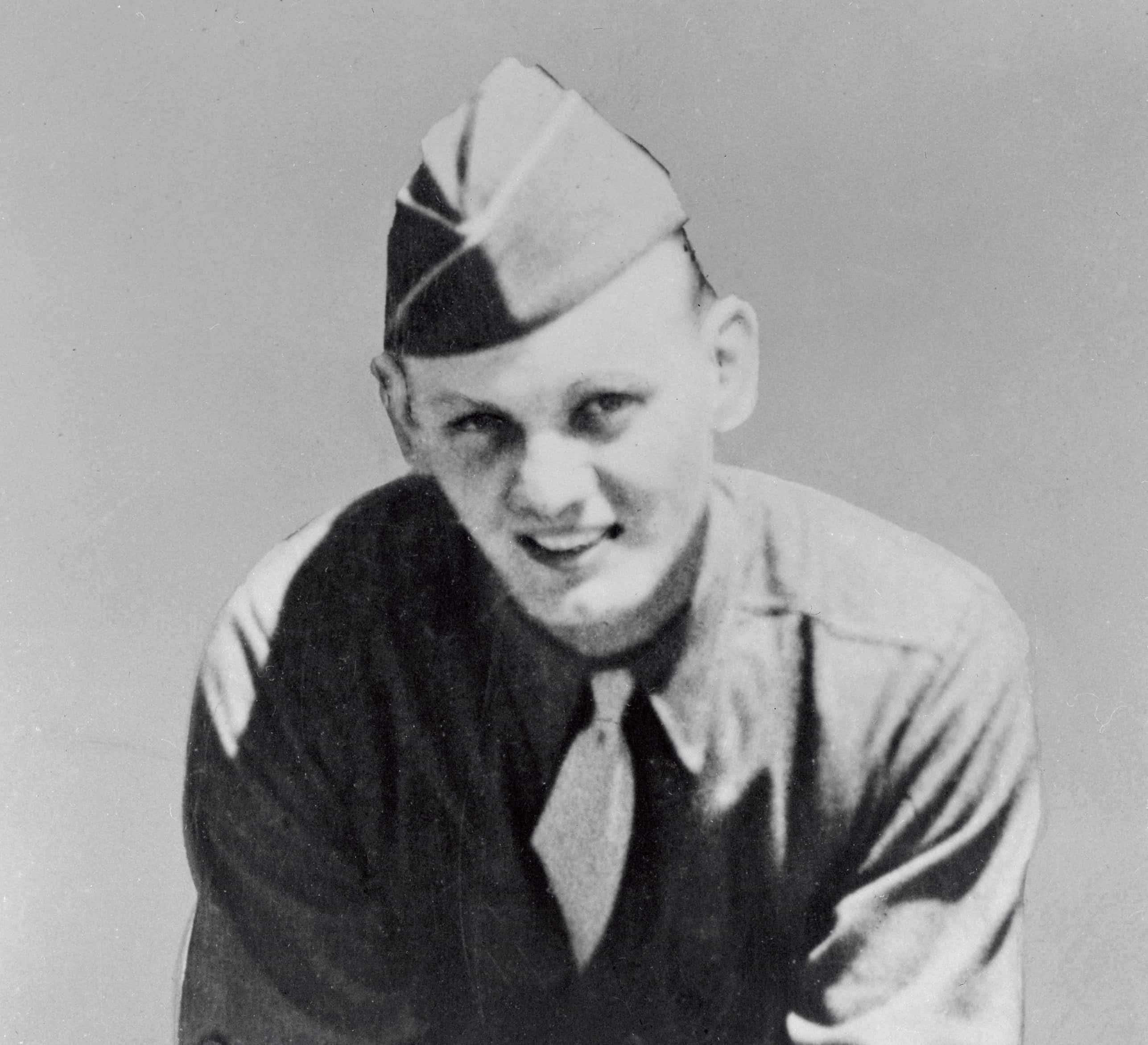 GettyImages
GettyImages
15. Musta Had Great Fake ID
Calvin Graham was the youngest serviceman ever to serve in the U.S. military. He enlisted at the ripe old age of 12. He won a Bronze Star and a Purple Heart before it was discovered how old he was. He was discharged from service and, as punishment, was later played by Ricky Shroder in TV-movie based on his World War 2 exploits, called Too Young the Hero.
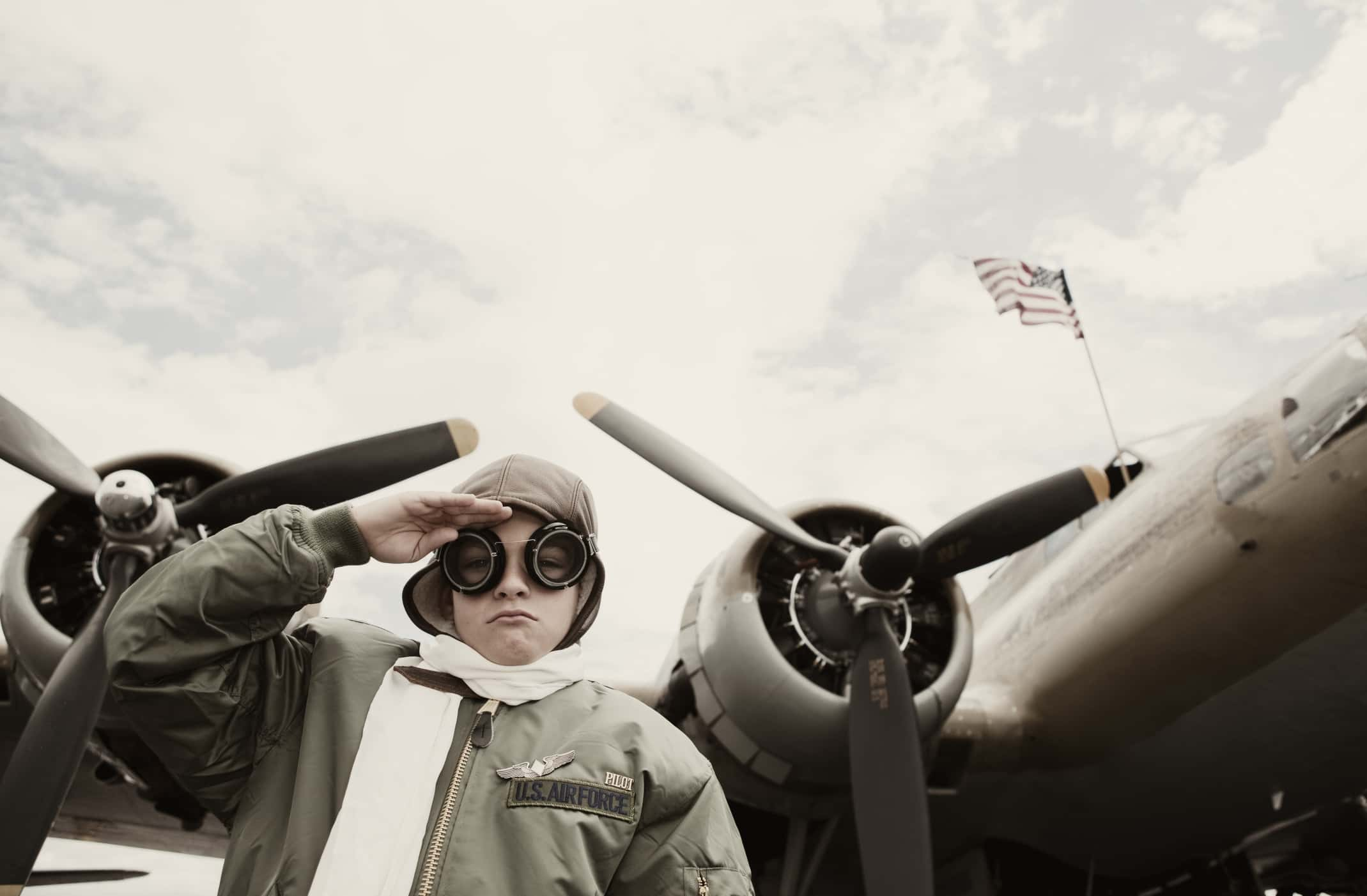 GettyImages
GettyImages
14. They’ve Got Us Surrounded
Times of crisis seem to stir people’s courage, but their creativity also. But no soldier ever spoke with more confidence, certainty, and utter defiance in the face of death as General Creighton Abrams.
During the Battle of the Bulge, as nearly 30 Nazi battalions closed in on the 101st Airborne Division, General Abrams smiled: “They’ve got us surrounded again, the poor b*stards.” Abrams and the 4th Armoured Division fought them all back, and the Americans gained a resounding victory. The Abrams Tank is named in his honor.
13. Choose Your Friends Wisely
Japan fought on the side of Britain, France, and the US during WWI. Given that, you might expect they'd do the same the next time around. So what happened? Much like the Germans, the Japanese felt they were cheated out of territory after the peace treaty that ended WWI was negotiated. That national insult festered for years... and when World War II broke out, the Japanese people had no sympathy for the Allies.
12. Horticultural Assimilation
One of the editors of the magazine Better Homes and Gardens, Norvell Gillespie, designed the camouflage pattern printed on US Army uniforms during the Second World War.
When you're going to fight in the muck and grime of the trenches, remember: it's important to look stylish.
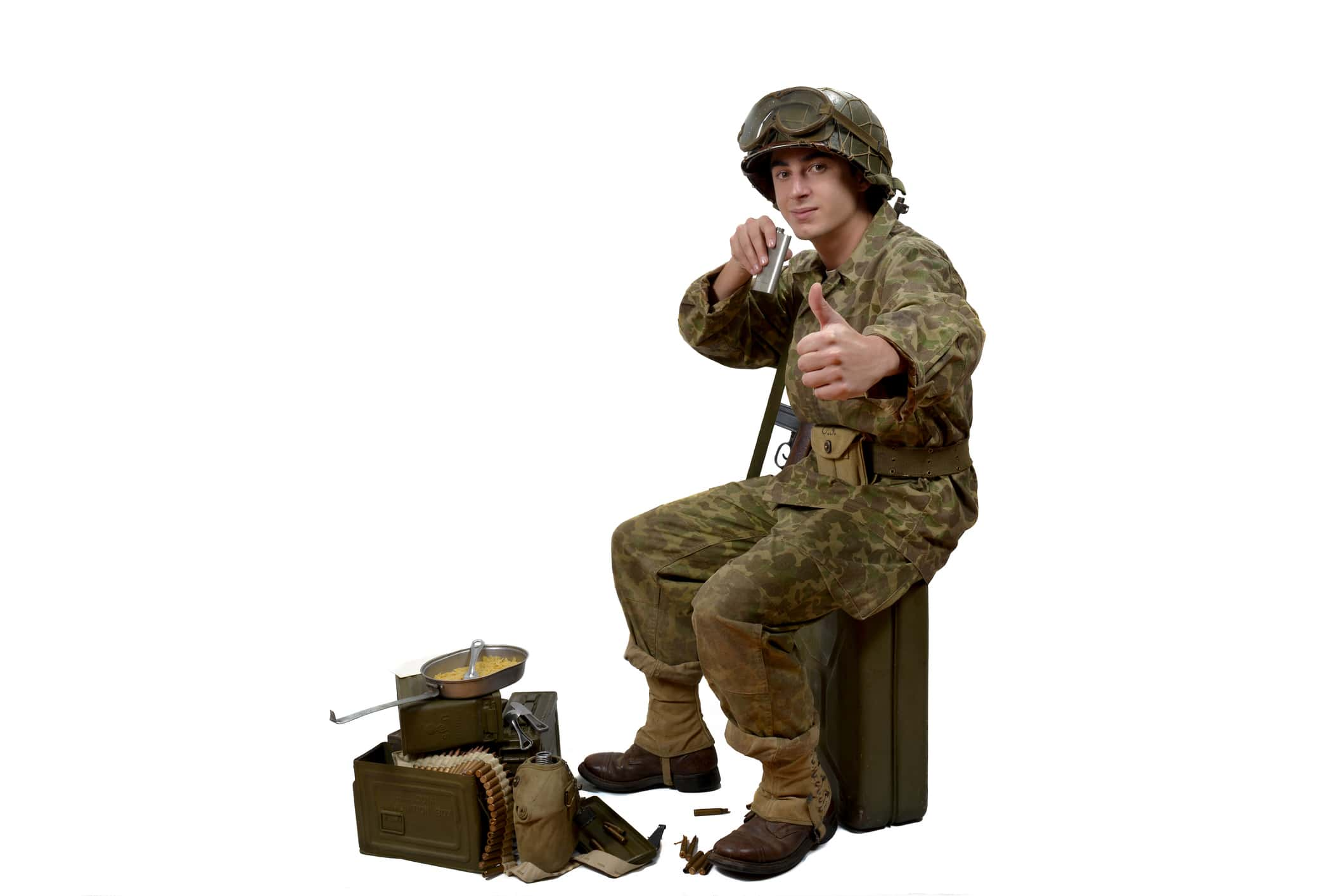 GettyImages
GettyImages
11. World of Tanks
The greatest tank battle in history occurred between the Germans and Russians in 1943. It went on for 18 days and involved 3,600 tanks.
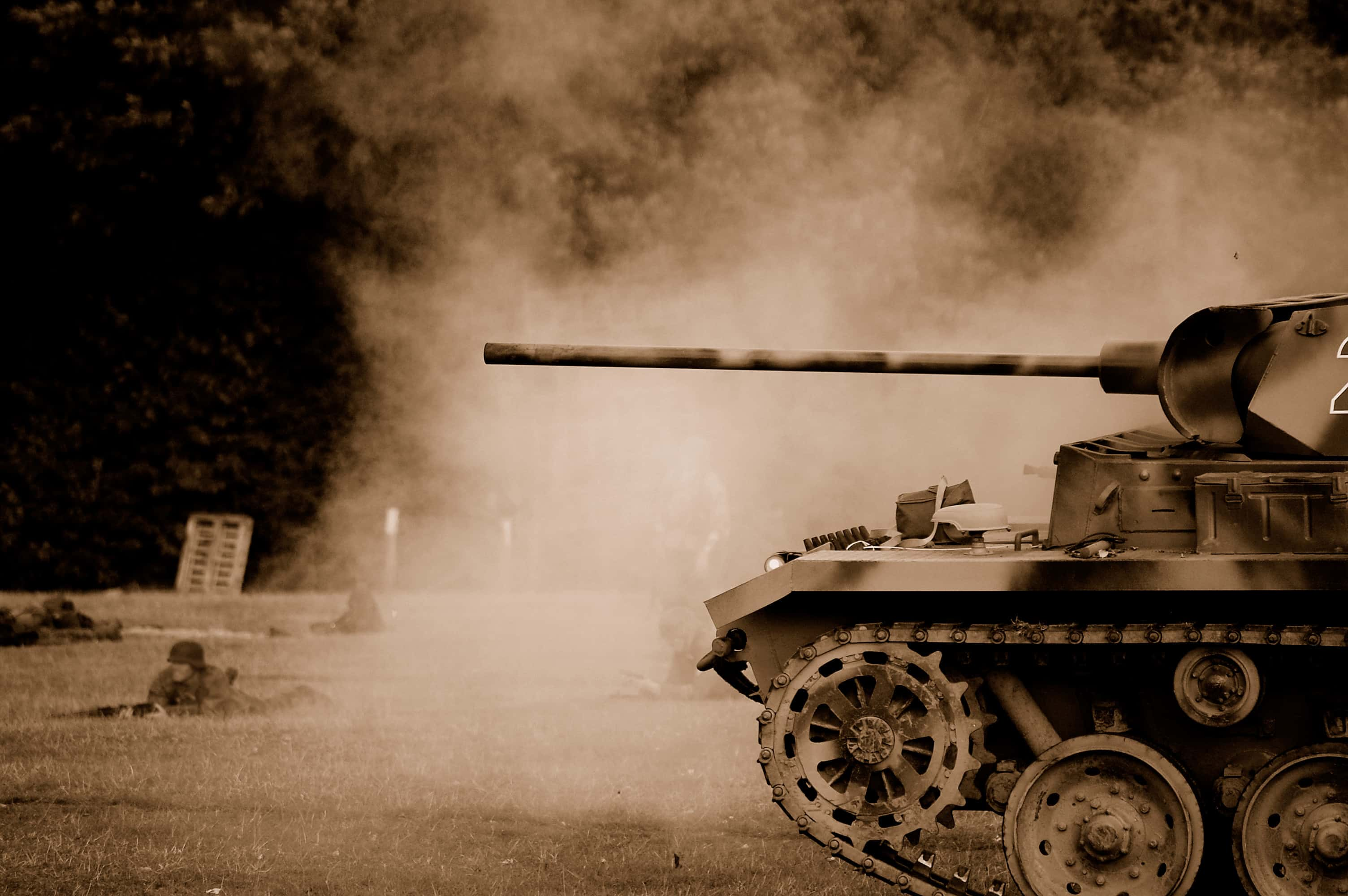 GettyImages
GettyImages
the wealthwatchman
10. A Dubious Distinction
Rudolf Hess, Adolf’s deputy in the National Socialist party, was the last person to ever have been imprisoned in the Tower of London.
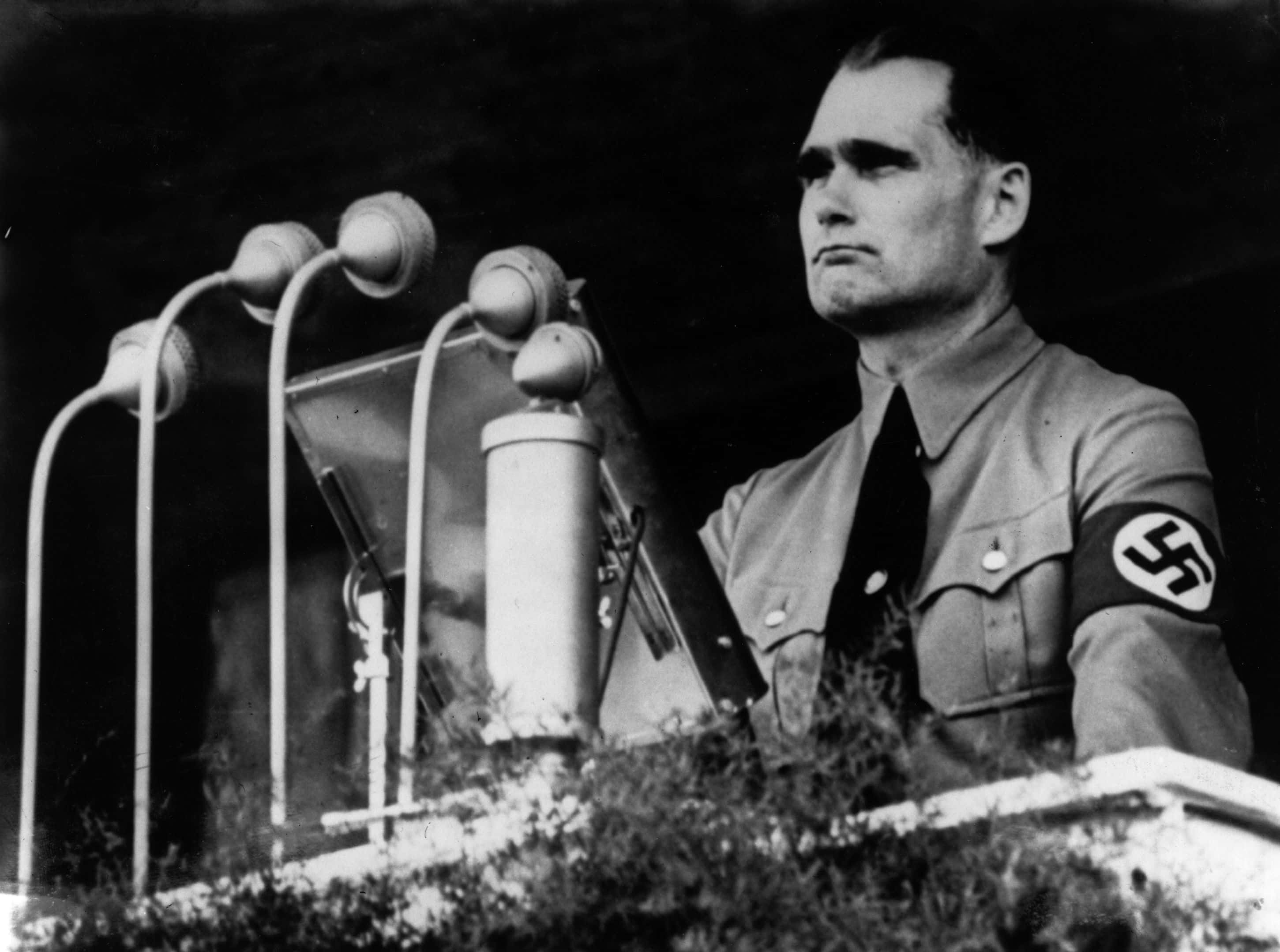 GettyImages
GettyImages
9. Mean Names and Bigotry
Hess was referred to by other members of the party as “Fraulein Anna”, as it was frequently rumored that he was a homosexual.
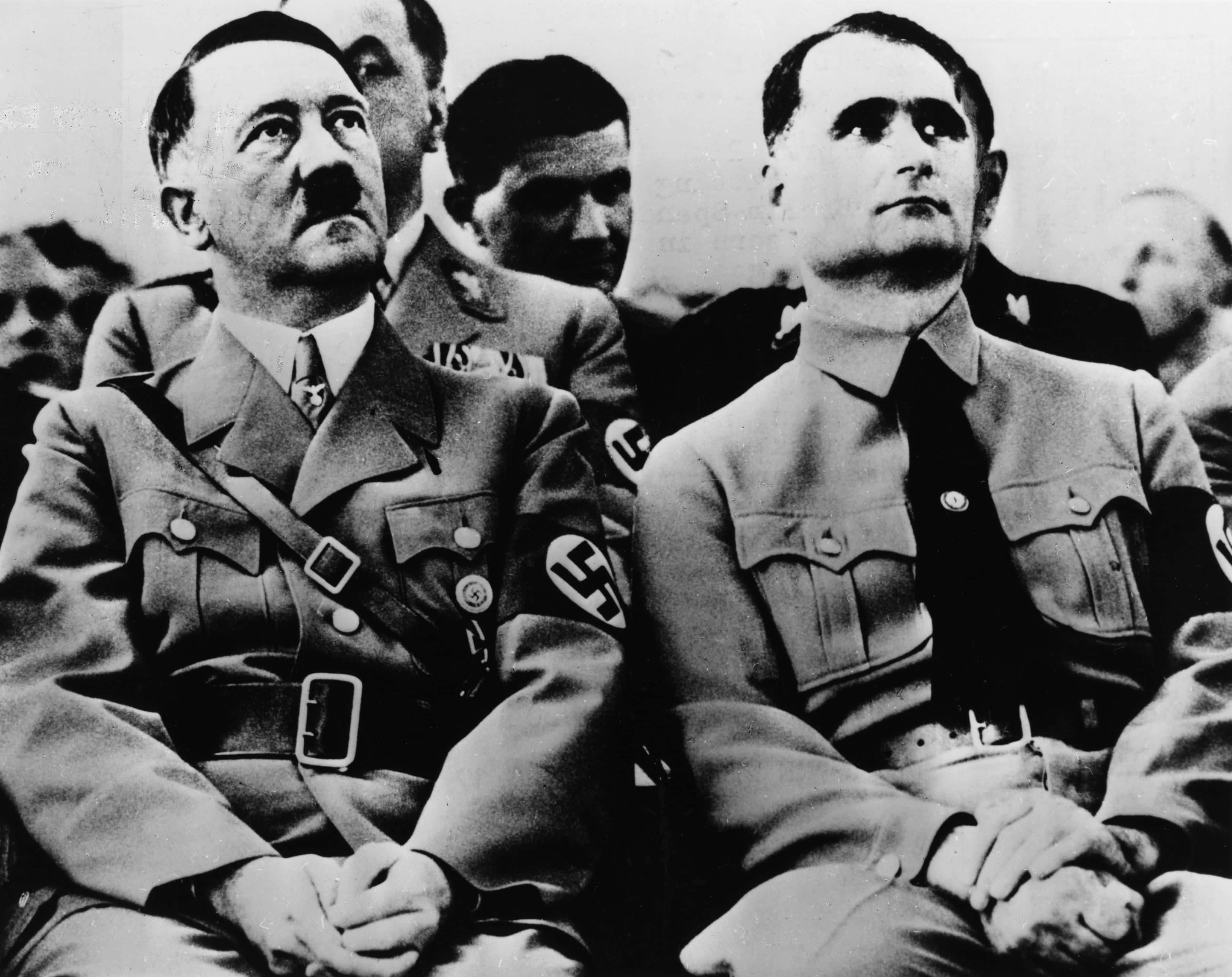 GettyImages
GettyImages
8. Crazy is as Crazy Does
In what was widely regarded as a “bizarre” move, Hess parachuted into Scotland on May 10th, 1941 to negotiate a peace treaty. The British concluded that he was mentally unstable and locked him away for life, until his death via suicide.
Strange: it seems like most high-ranking members of the murderous, undemocratic, and genocidal party turned out to be a little insane. What a surprise.
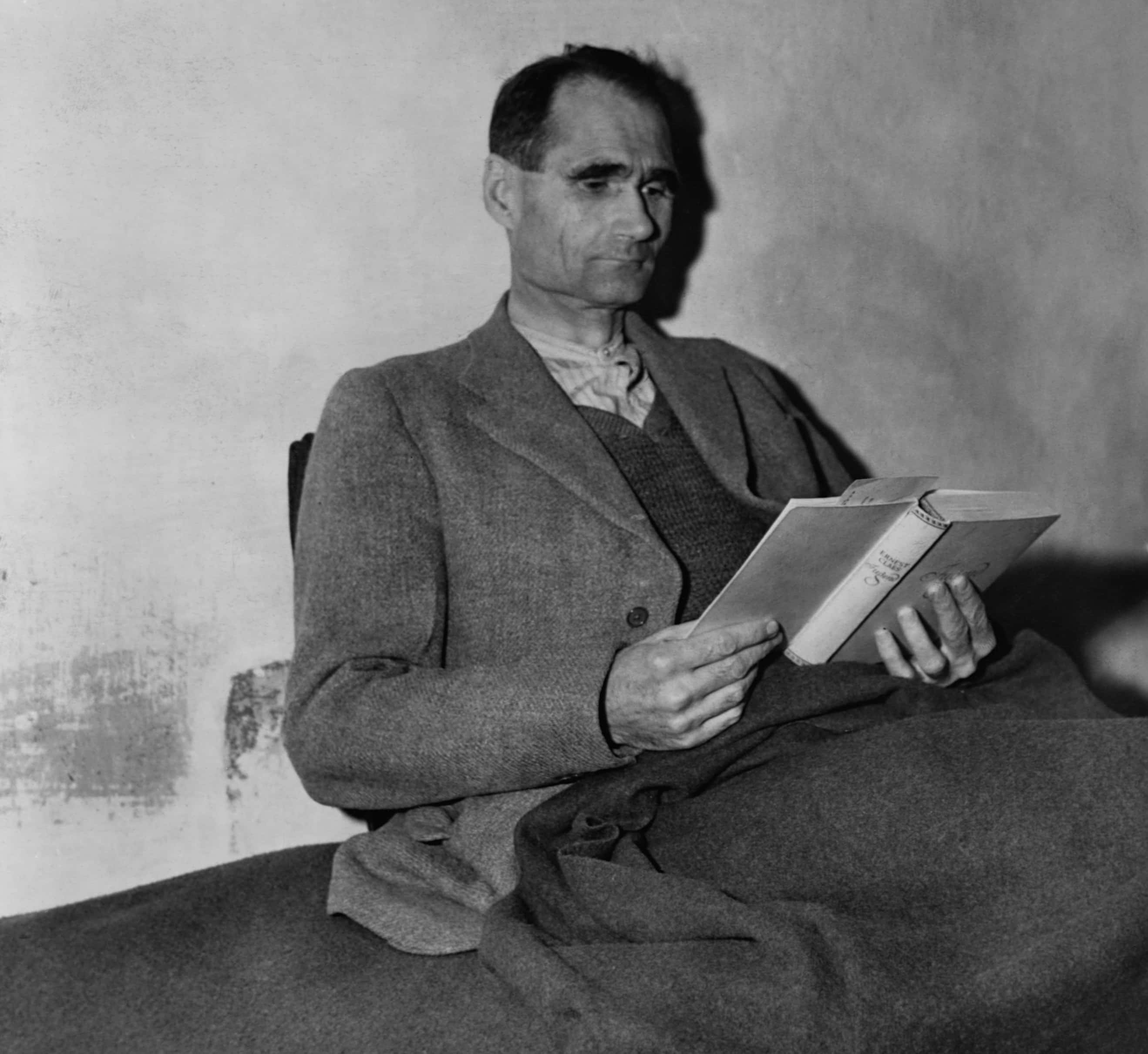 GettyImages
GettyImages
7. The Reich
The Nazis referred to their rule as the Third Reich. The First Reich was the Holy Roman Empire, which lasted 844 years. The Second Reich was the German Empire, which lasted 47 years. The Third Reich only lasted 12 years. Based on that trend, the Fourth Reich should last a few months at most.
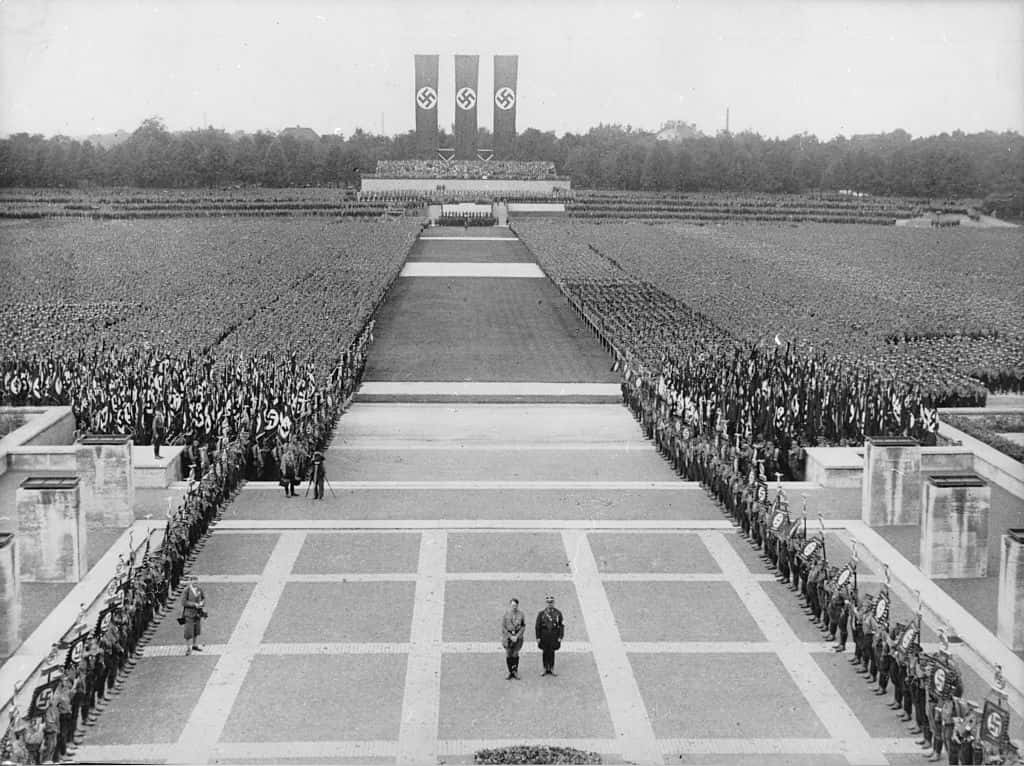 GettyImages
GettyImages
6. In The End
In one of the last battles of WW2, American and German soldiers fought together as allies against an SS division to defend an Austrian castle.
 Steve J. Morgan/Wikimedia Commons
Steve J. Morgan/Wikimedia Commons
5. Paperclips Got Us To The Moon
One of the leading figures of America's quest to land men on the moon actually started his career as a rocket scientist working for the Germans.
Wernher von Braun is considered the father of rocket technology. During the war, he helped to design the V-2 rocket— a weapon the Germans hoped would be their saving grace in a war that, by the mid-40's, was beginning to look unwinnable.
After the war was won, Von Braun was secretly repatriated to the United States (along with thousands of other leading German scientists) as part of a government program called Operation Paperclip. He was soon assigned to the rocket task-force at NASA, and served as the chief engineer for the Saturn V rocket. No big deal, though— the Saturn Five was only the engine that propelled Apollo 11 to the moon.
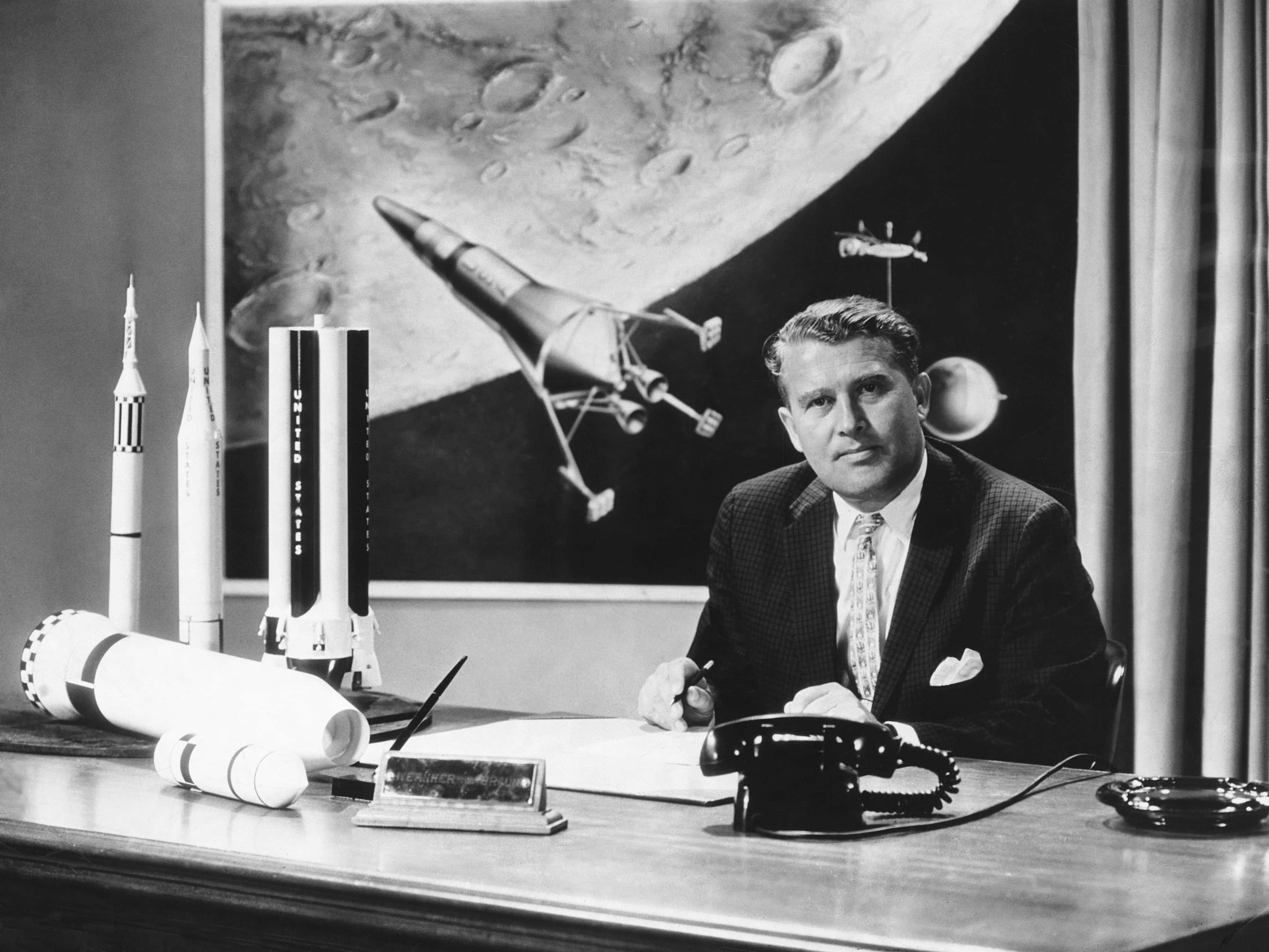 GettyImages
GettyImages
4. Radioactive Land?
Hiroshima and Nagasaki are not radioactive anymore... mostly because the bombs didn't touch the ground but were detonated in the air.
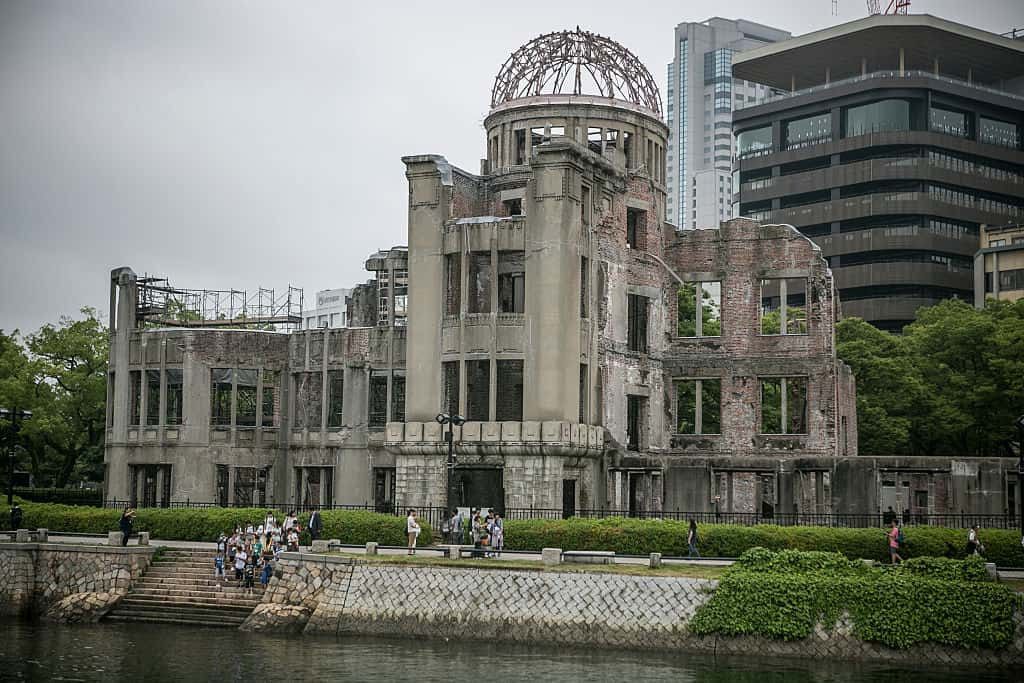 GettyImages
GettyImages
Modern Hiroshima
3. Giving Himself a Bad Name
Norwegian leader Vidkun Quisling actively collaborated with the Germans during their occupation of his country. As a result, his name is now a widely-used Norwegian term for “traitor.”
Just imagine what a scoundrel you have to be for your name to become an insult, decades after you're dead. Vidkun Quisling was just that sort of man.
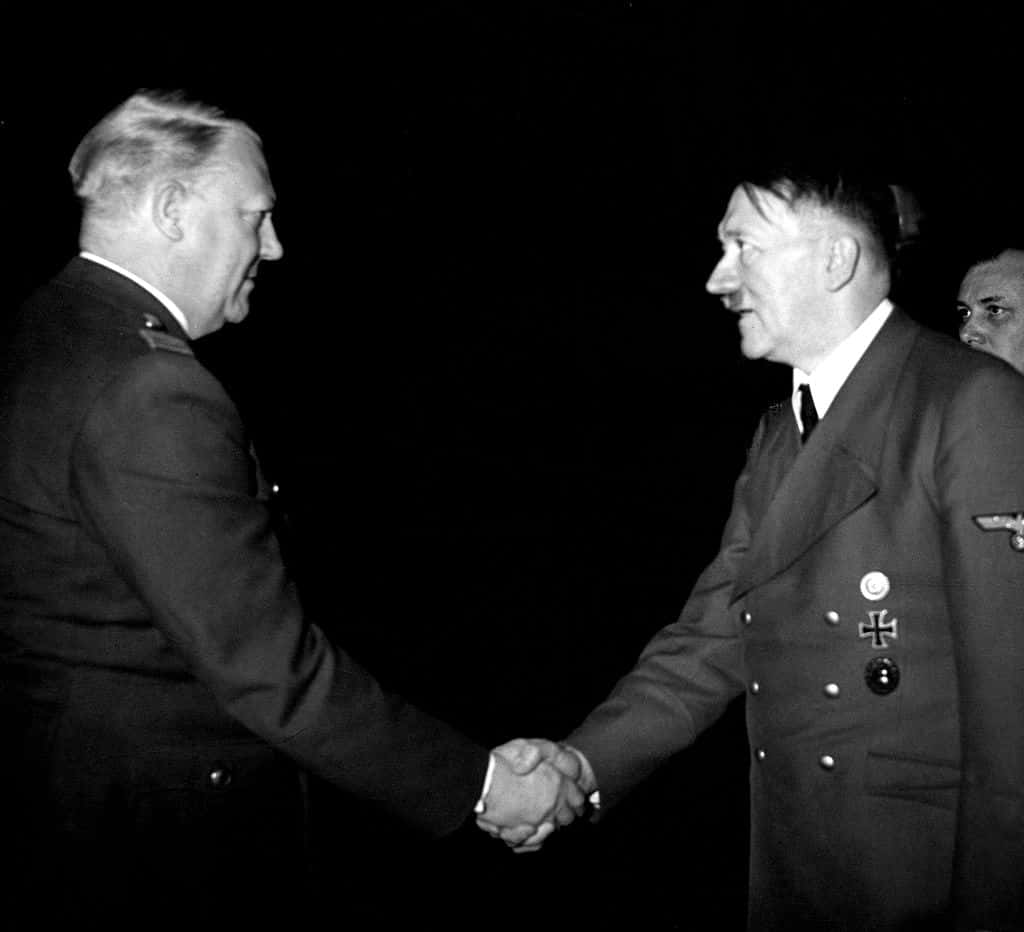 GettyImages
GettyImages
2. Close to Salvation
Anne Frank's death is tragic any way you look at it, but there's one detail that makes it even more upsetting: she died just one month before the liberation of her concentration camp, Bergen-Belsen.
1. Never Give Up! Never Surrender!
A Japanese soldier named Hiroo Onoda hid in the jungle on the Pacific island of Lubang where he held out for 29 years, refusing to believe that the war was over. The man who found him, Norio Suzuki, was traveling around the world to look for, “Lieutenant Onoda, a panda, and the Abominable Snowman, in that order.” Suzuki returned to Japan with Onoda’s story and the Japanese government located Onoda’s commanding officer, Major Yoshimi Taniguchi, who had since become a bookseller. Taniguchi flew to Lubang and relieved Onoda of his duties, much to the relief of the locals who Onoda had been harassing for the last thirty years as part of his misguided effort to help Japan win the war.
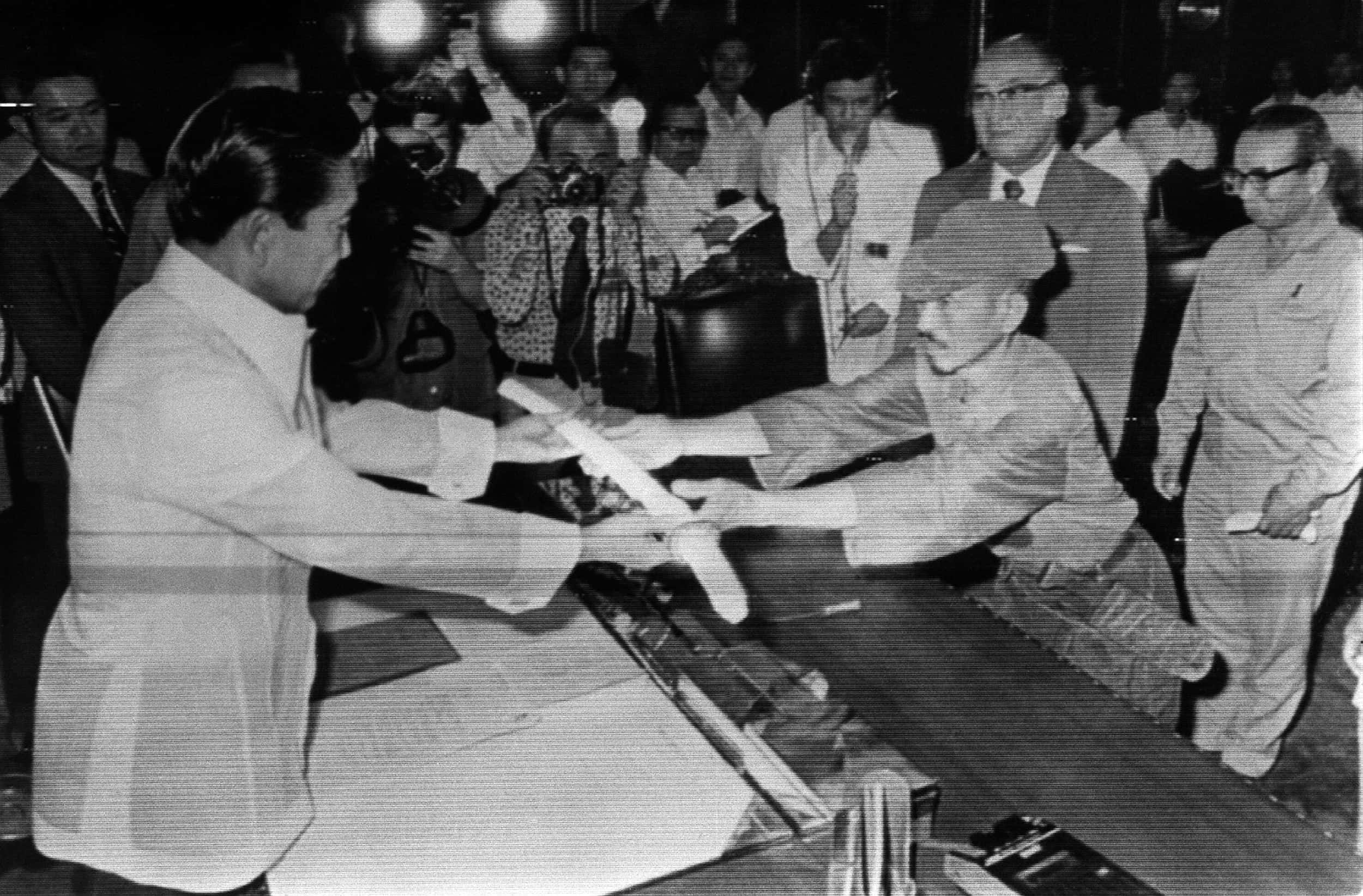 GettyImages
GettyImages

